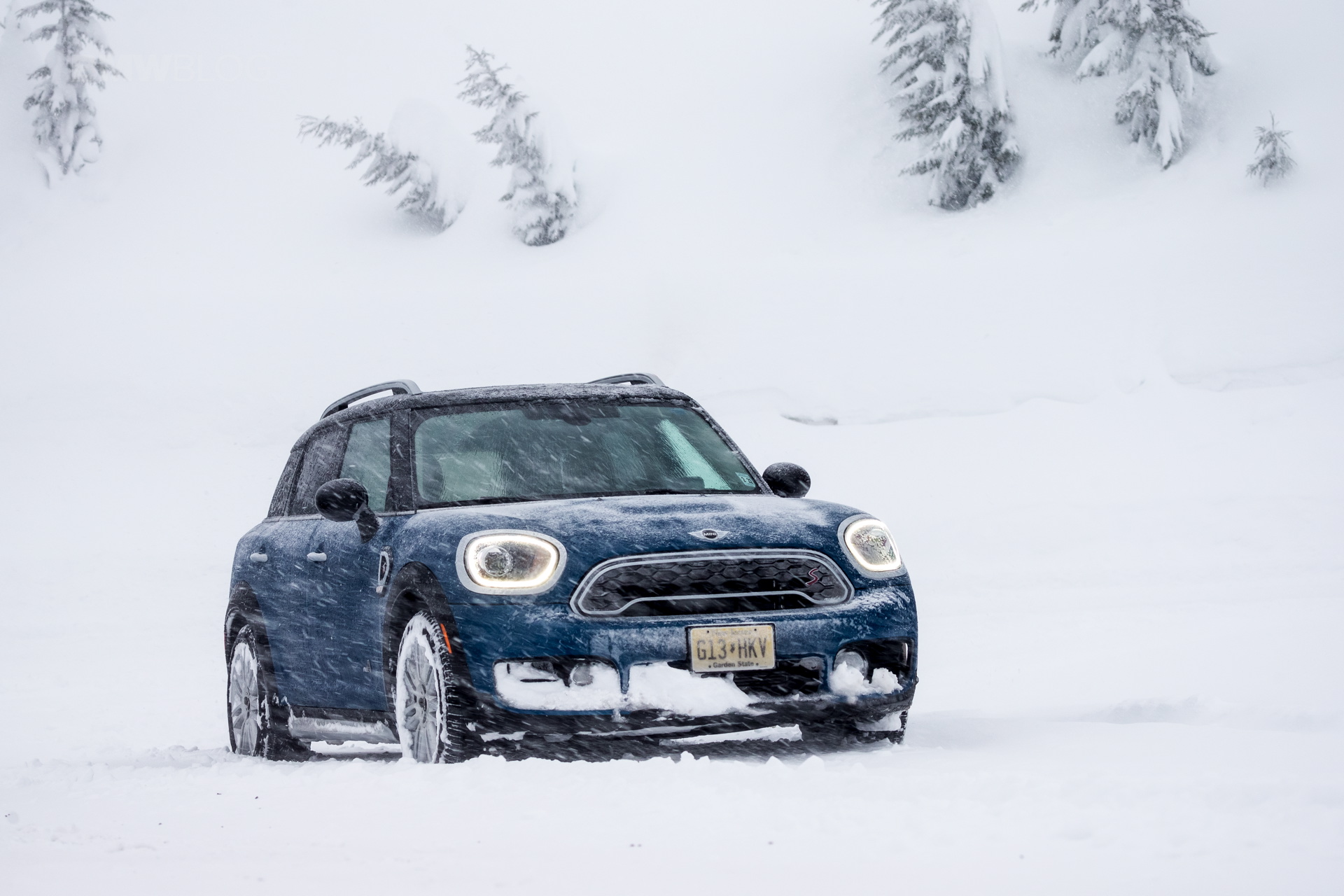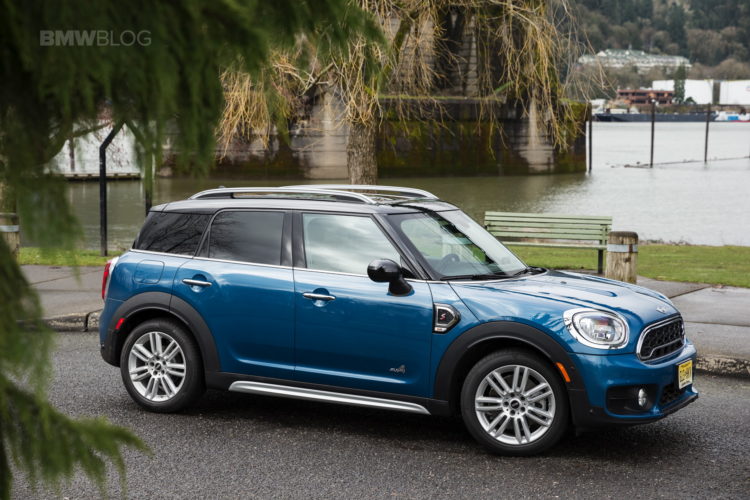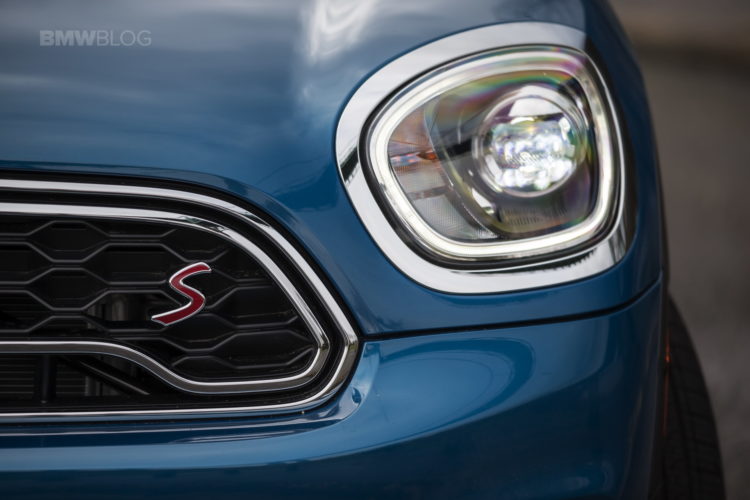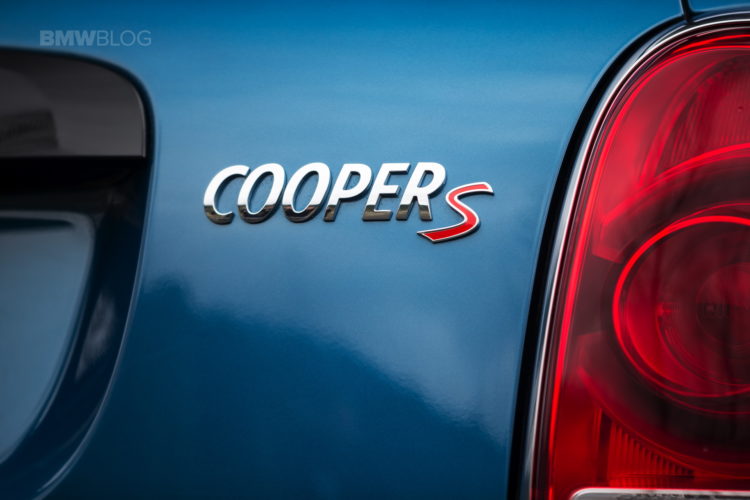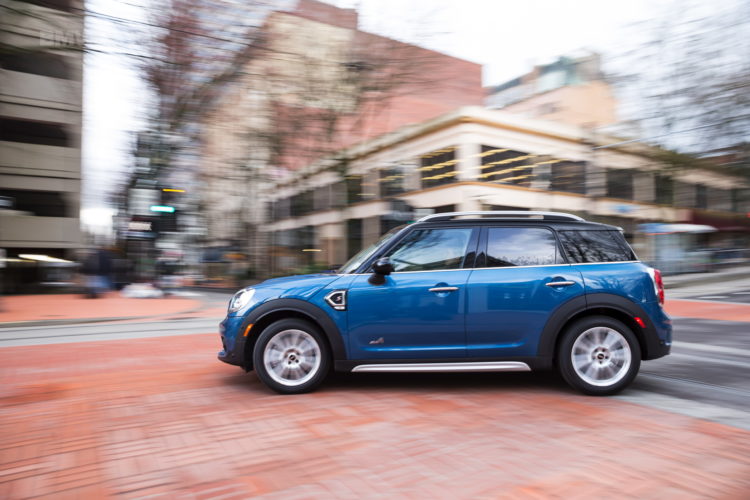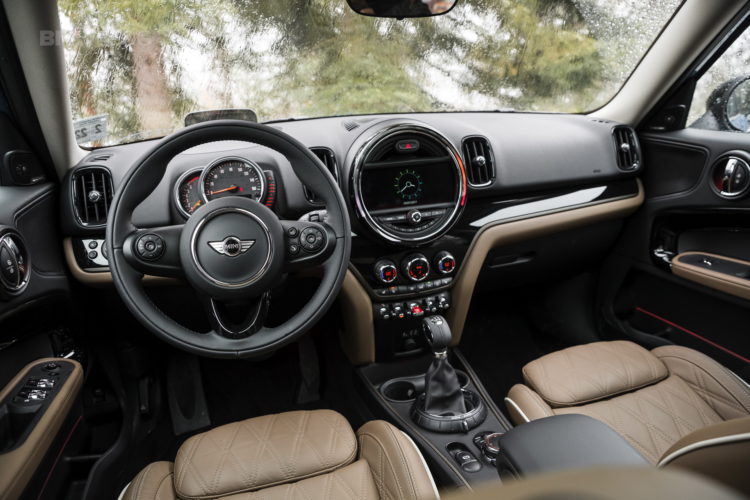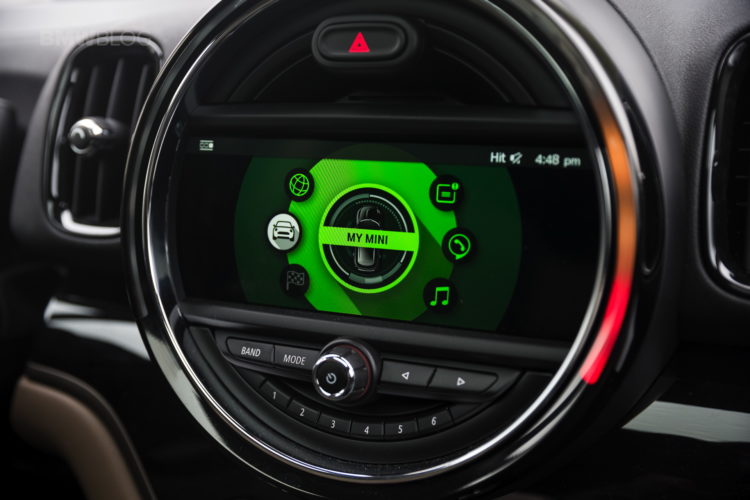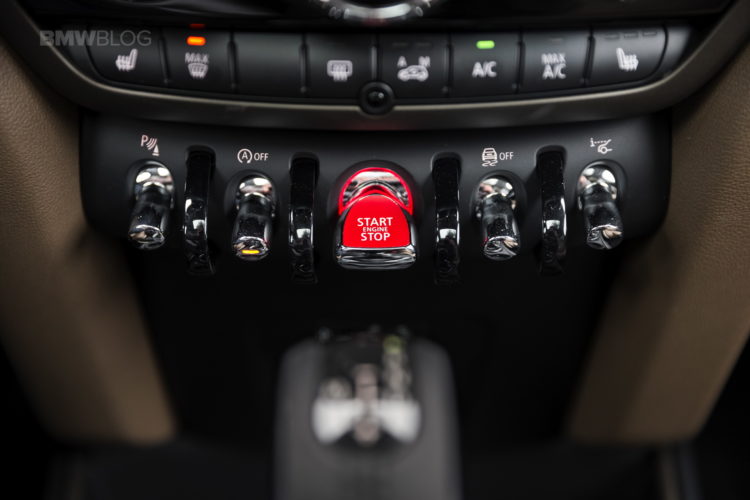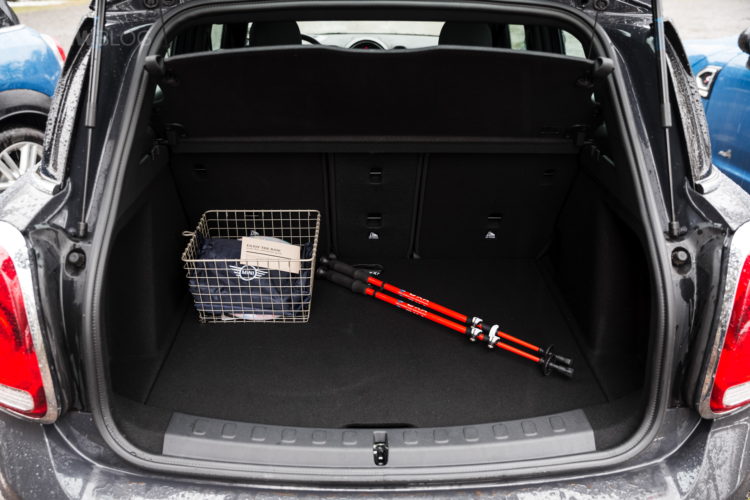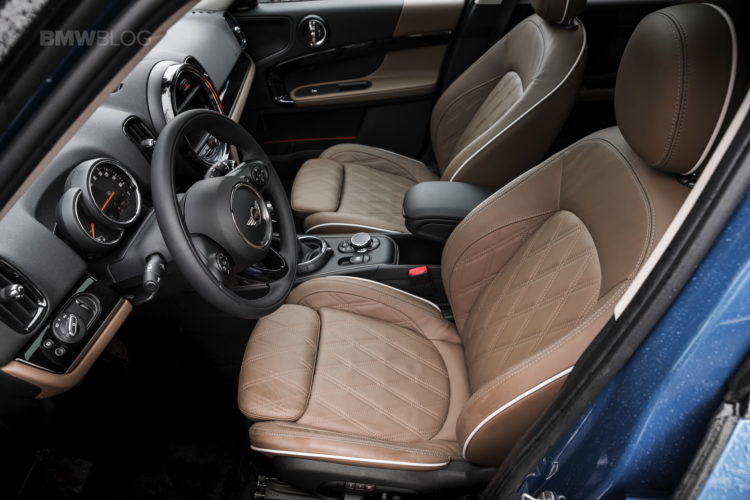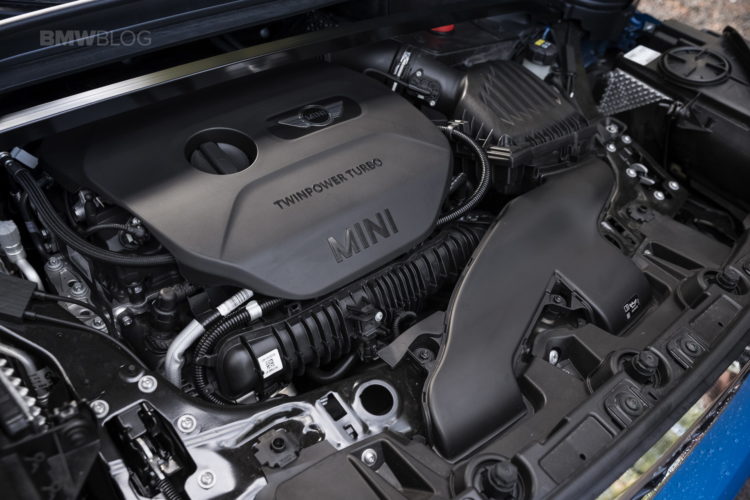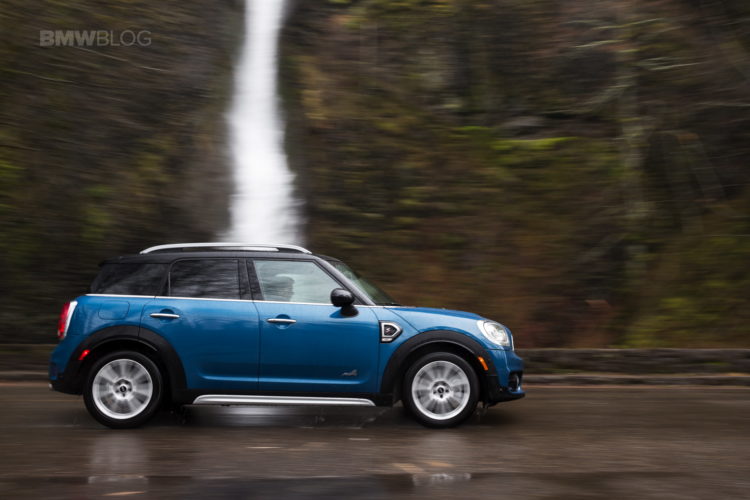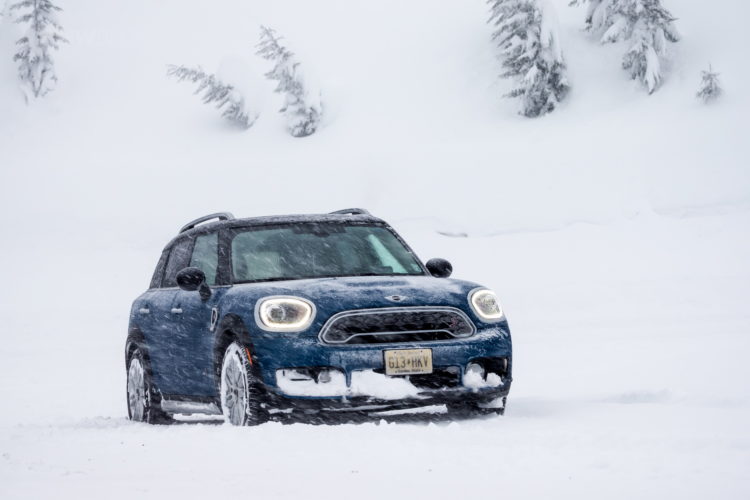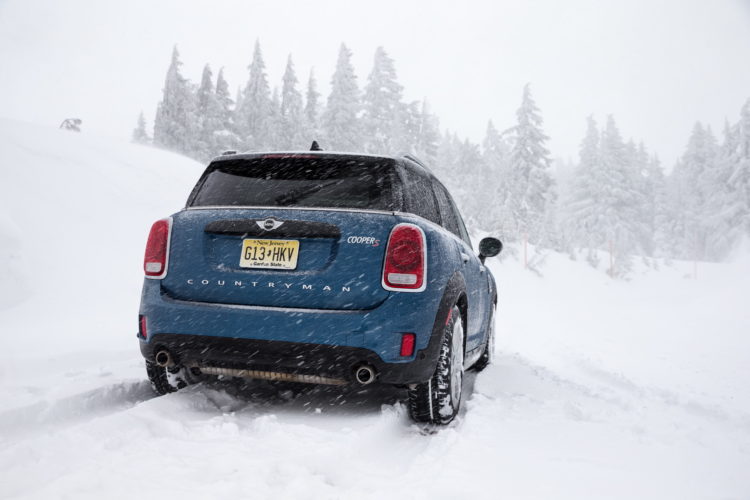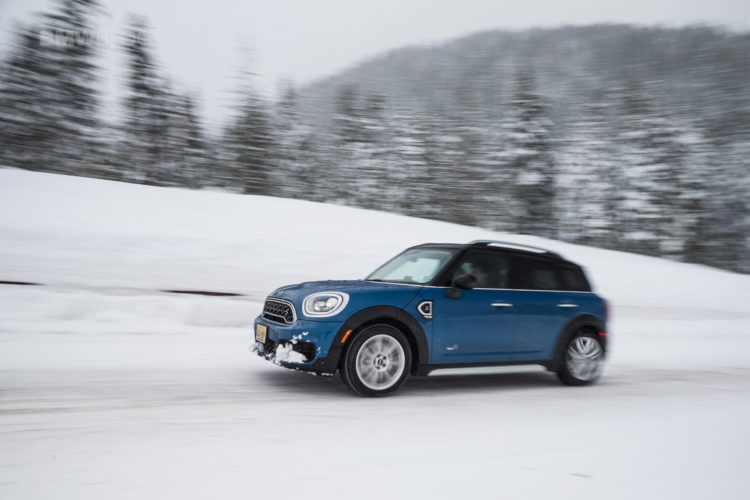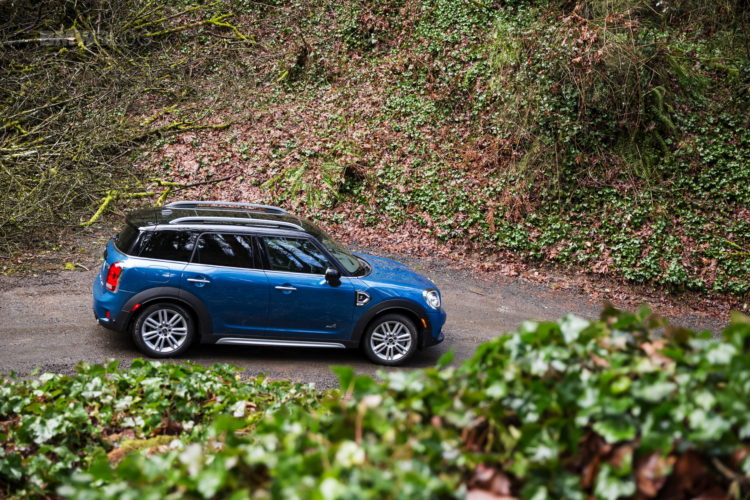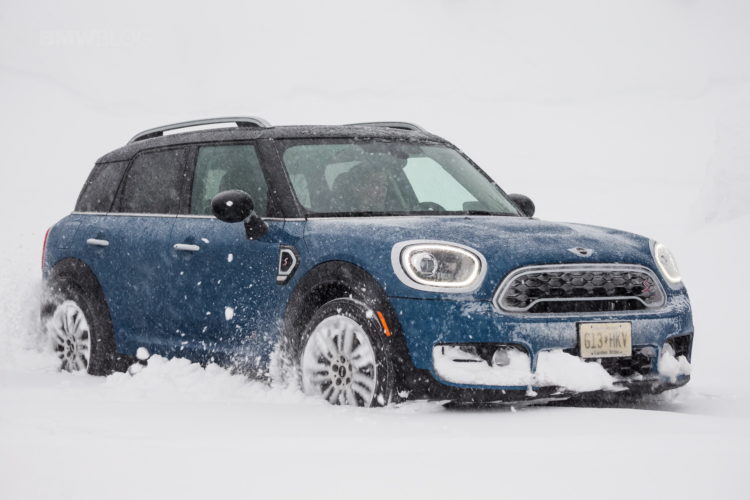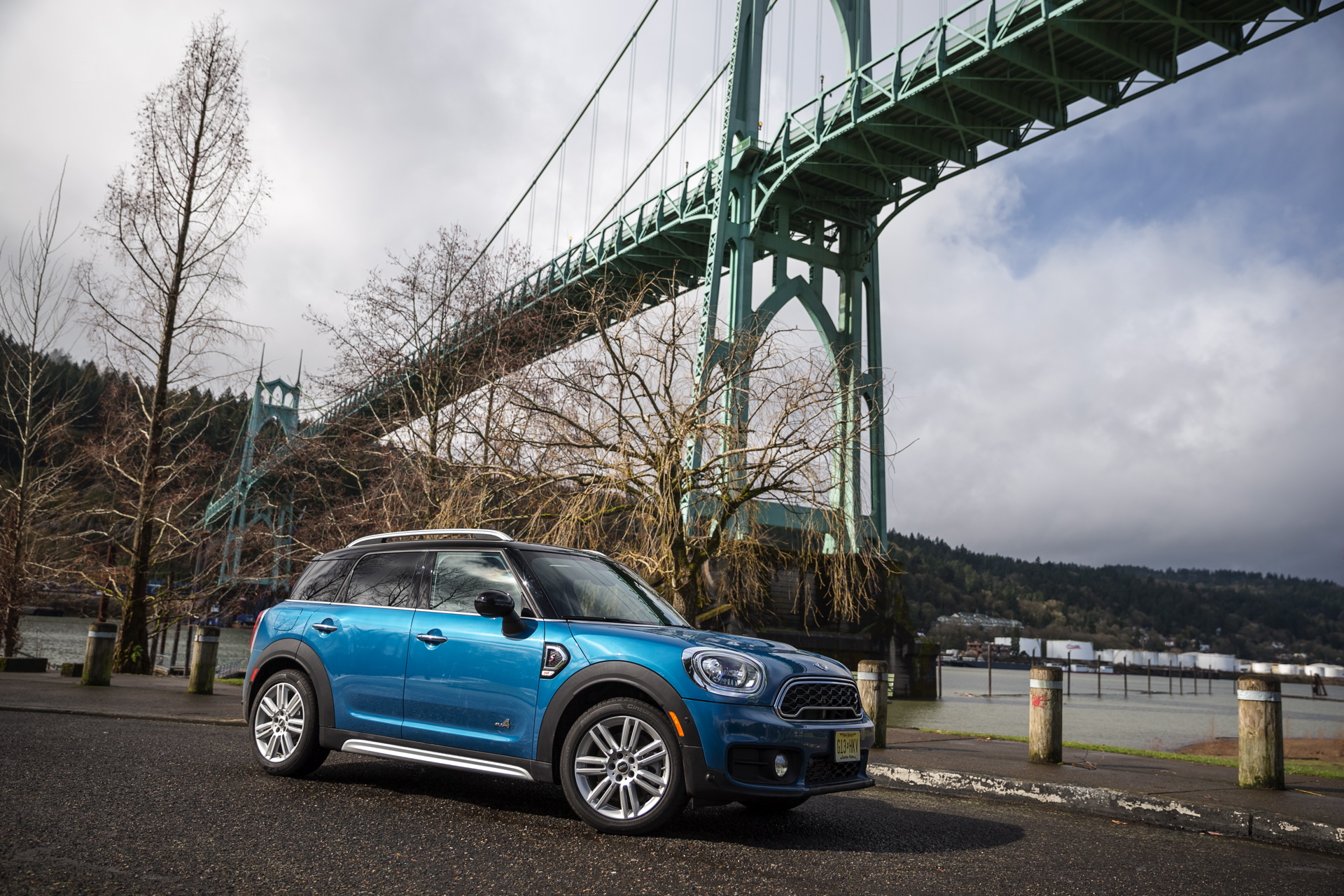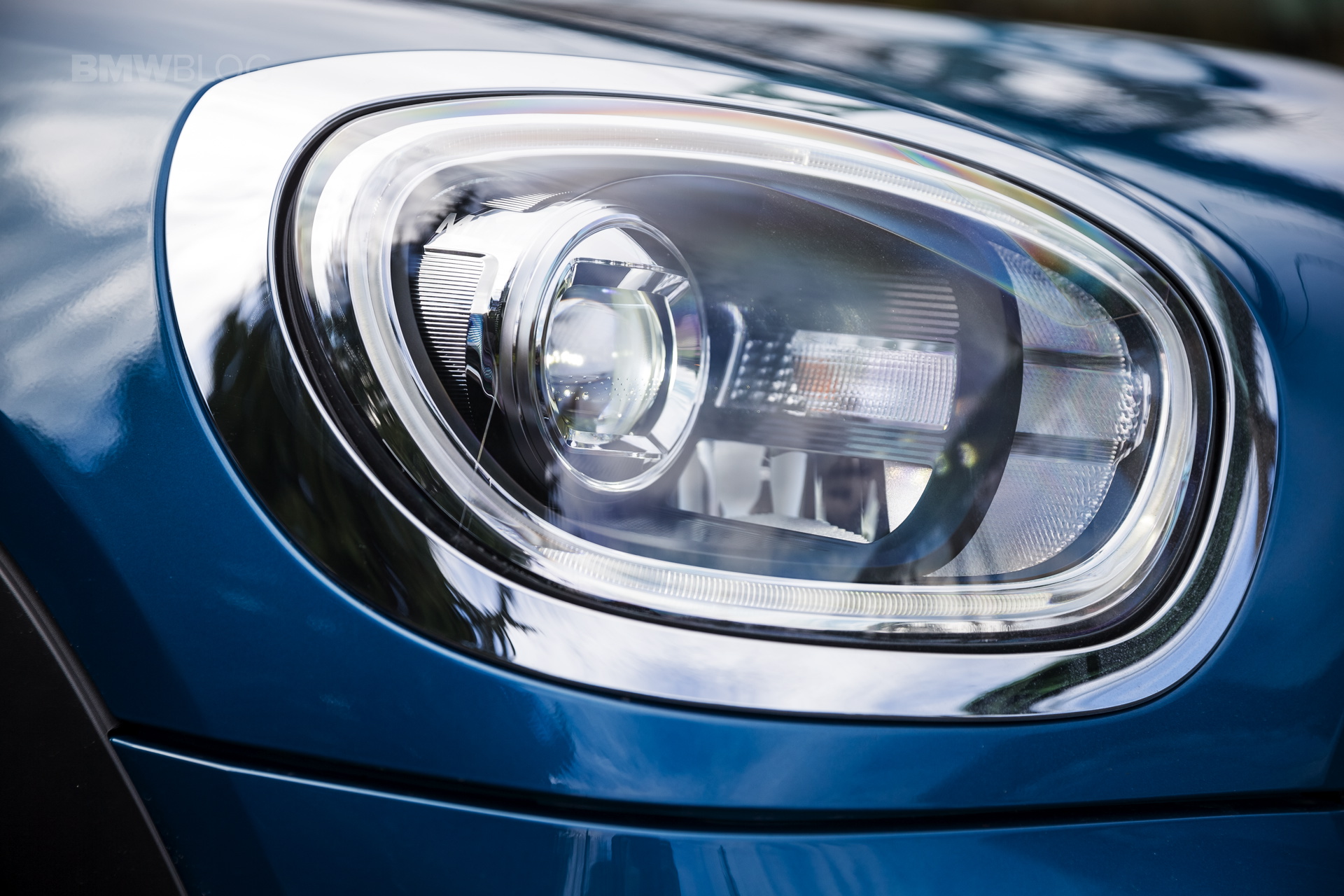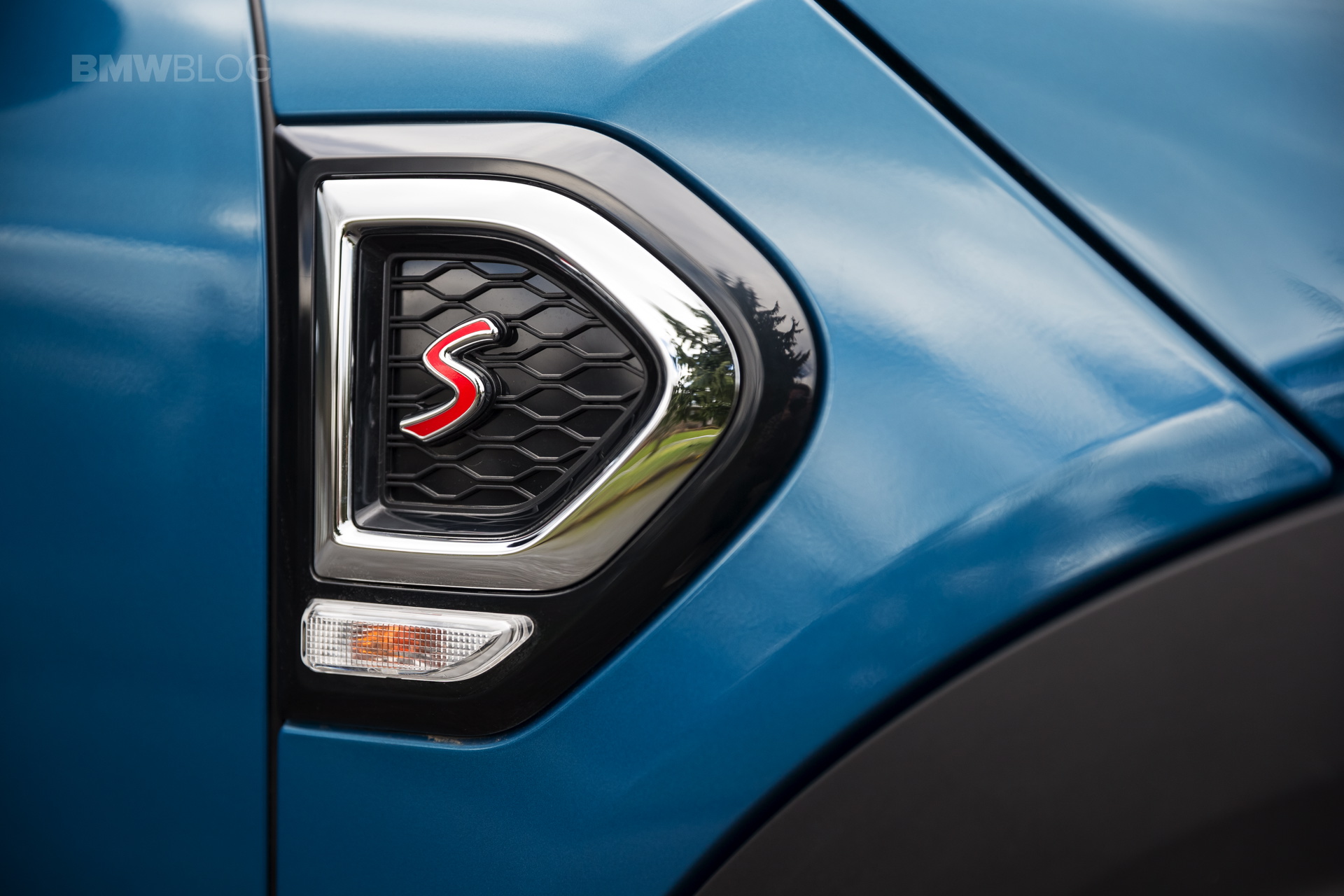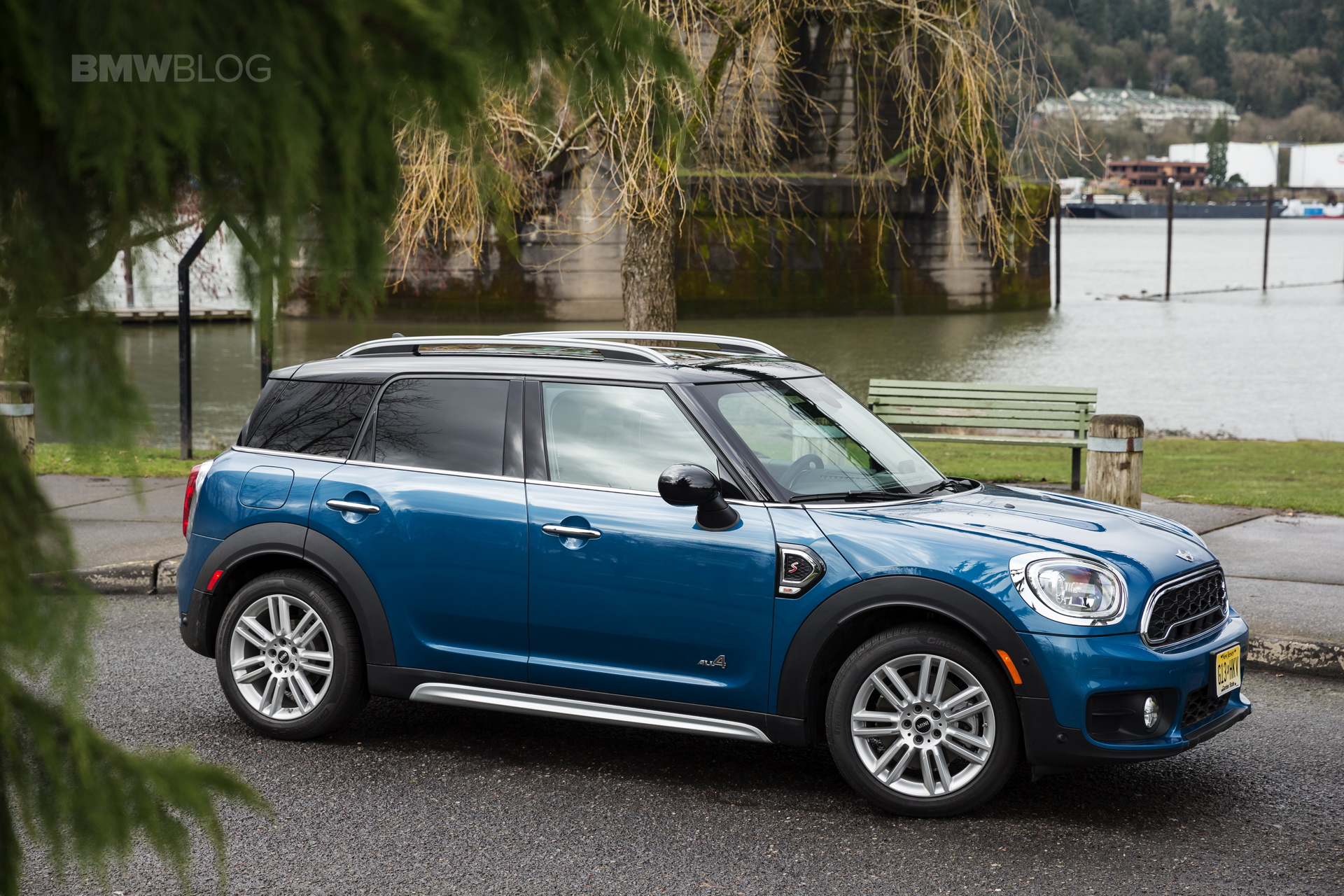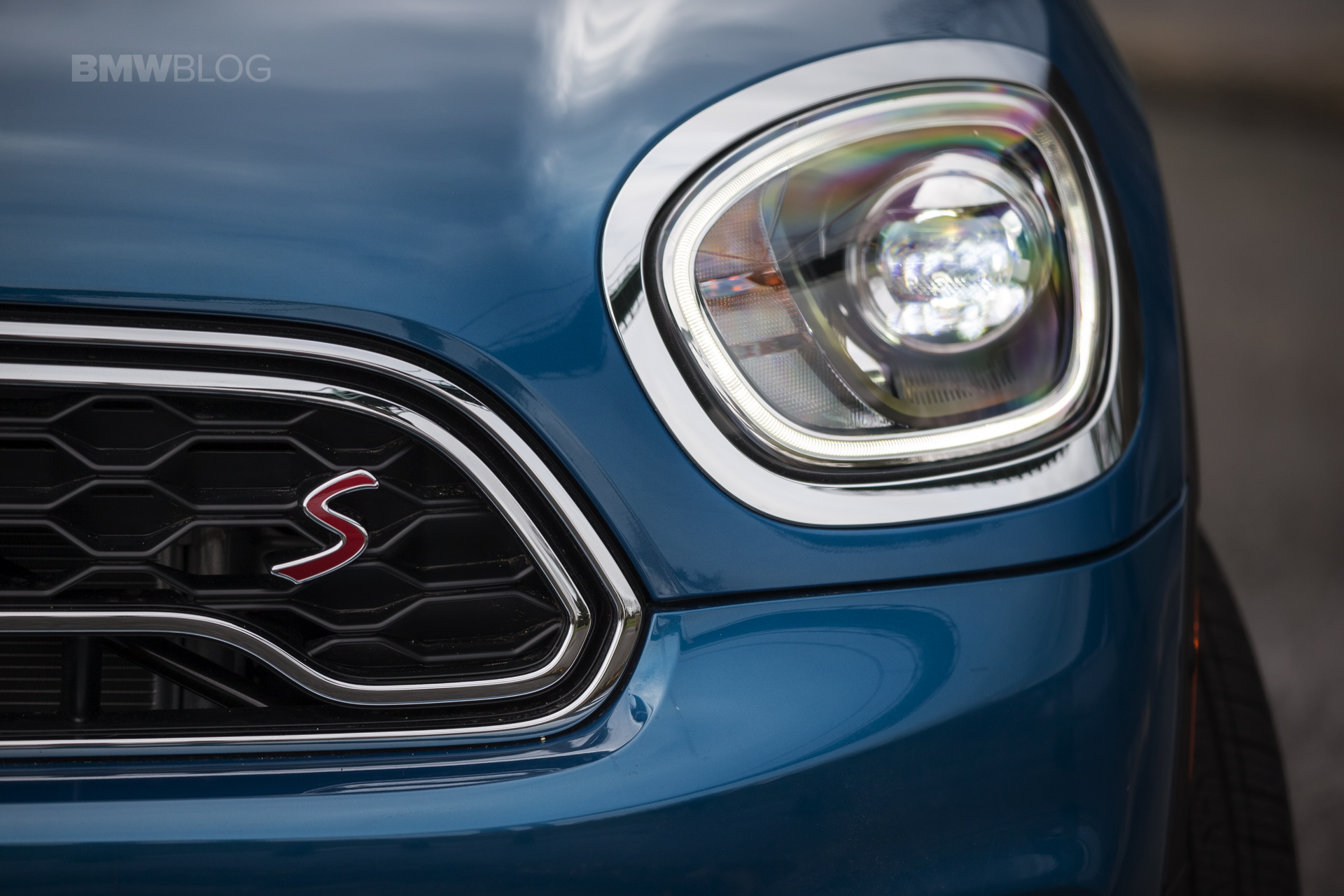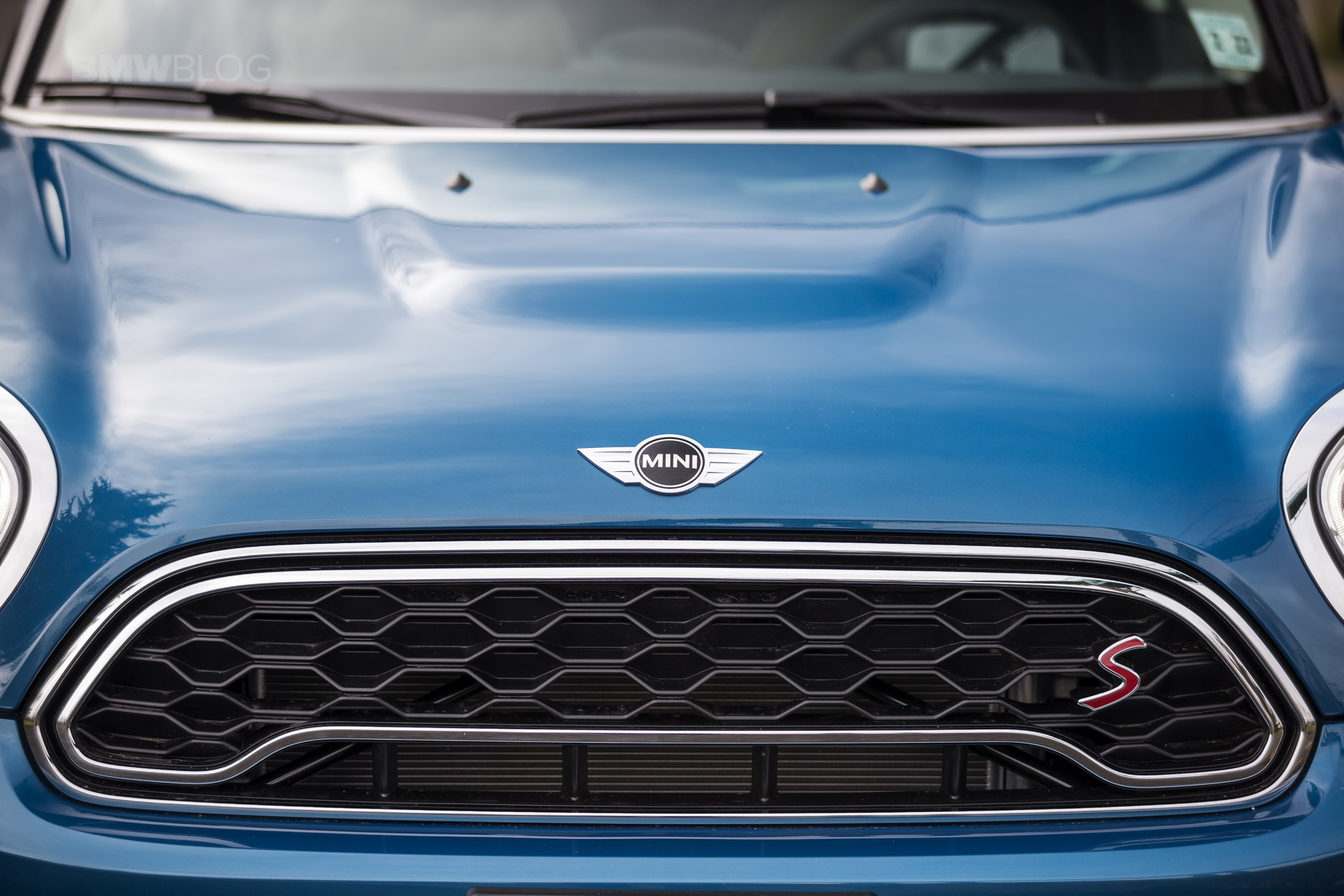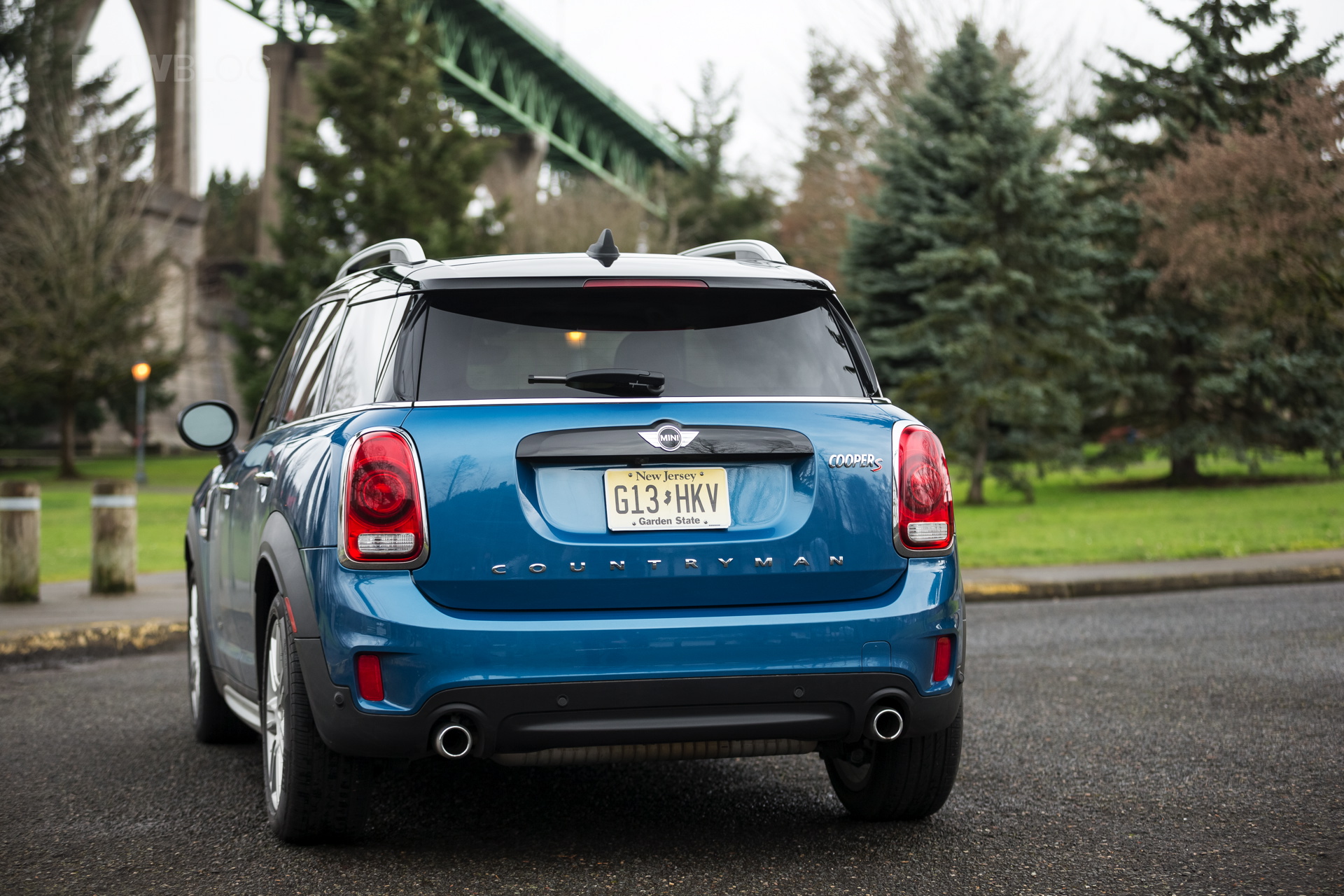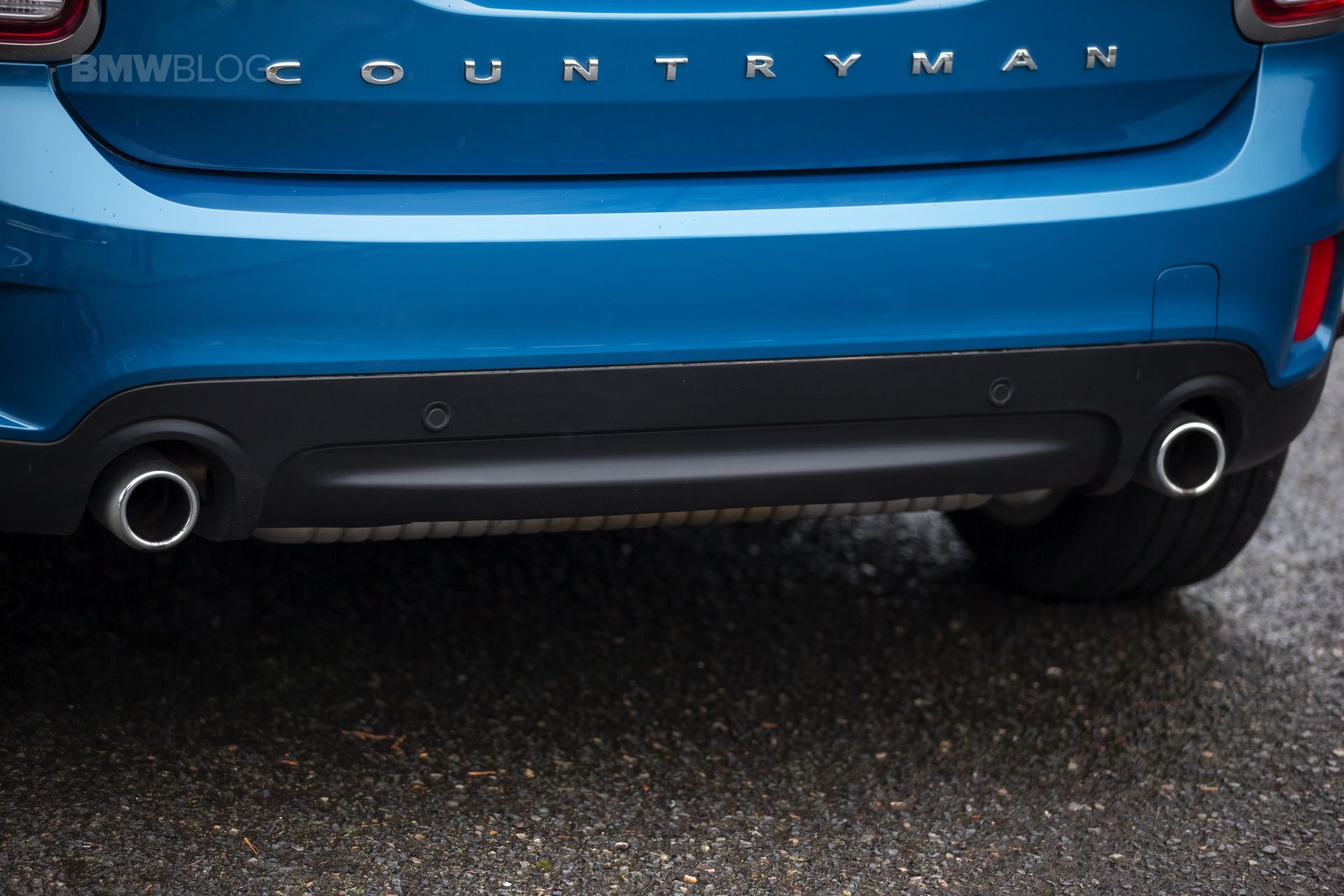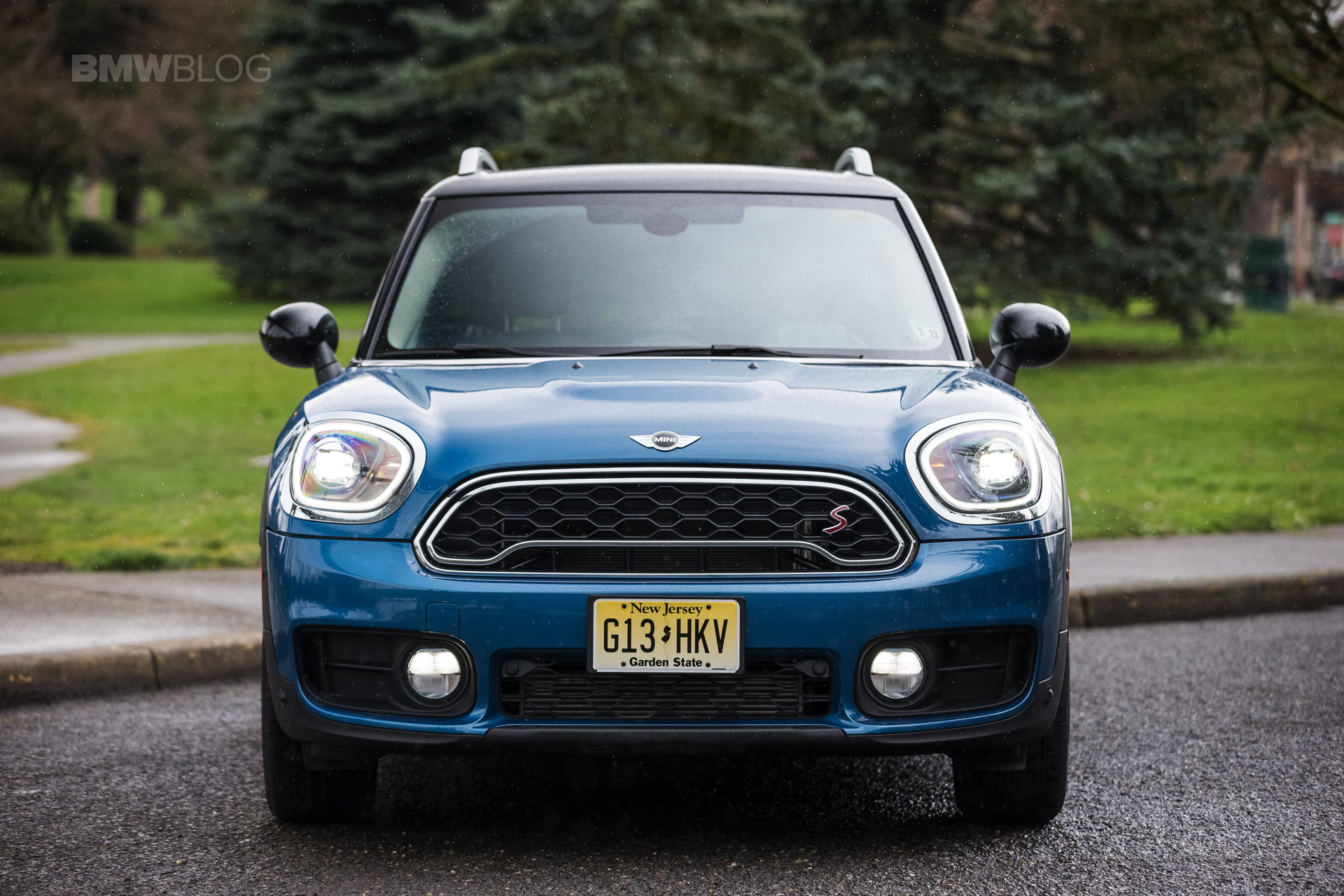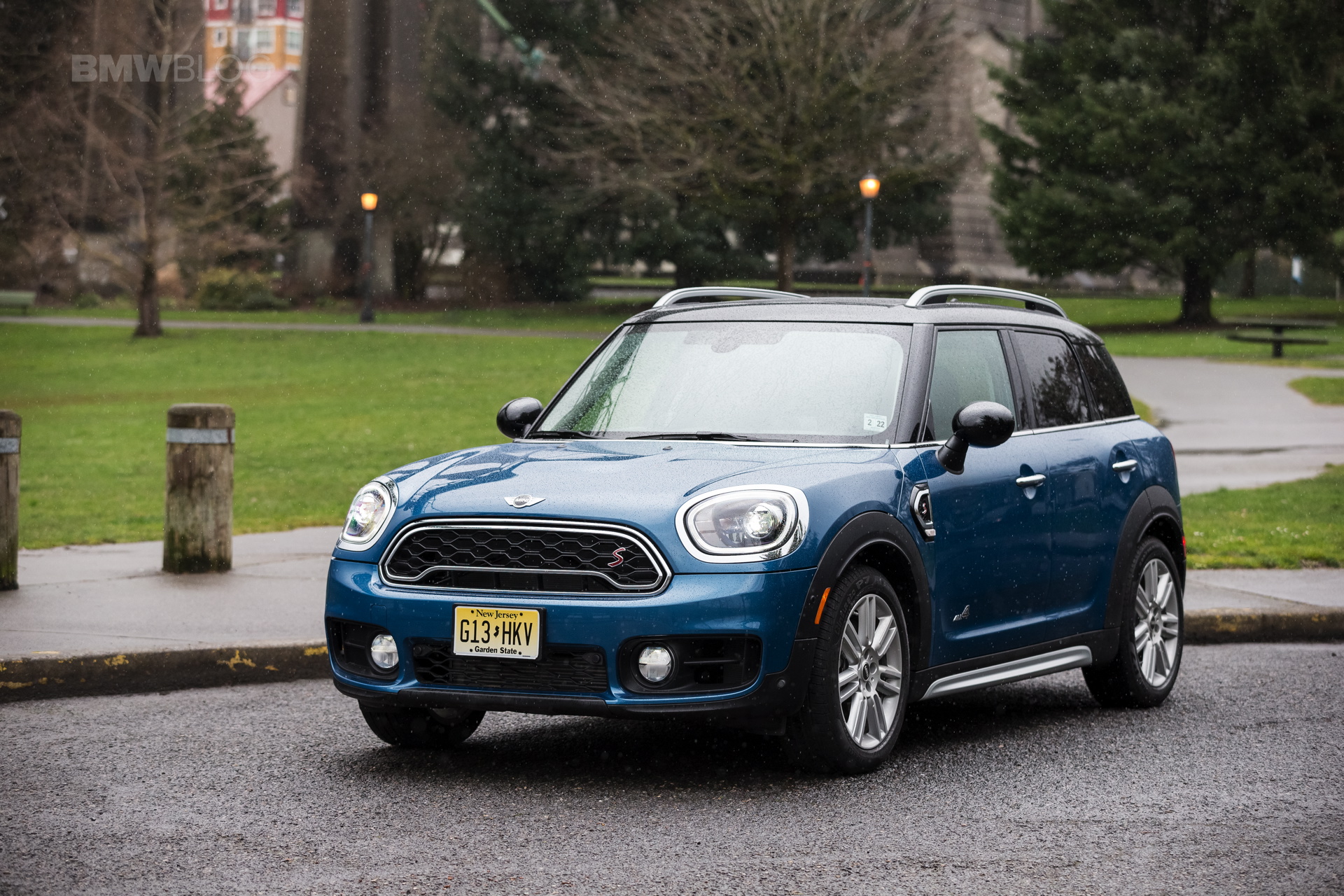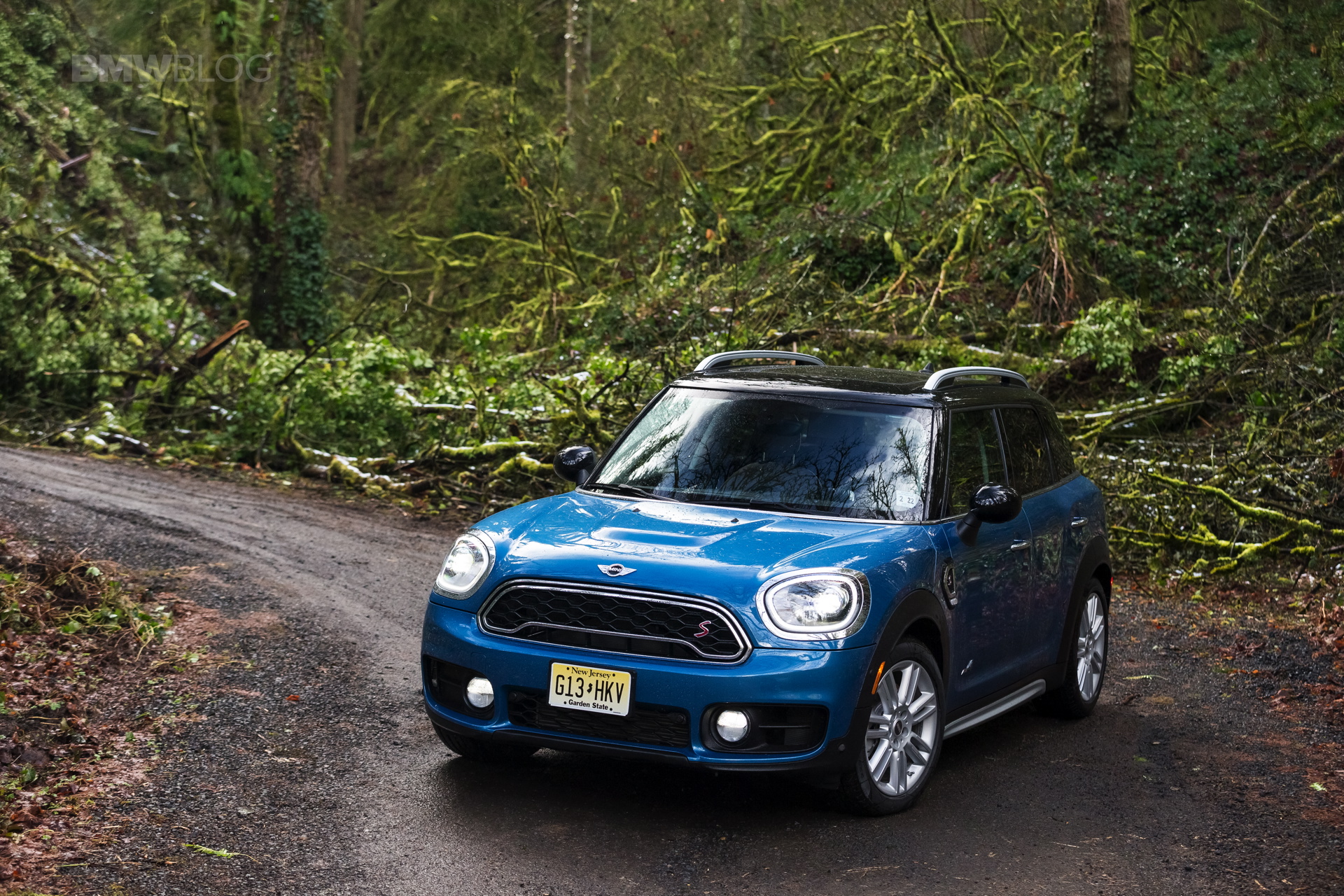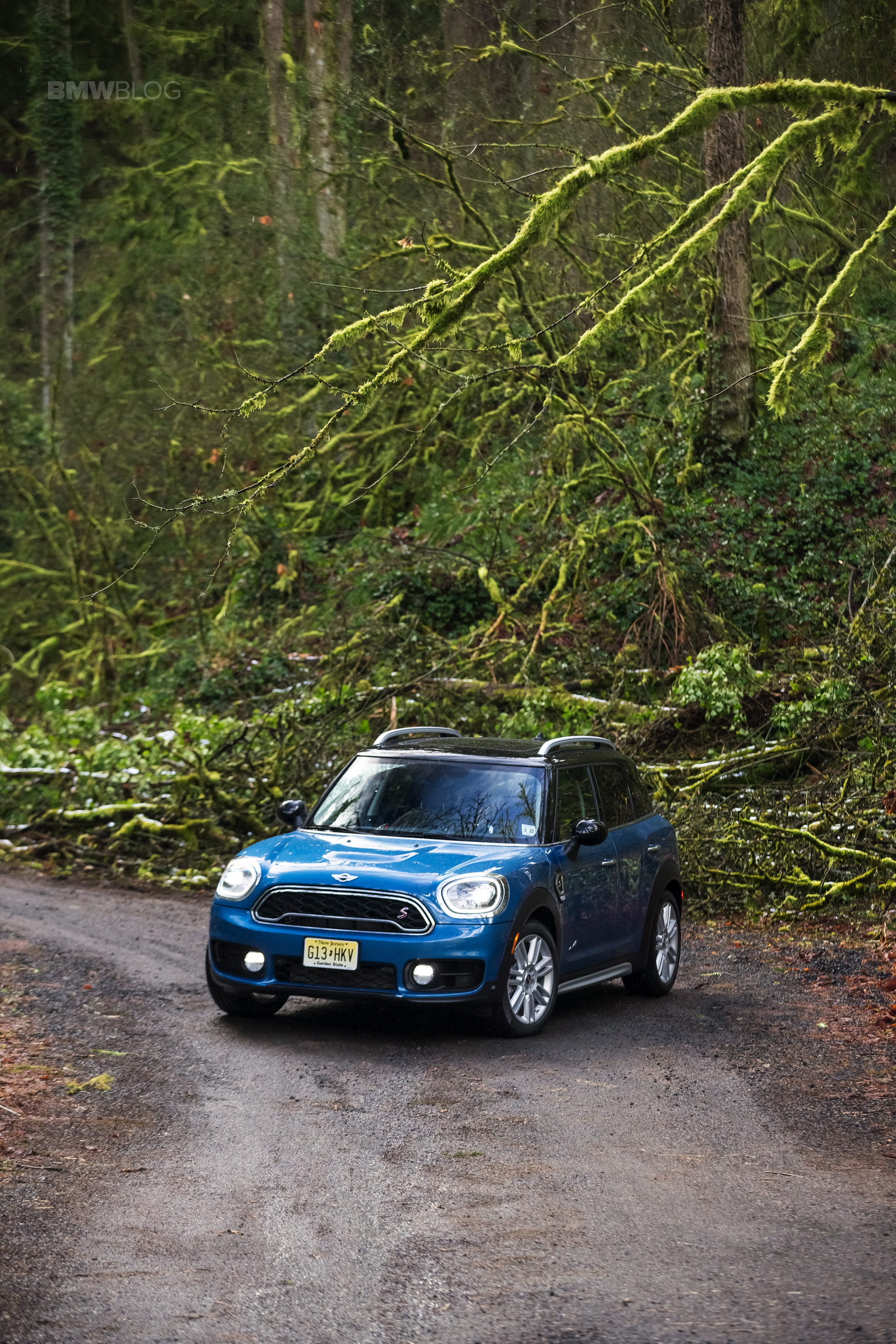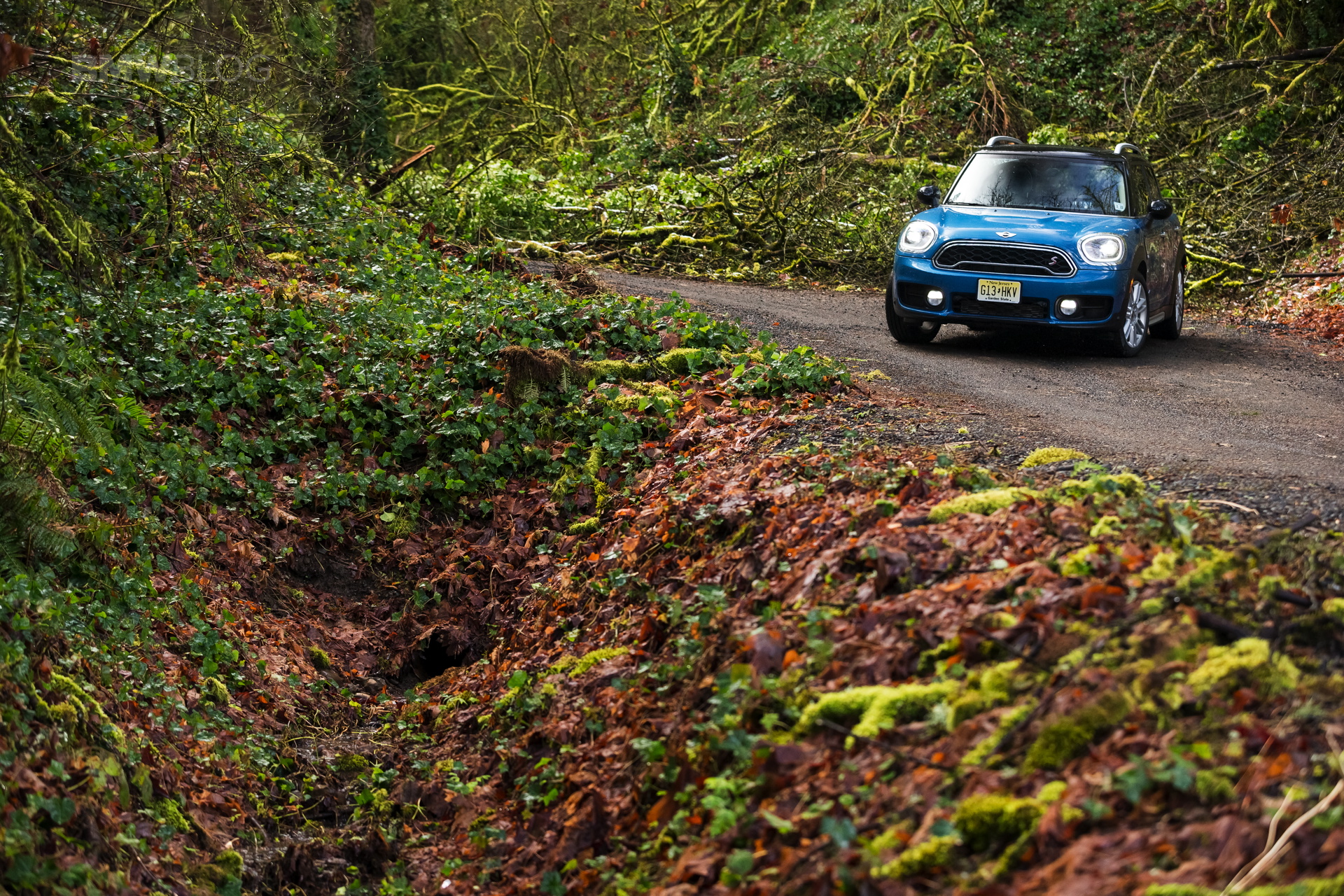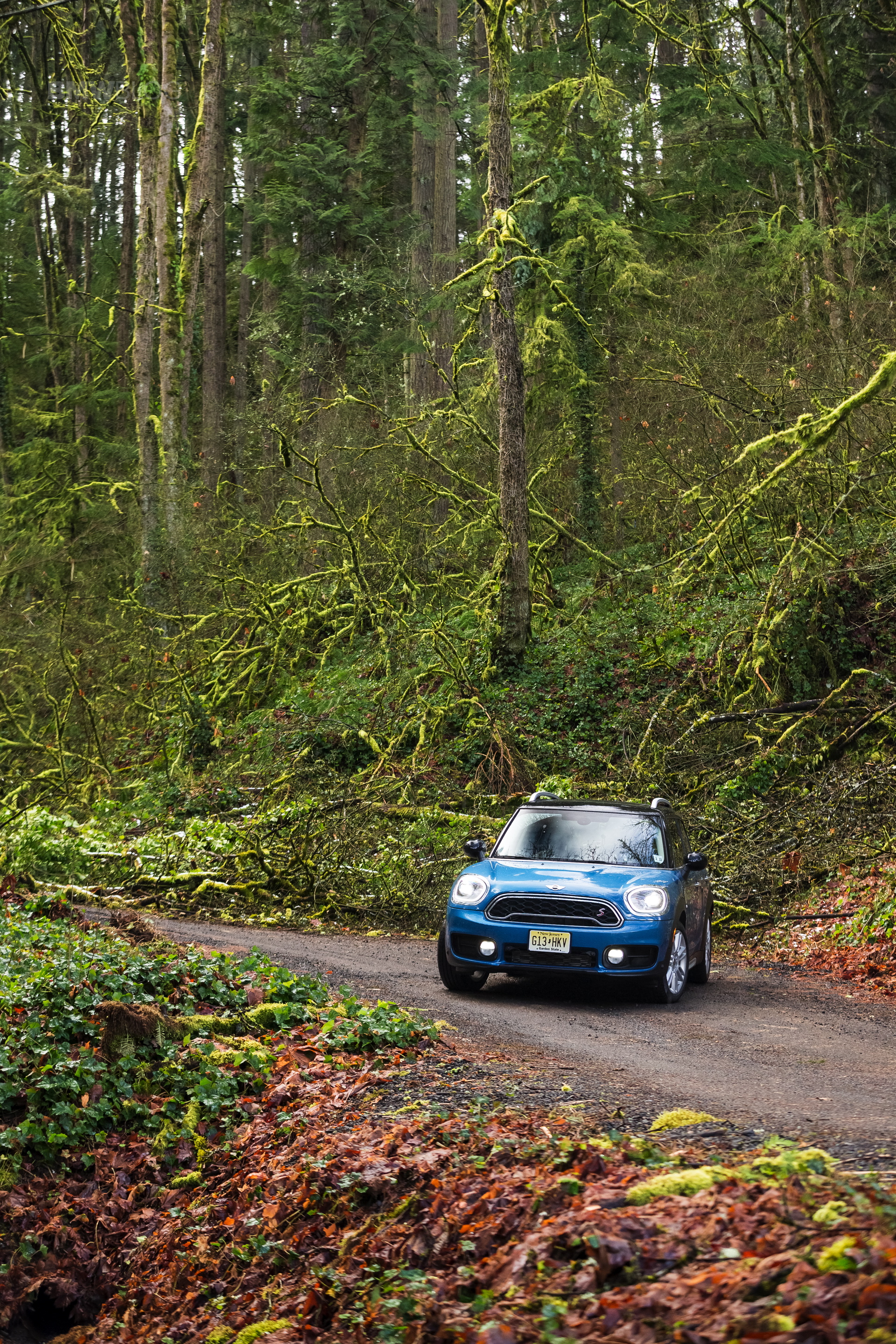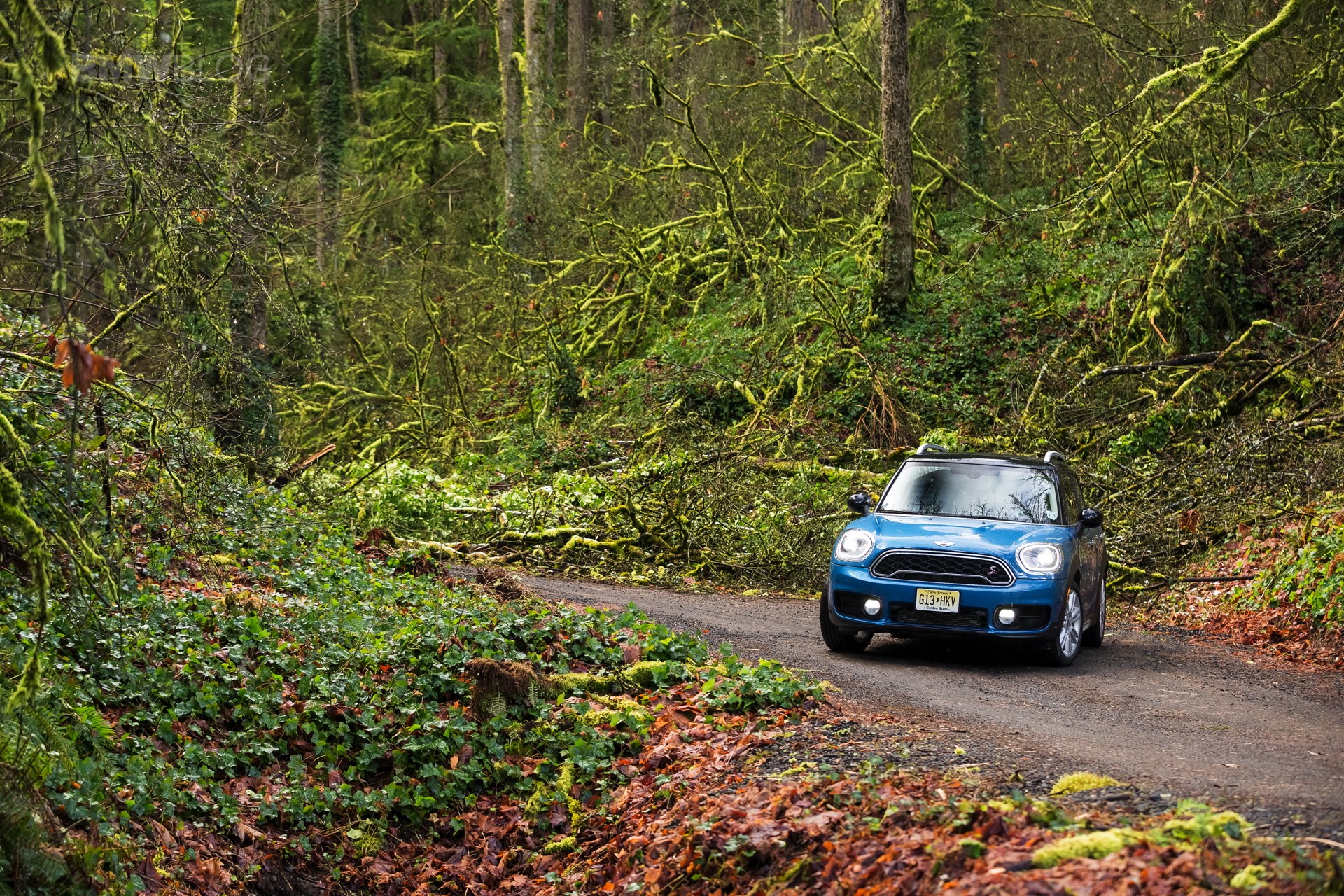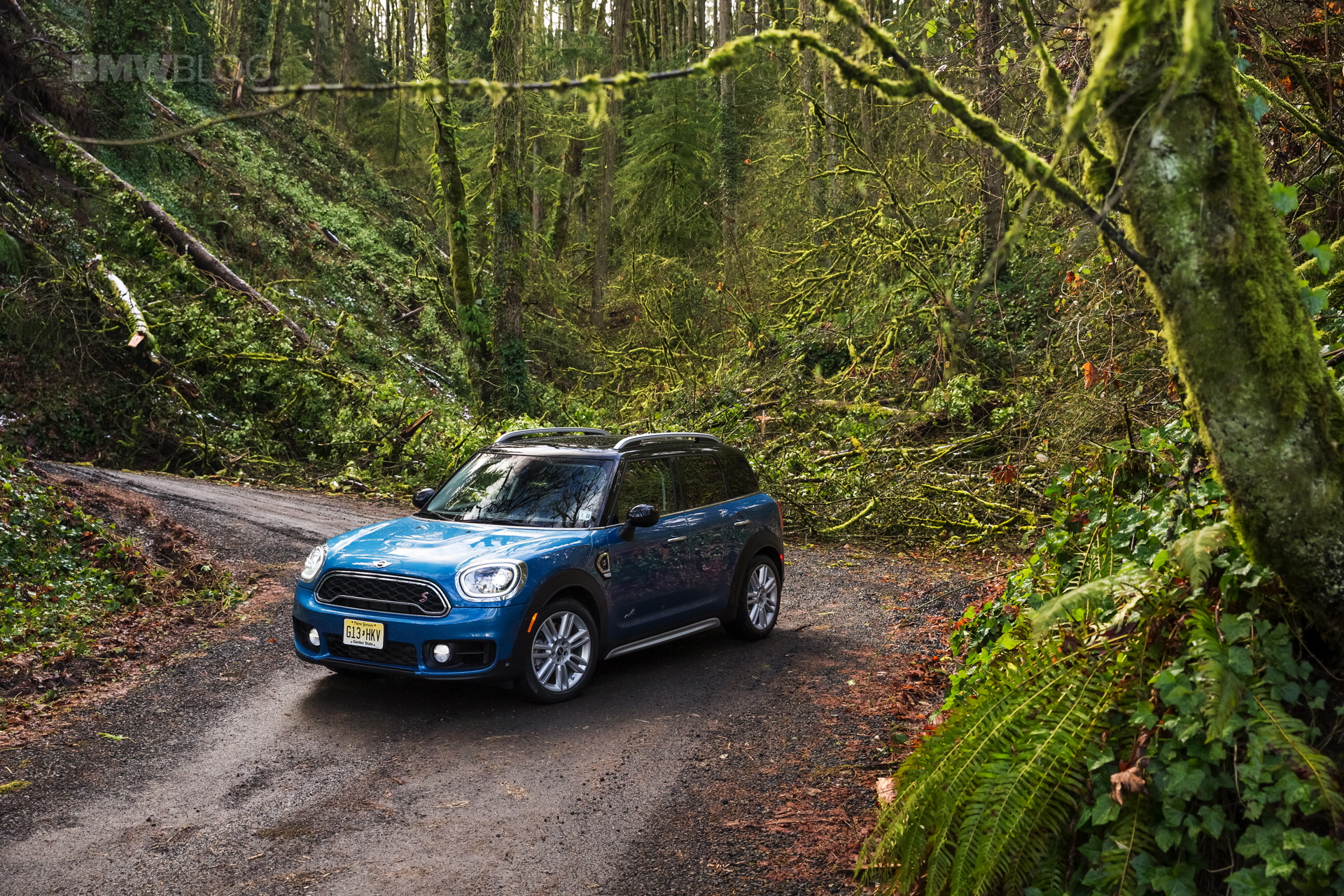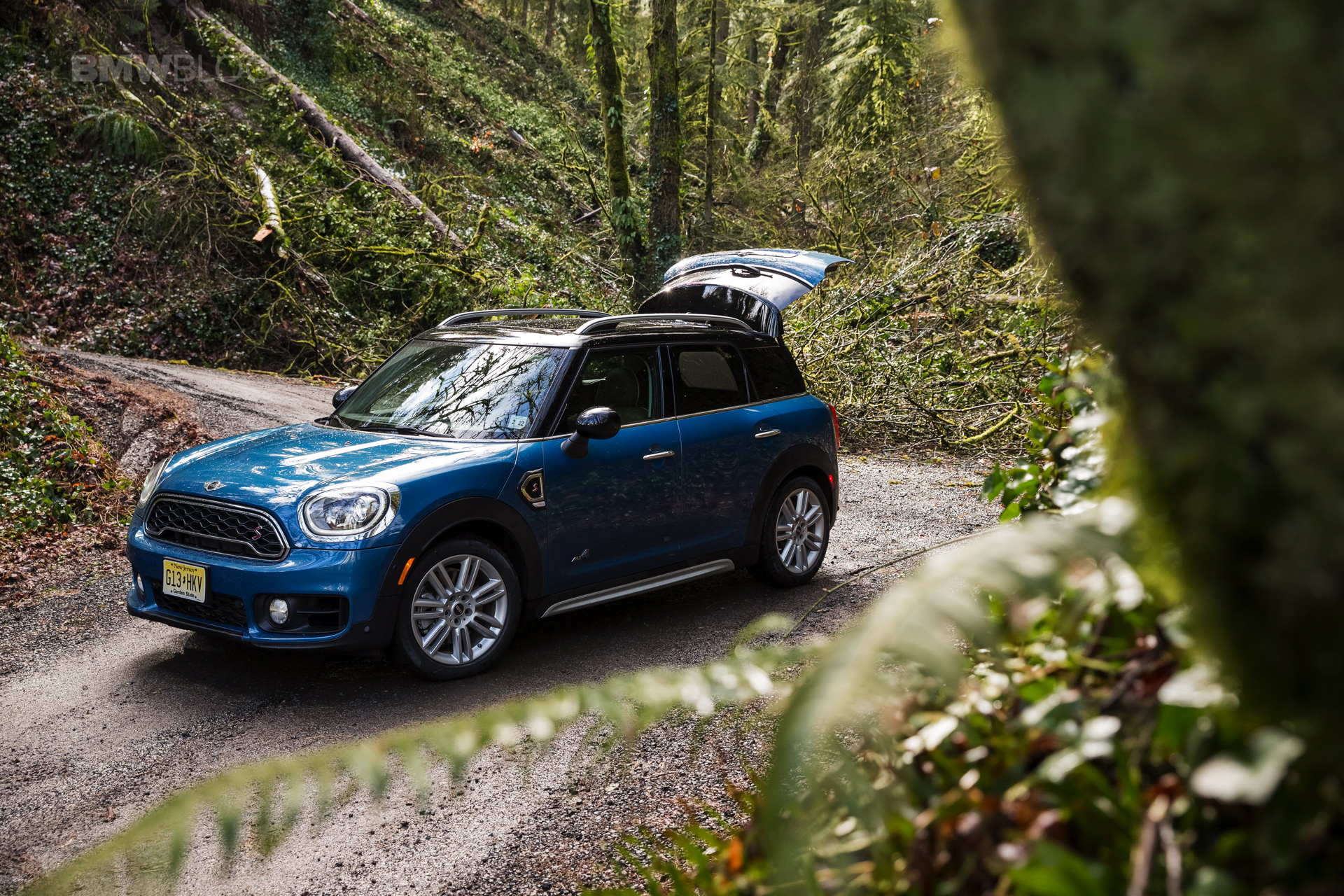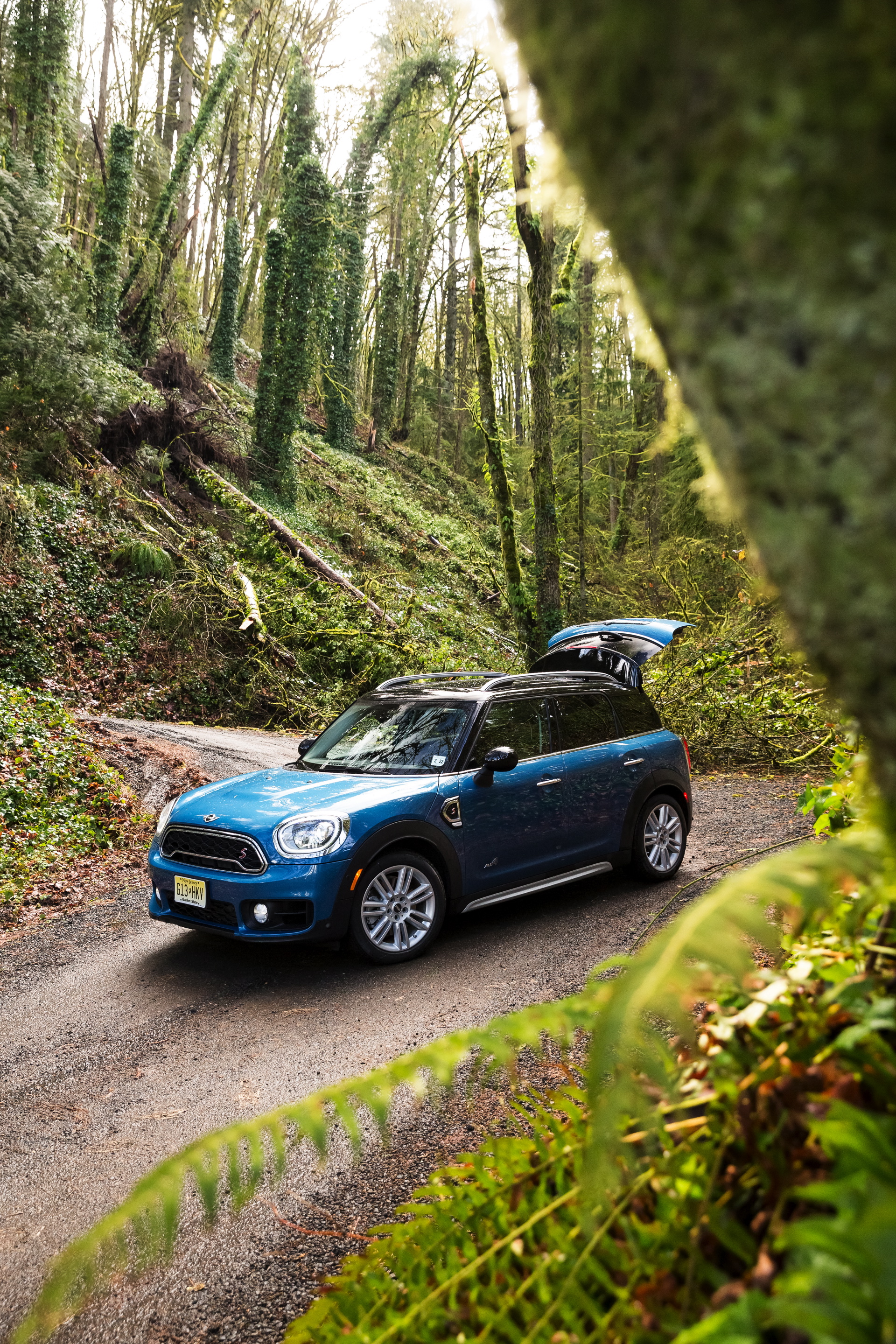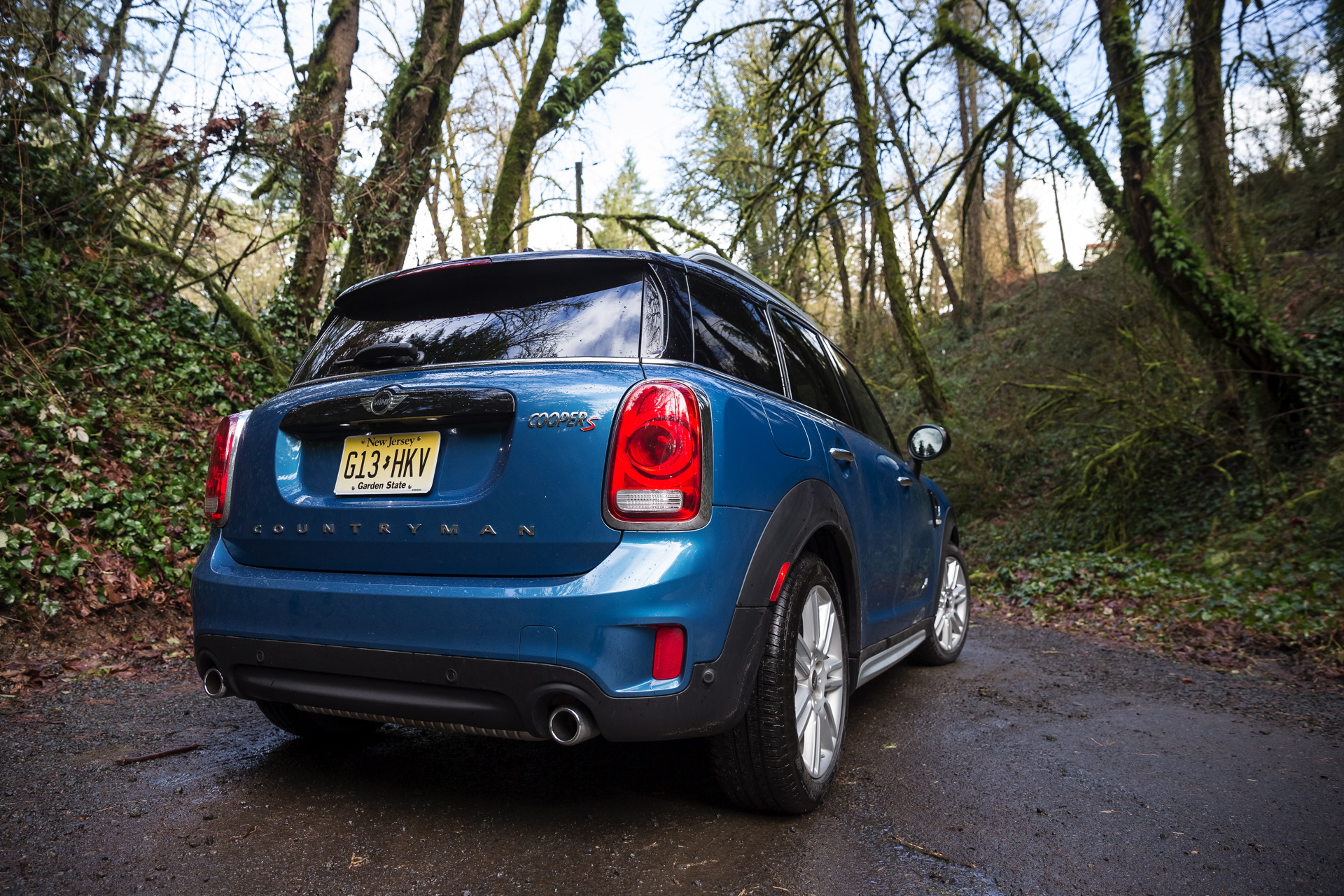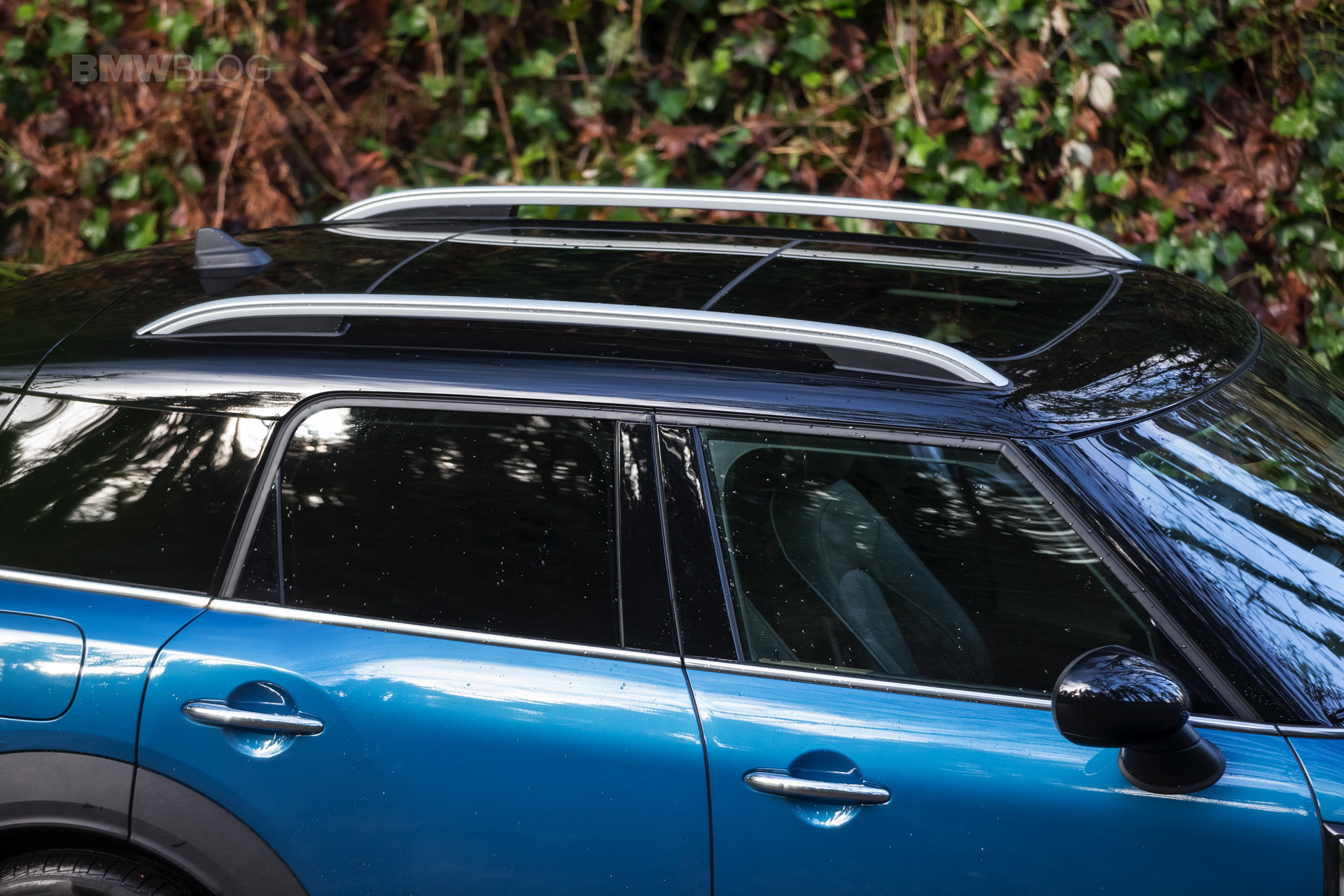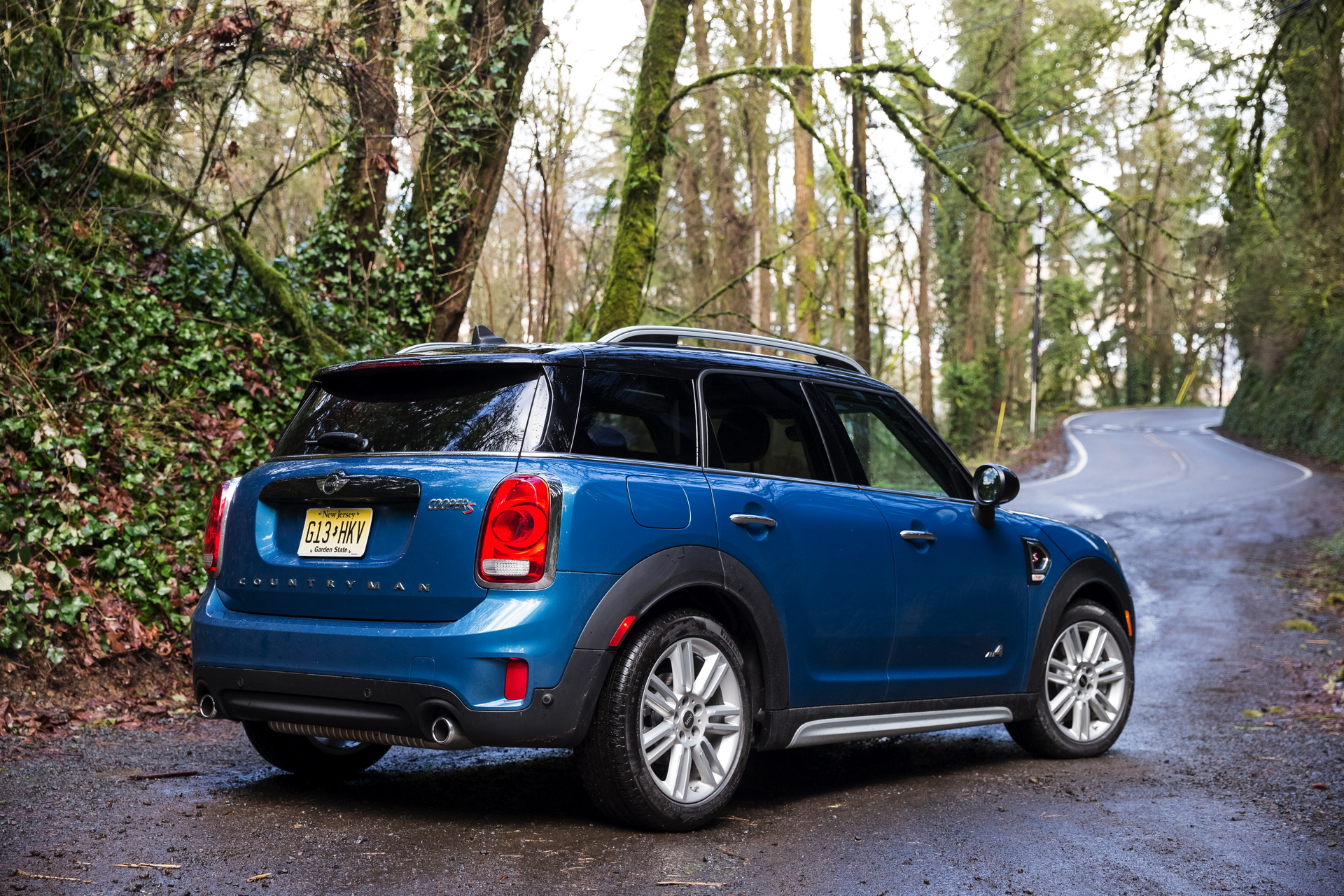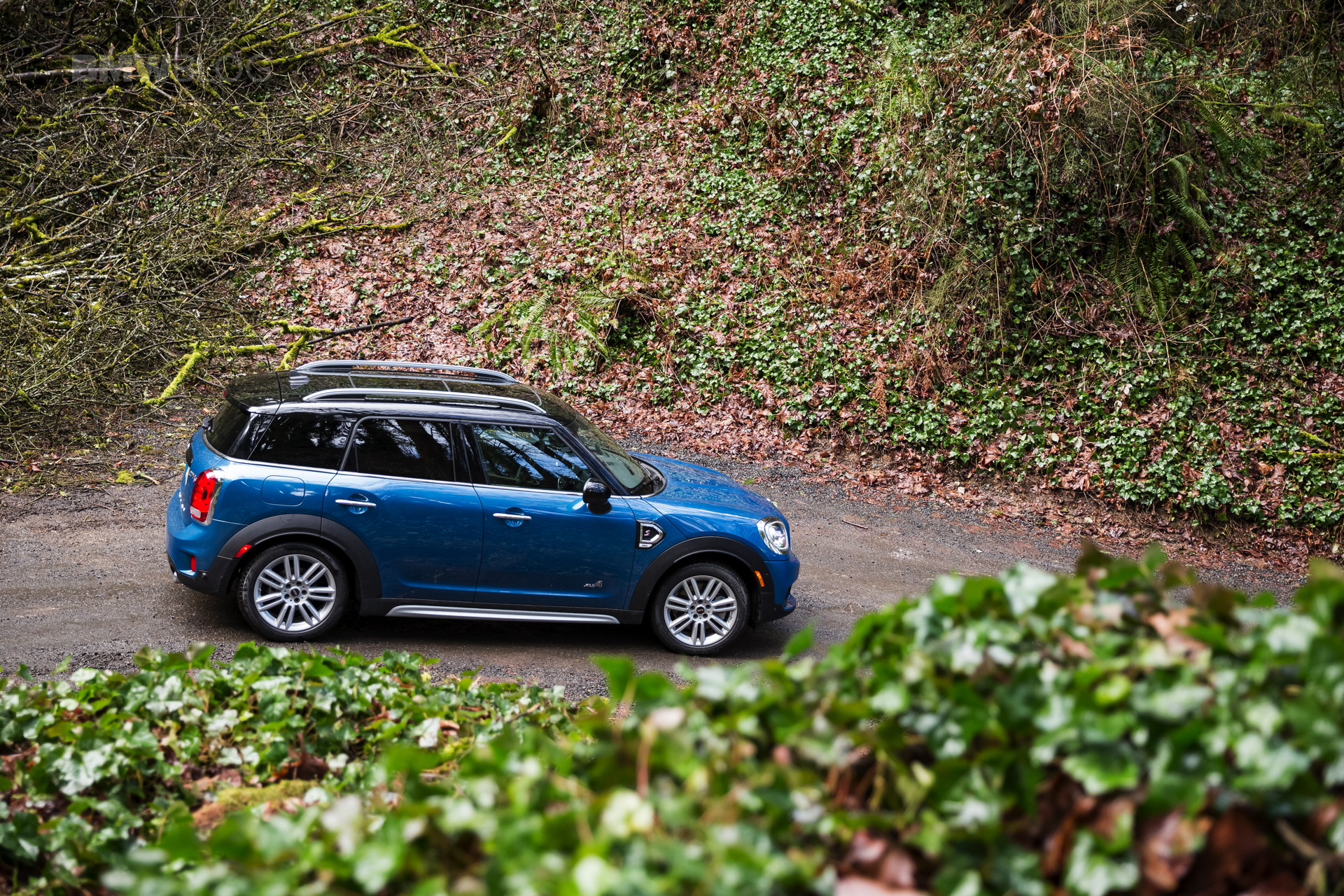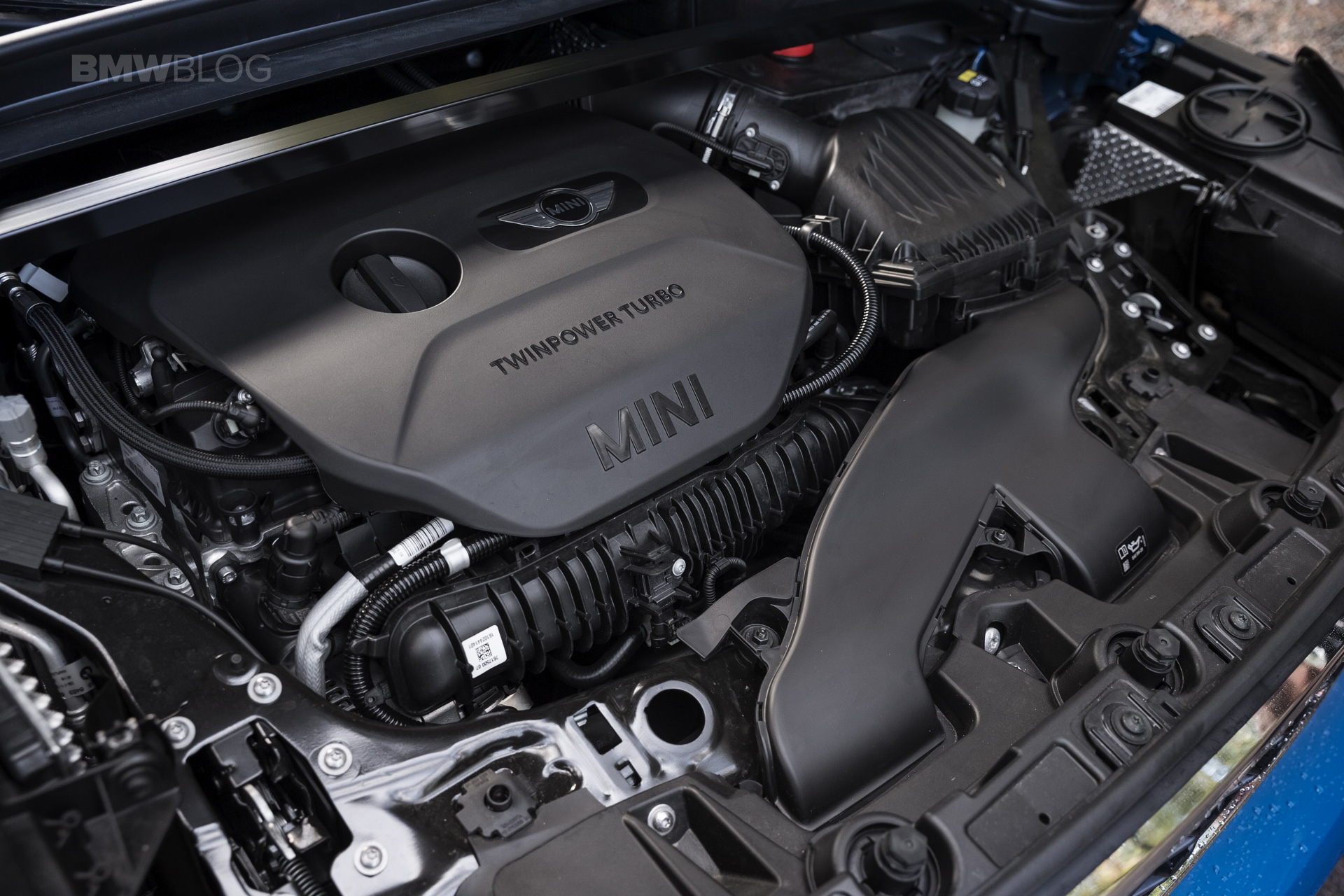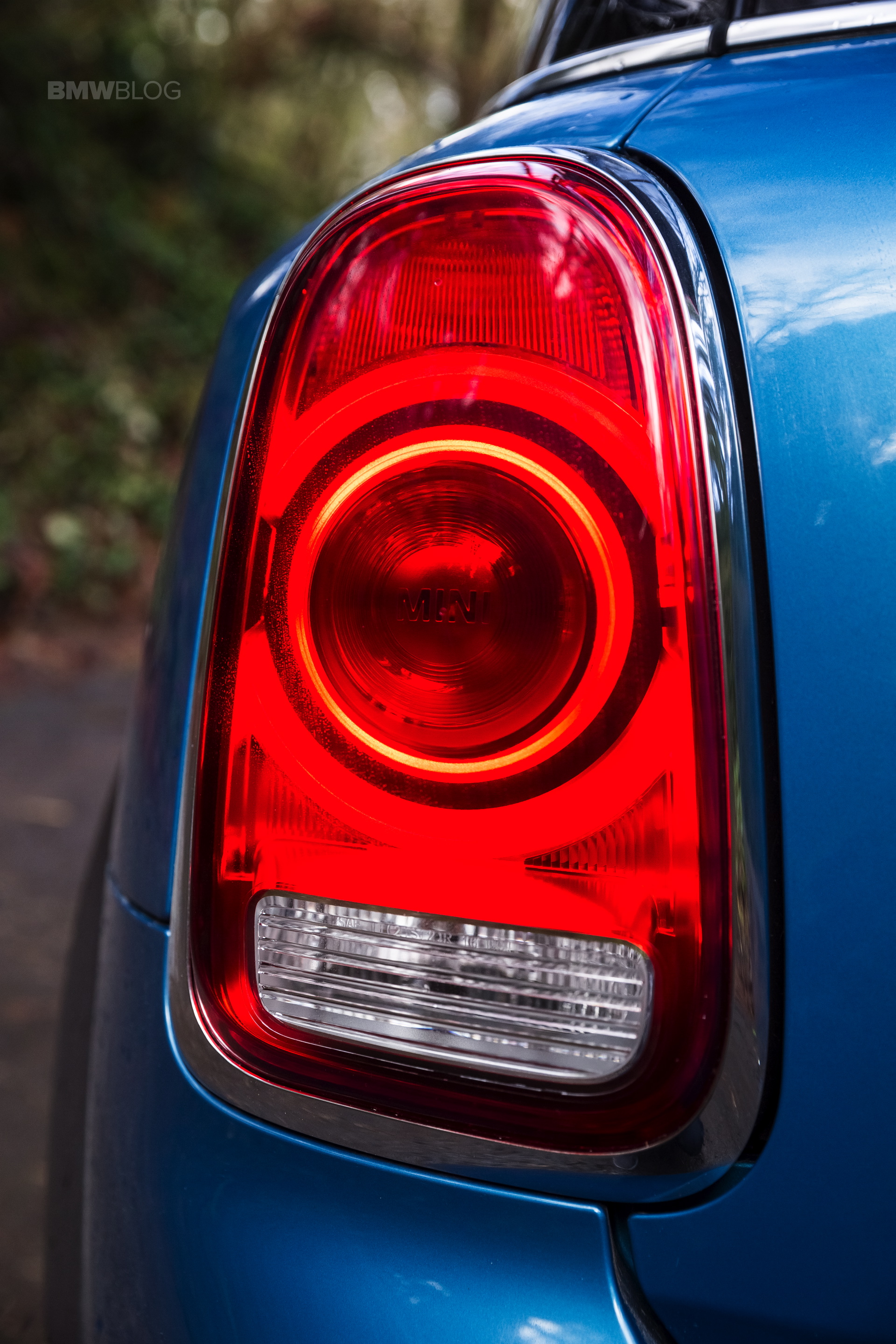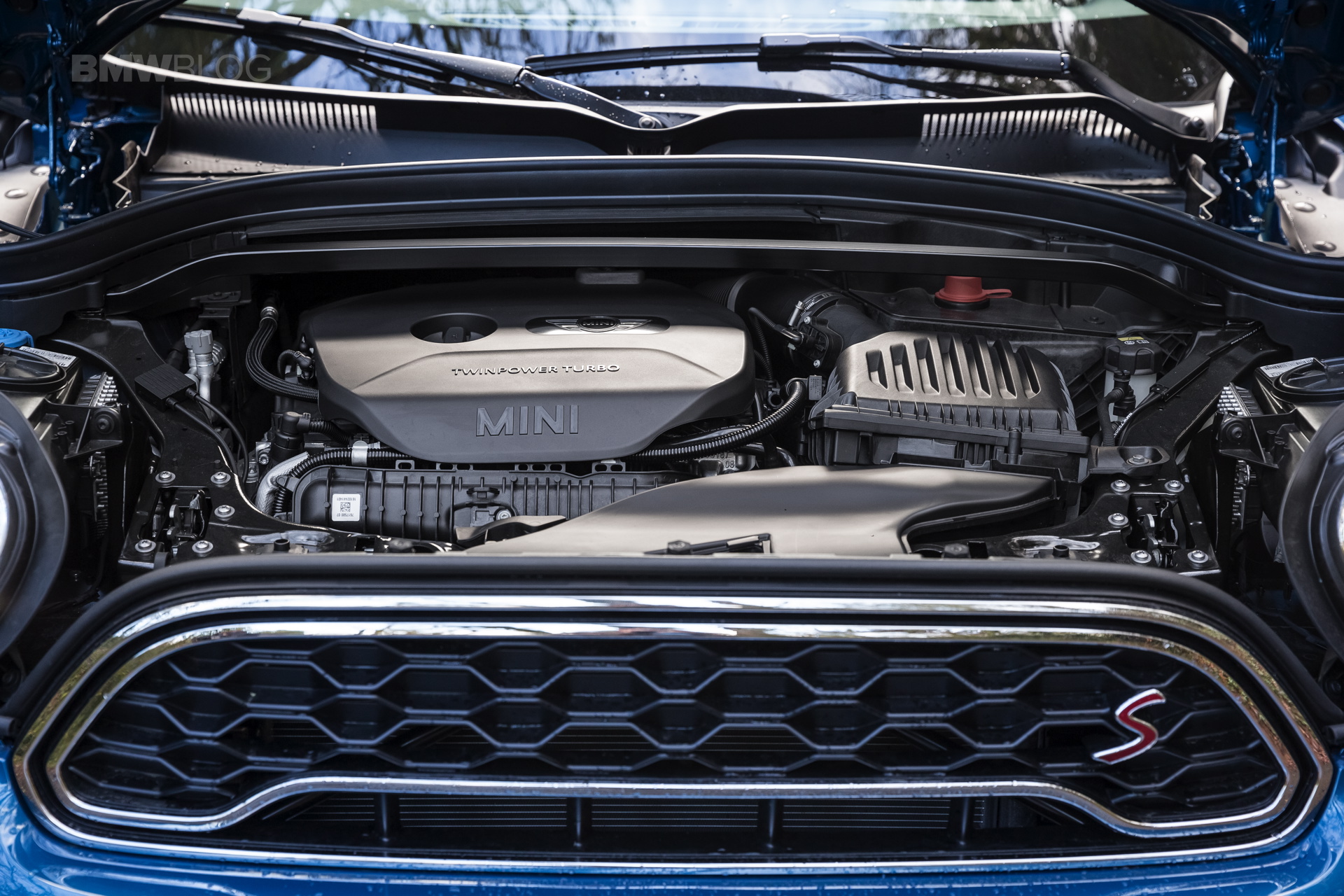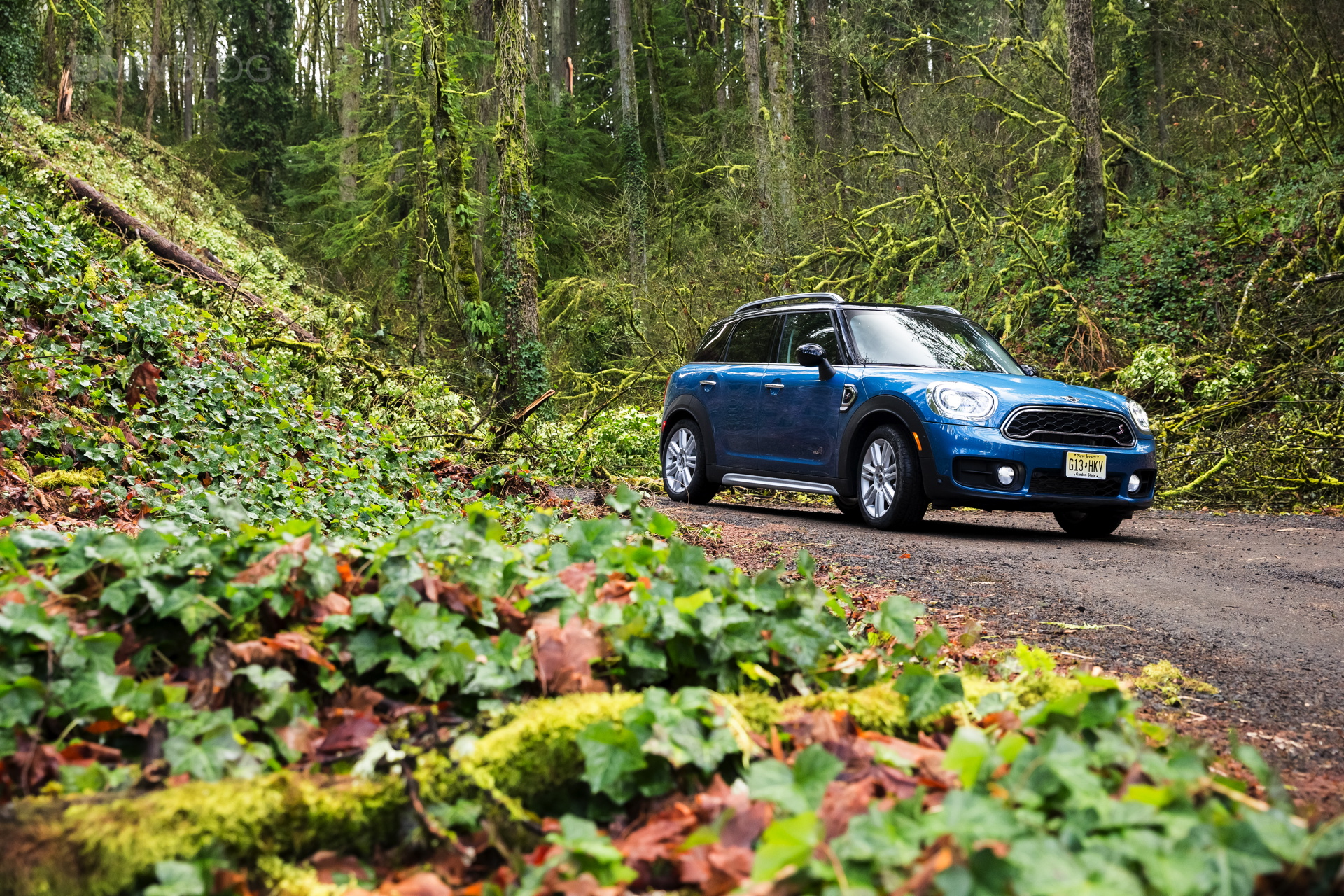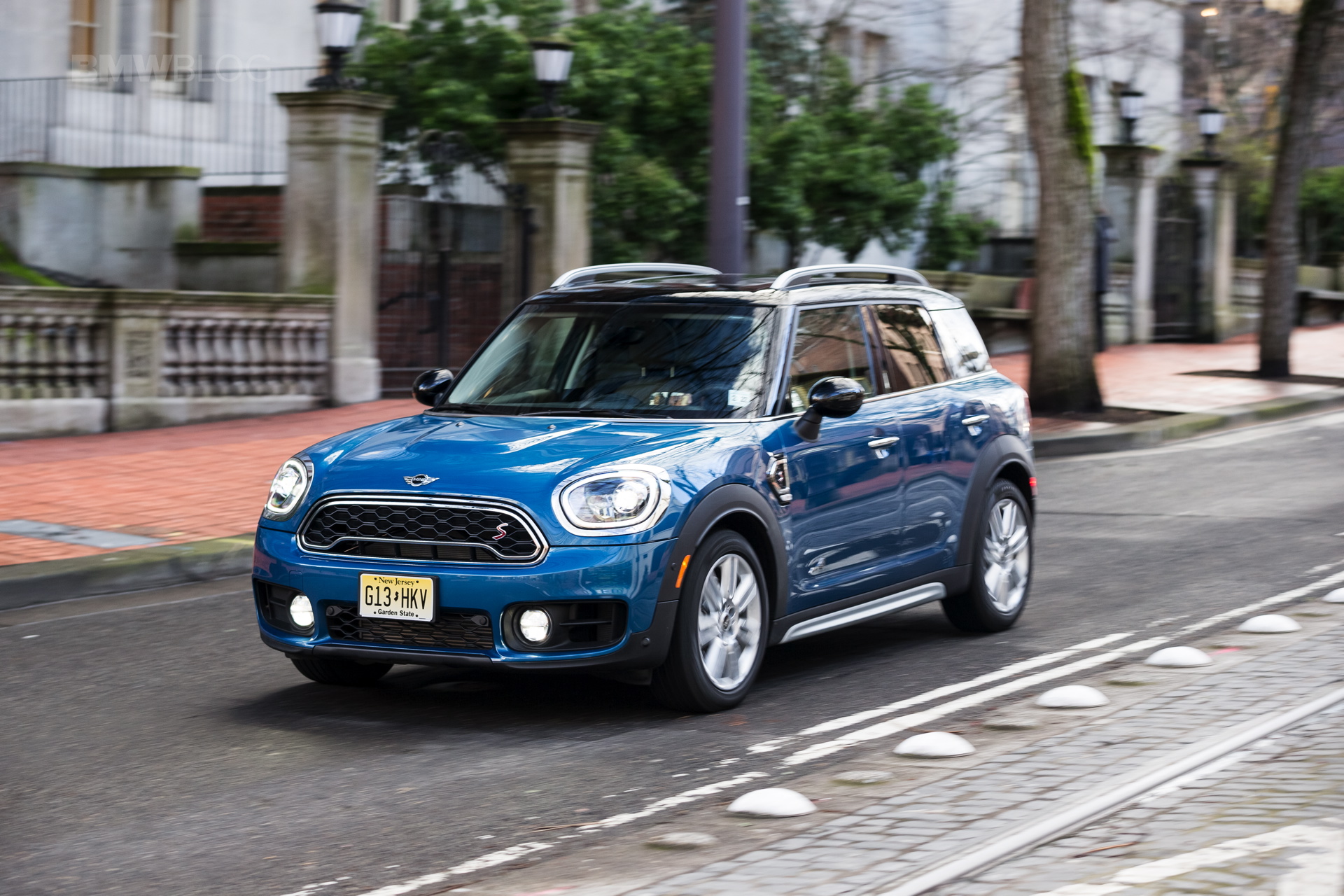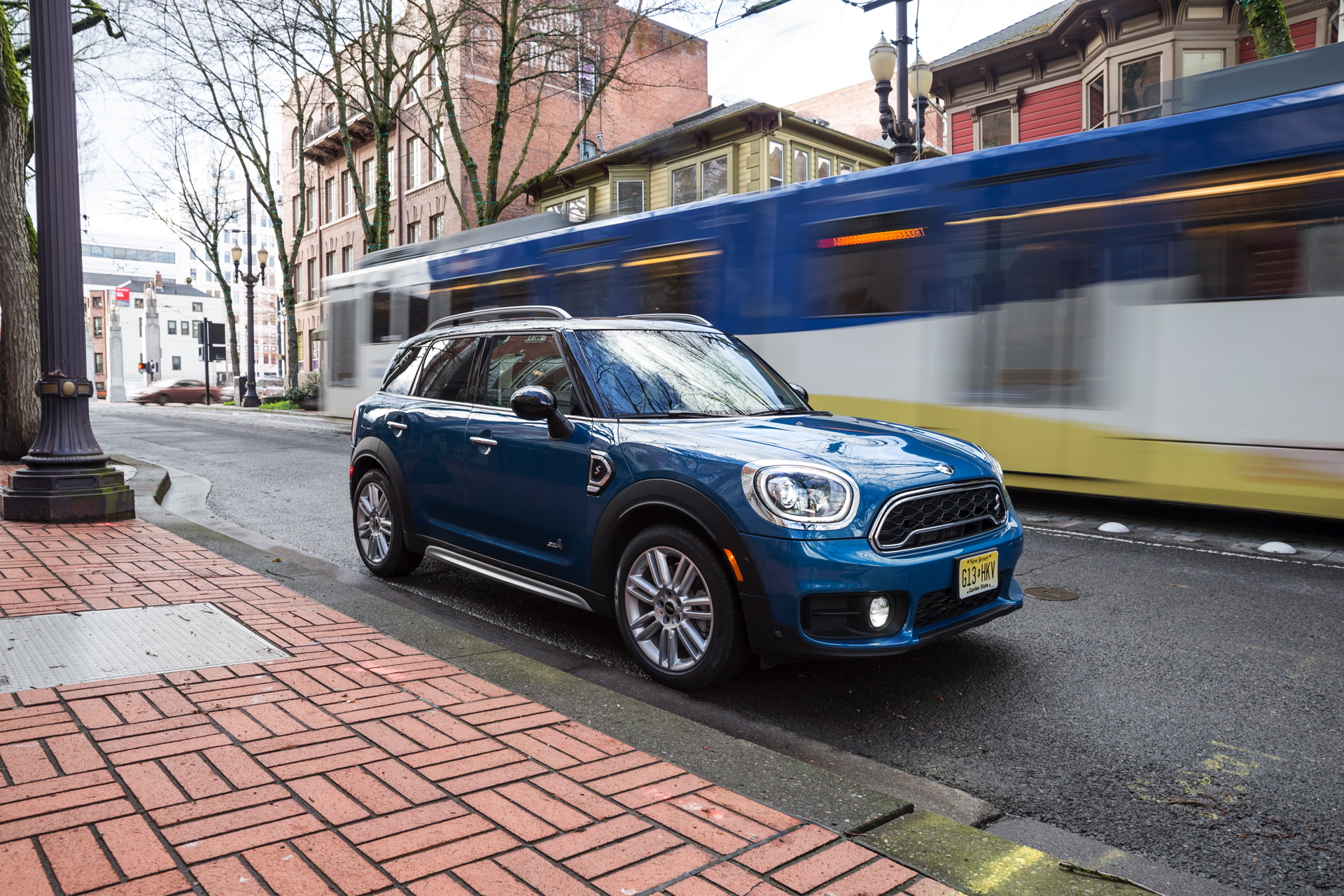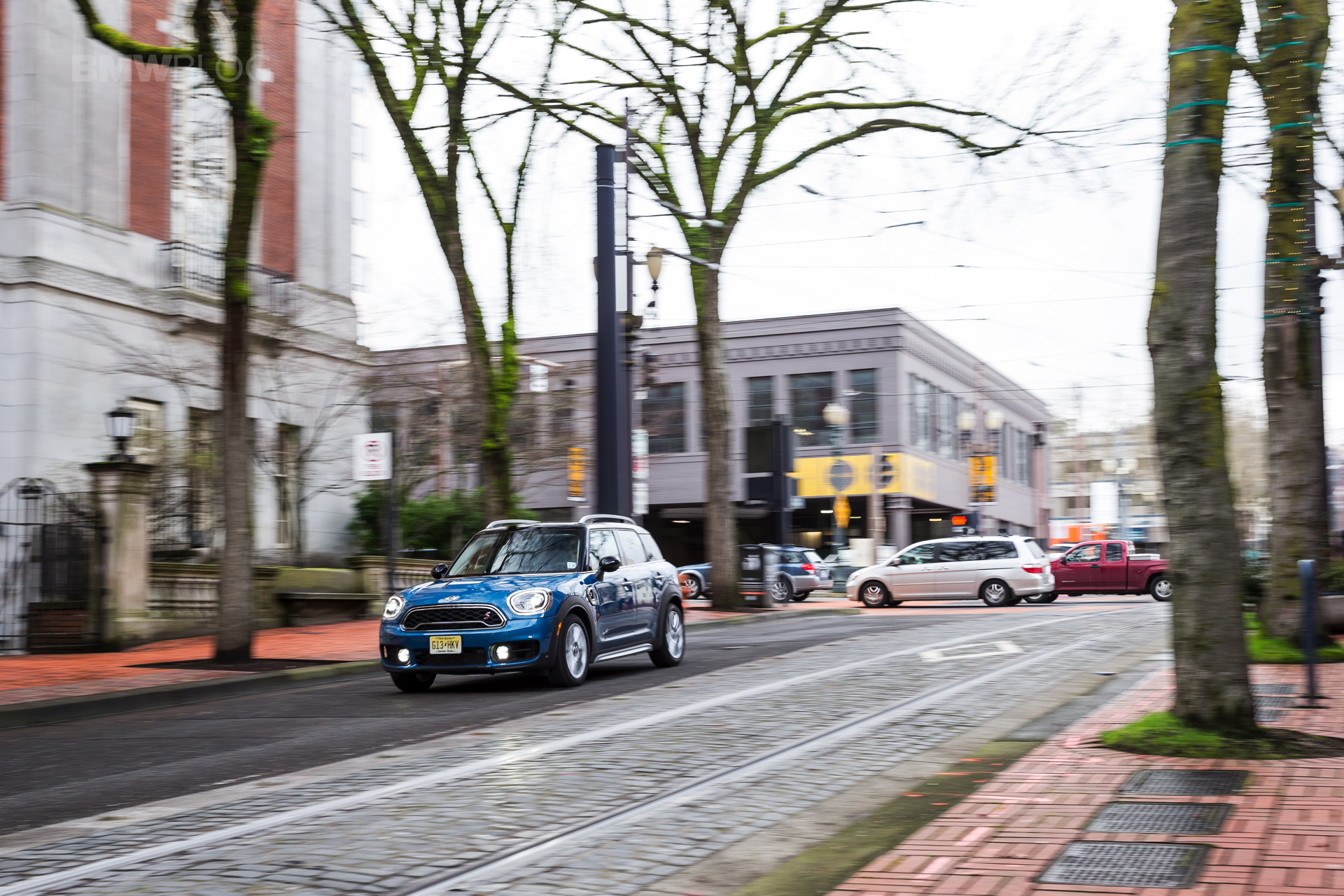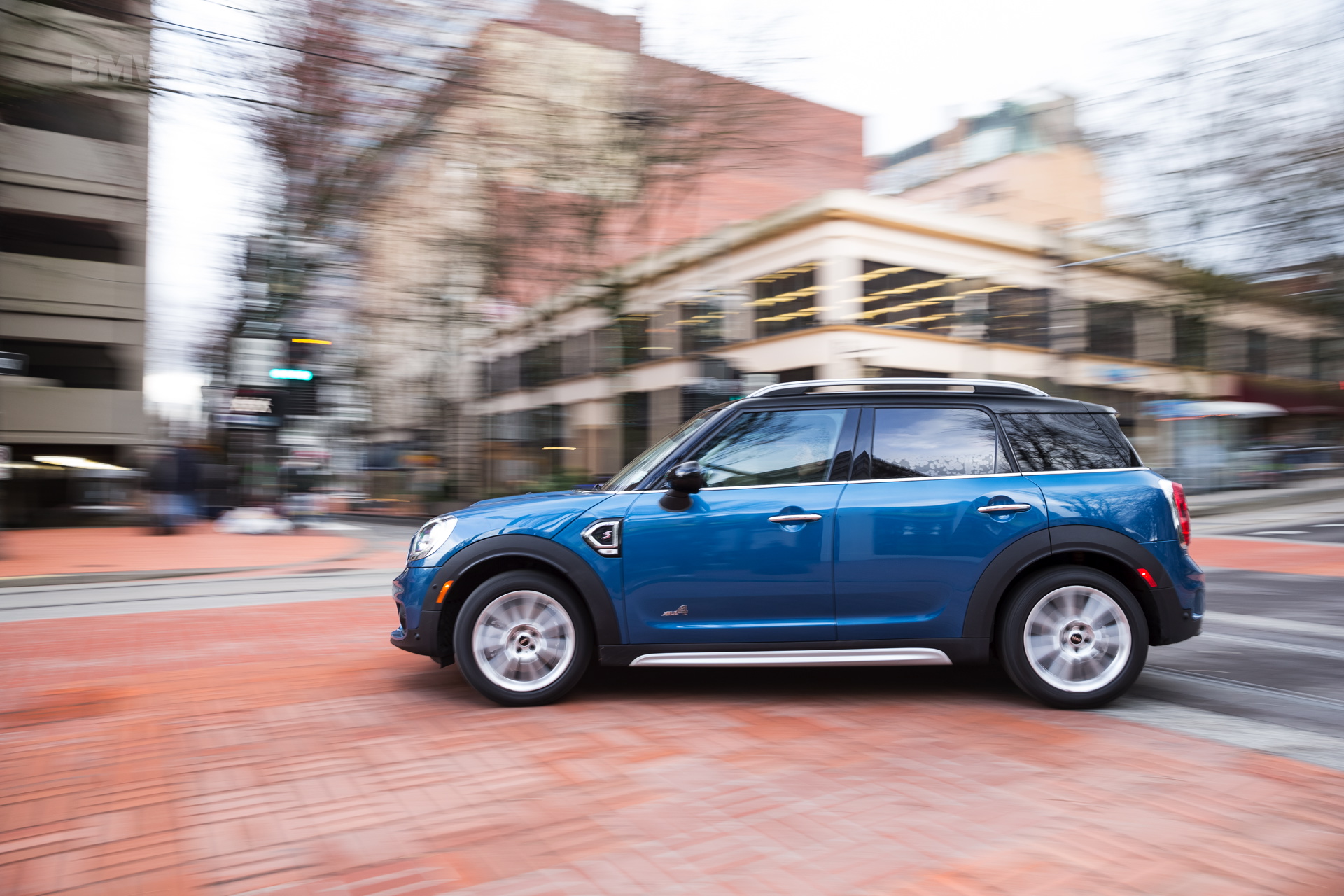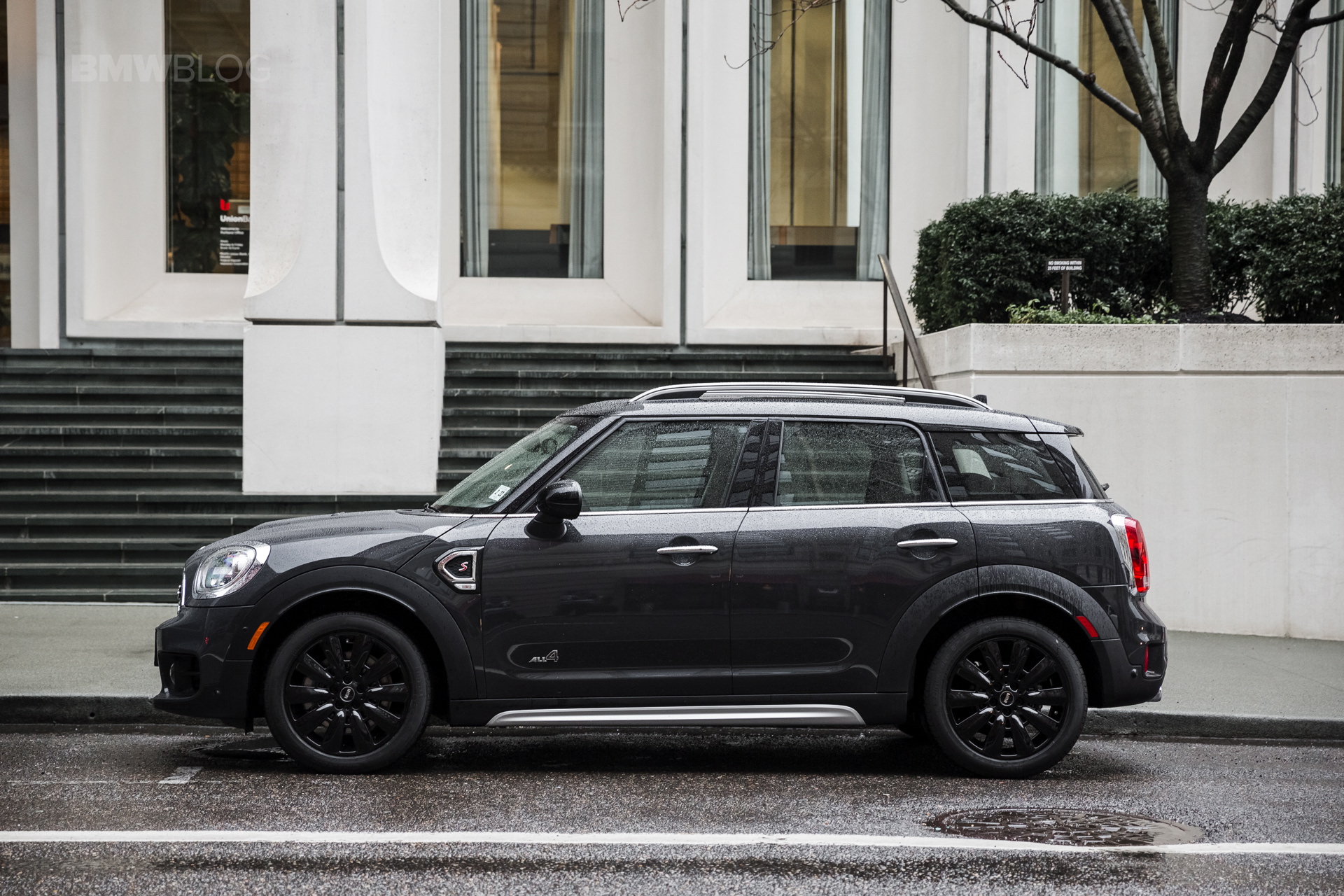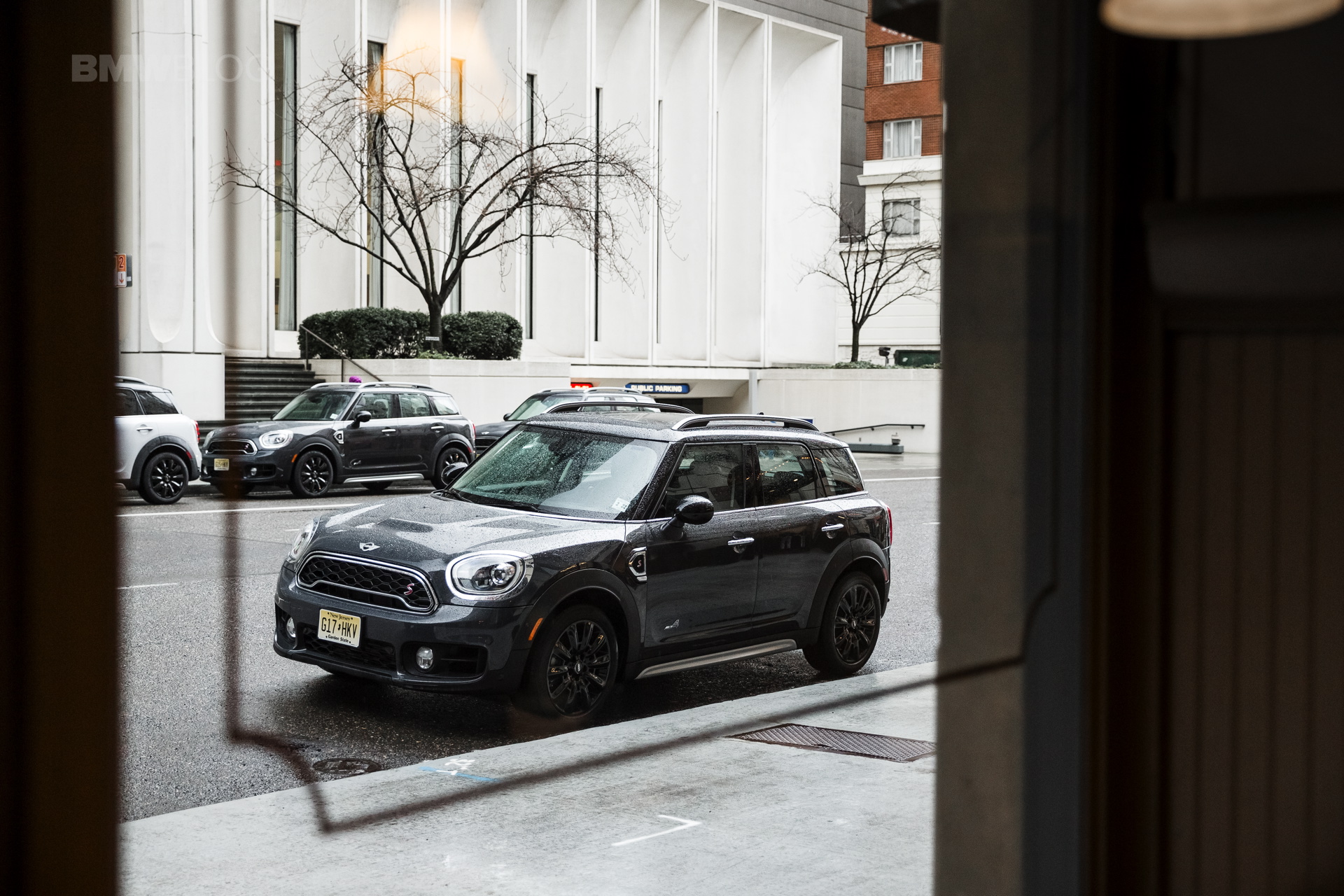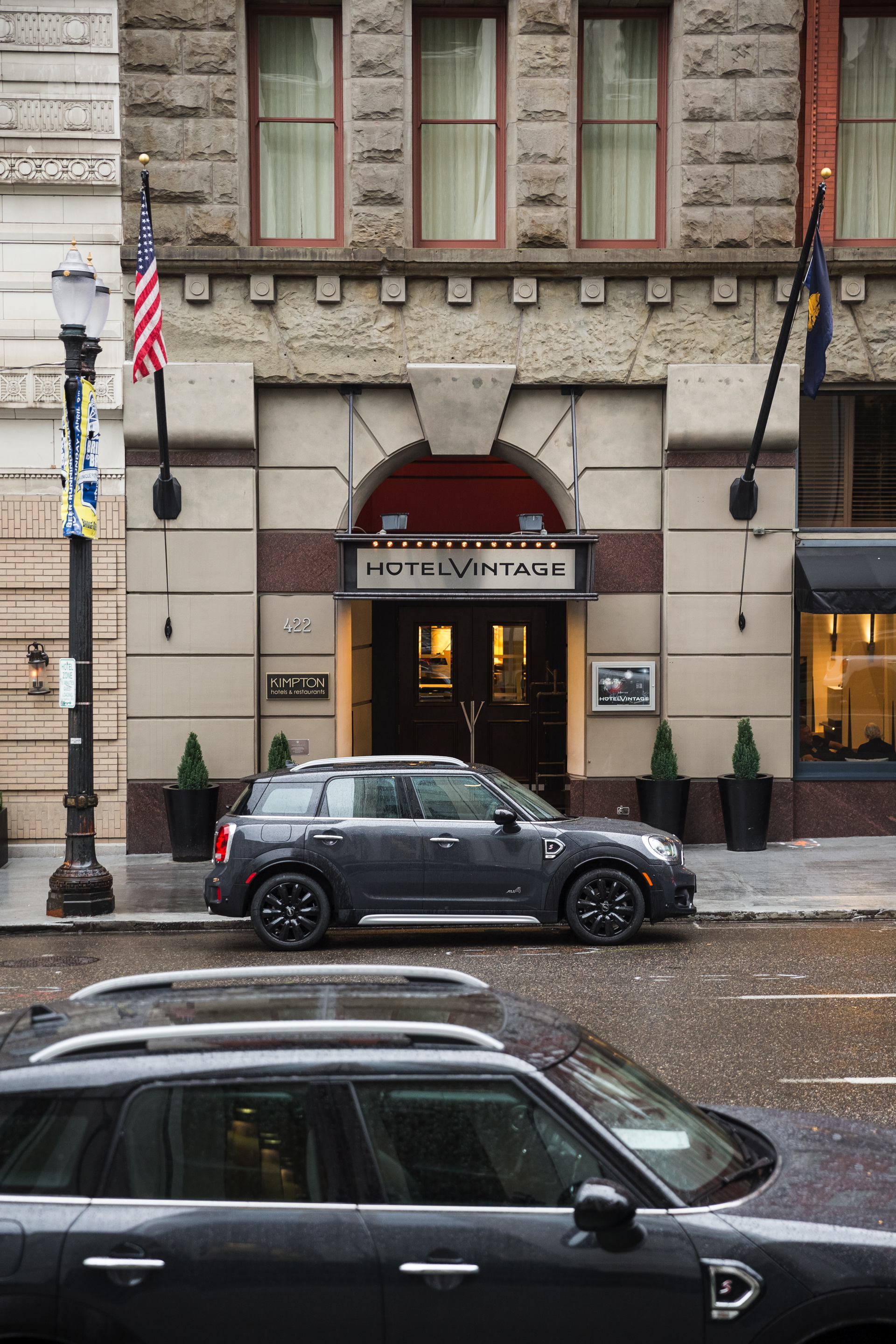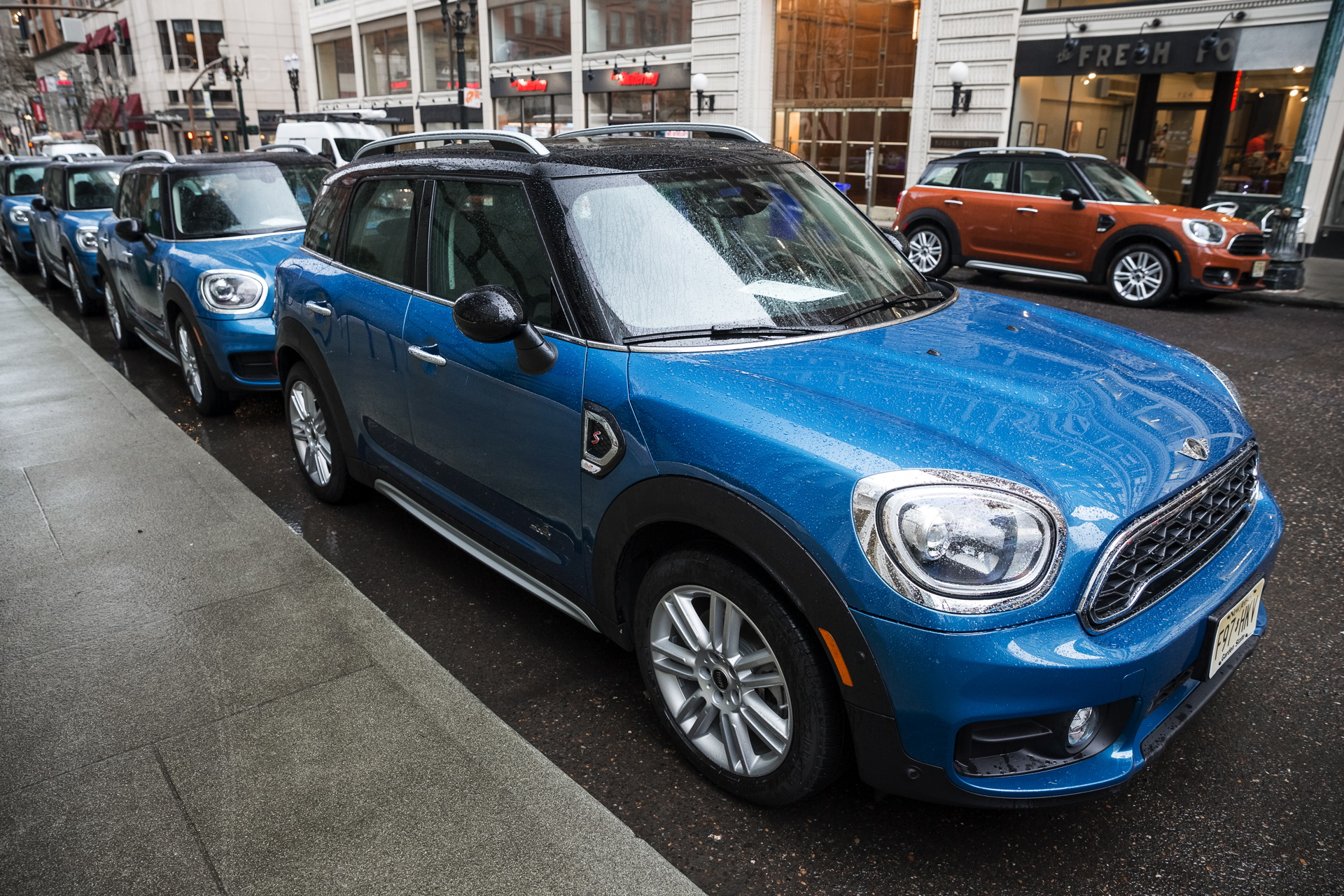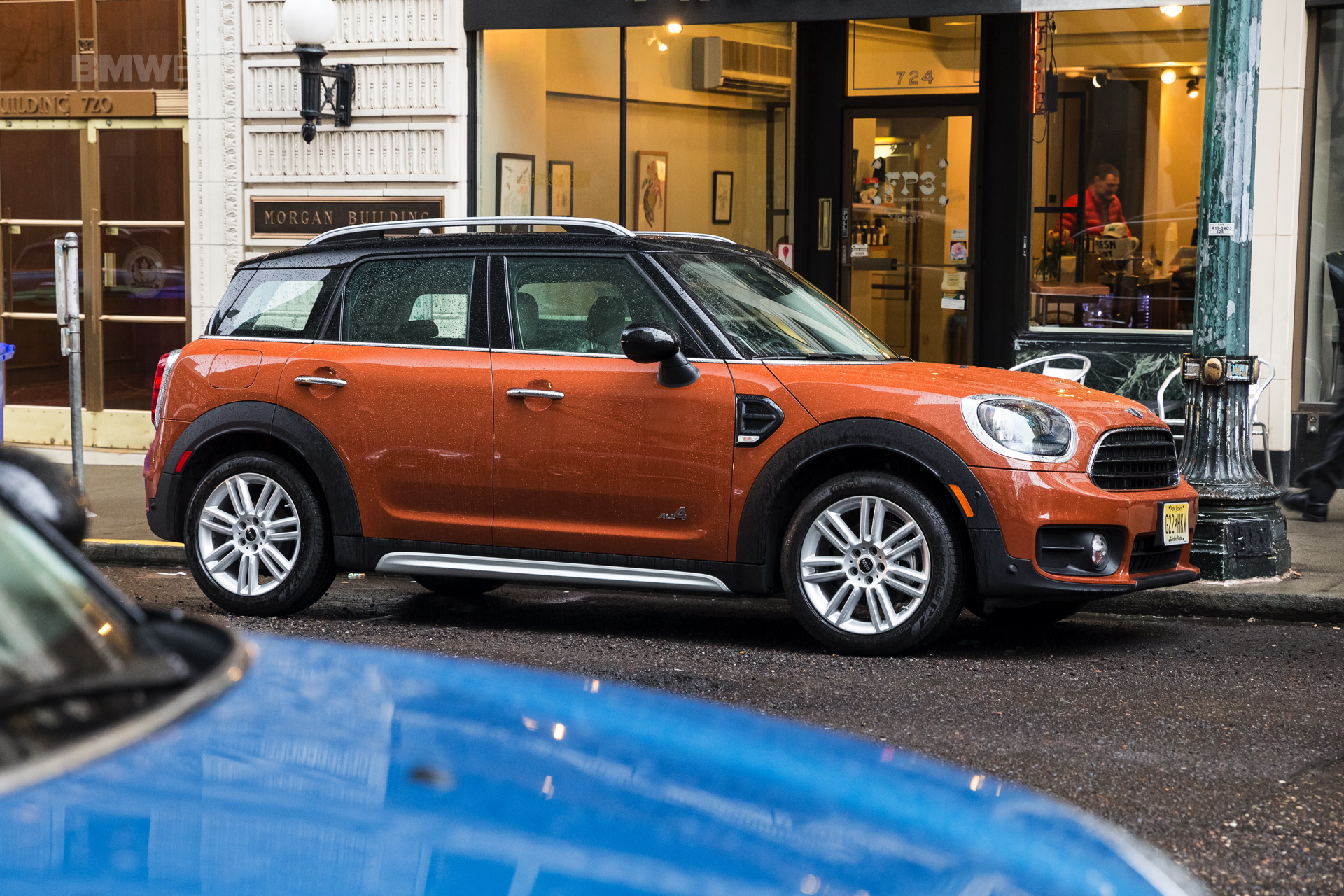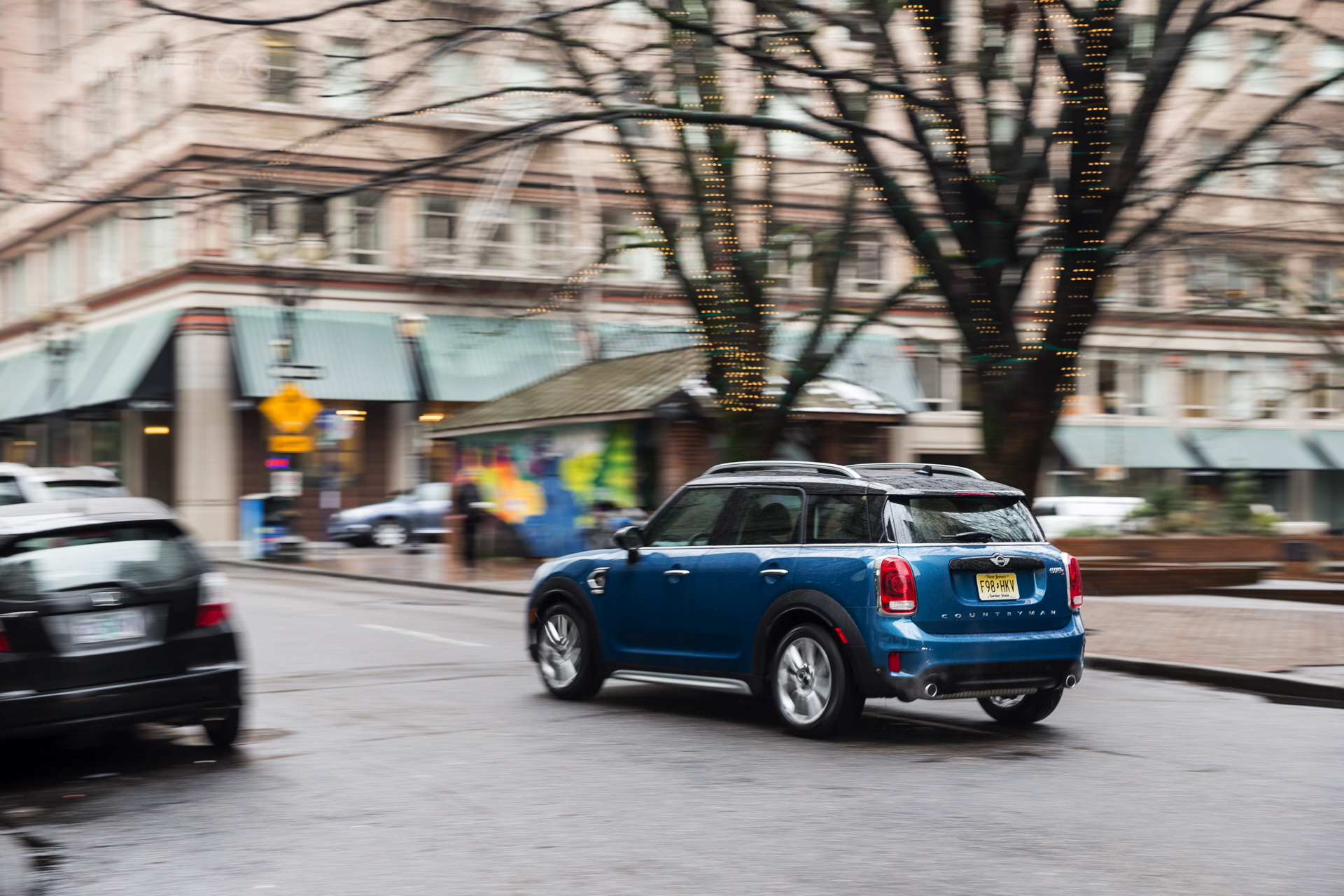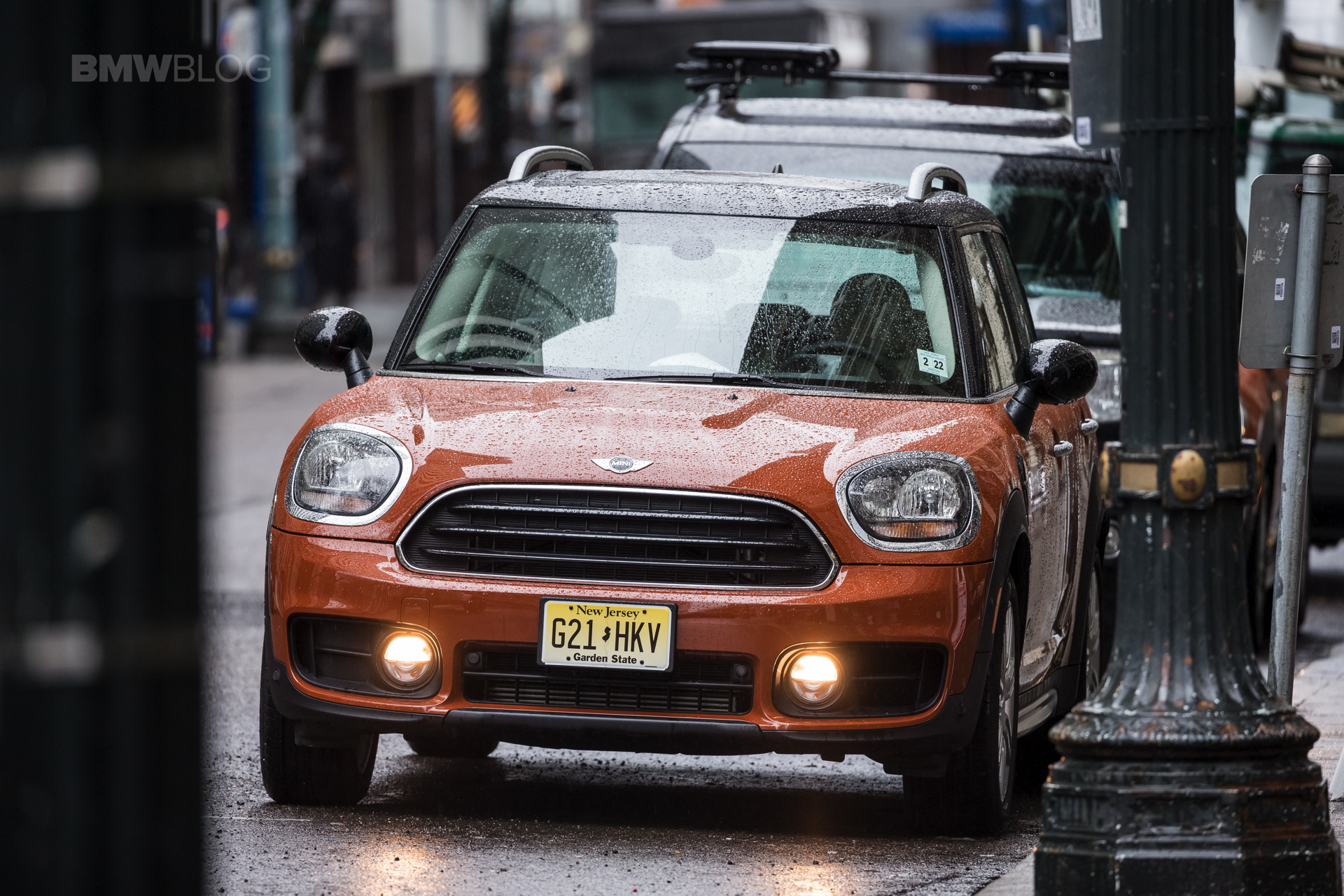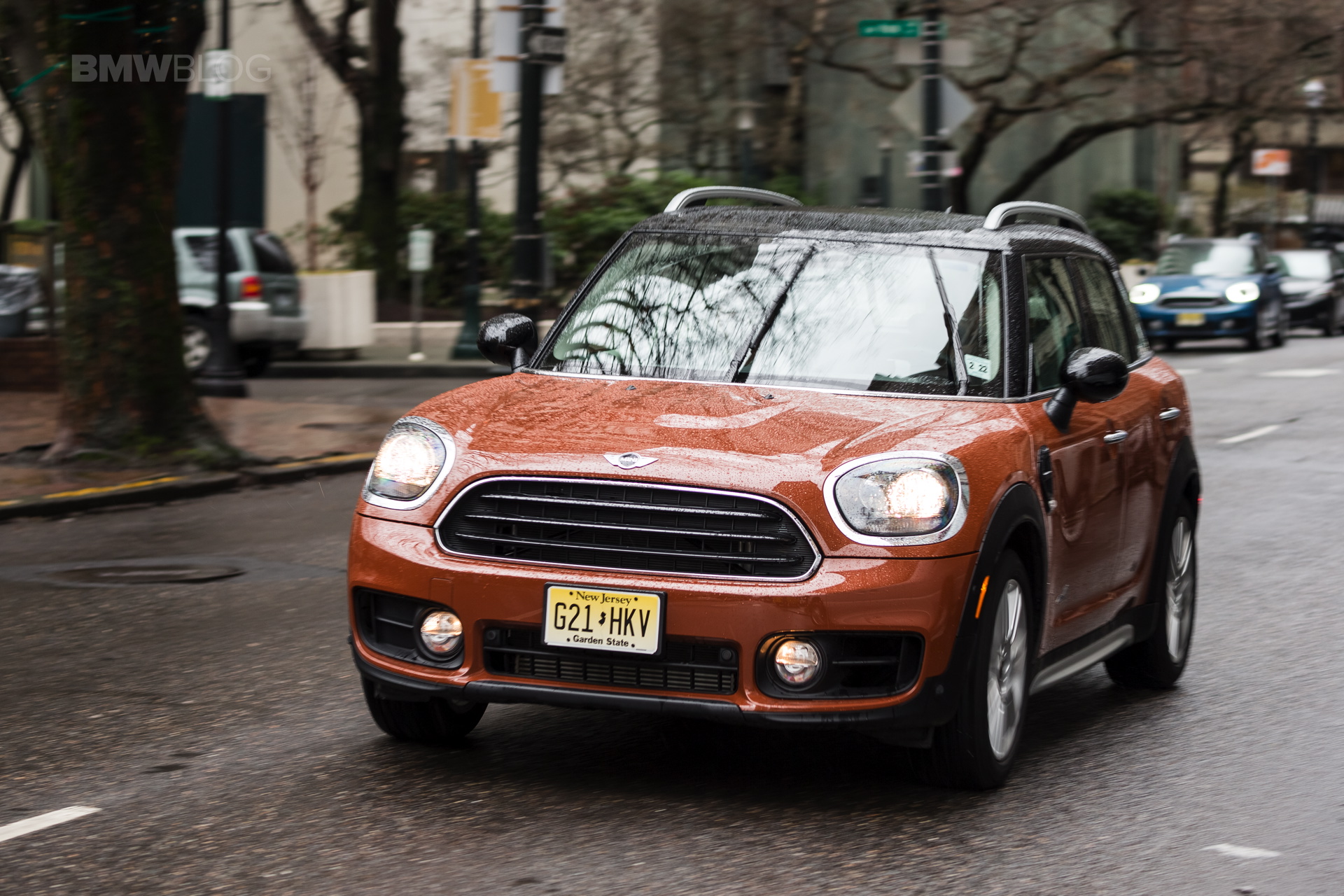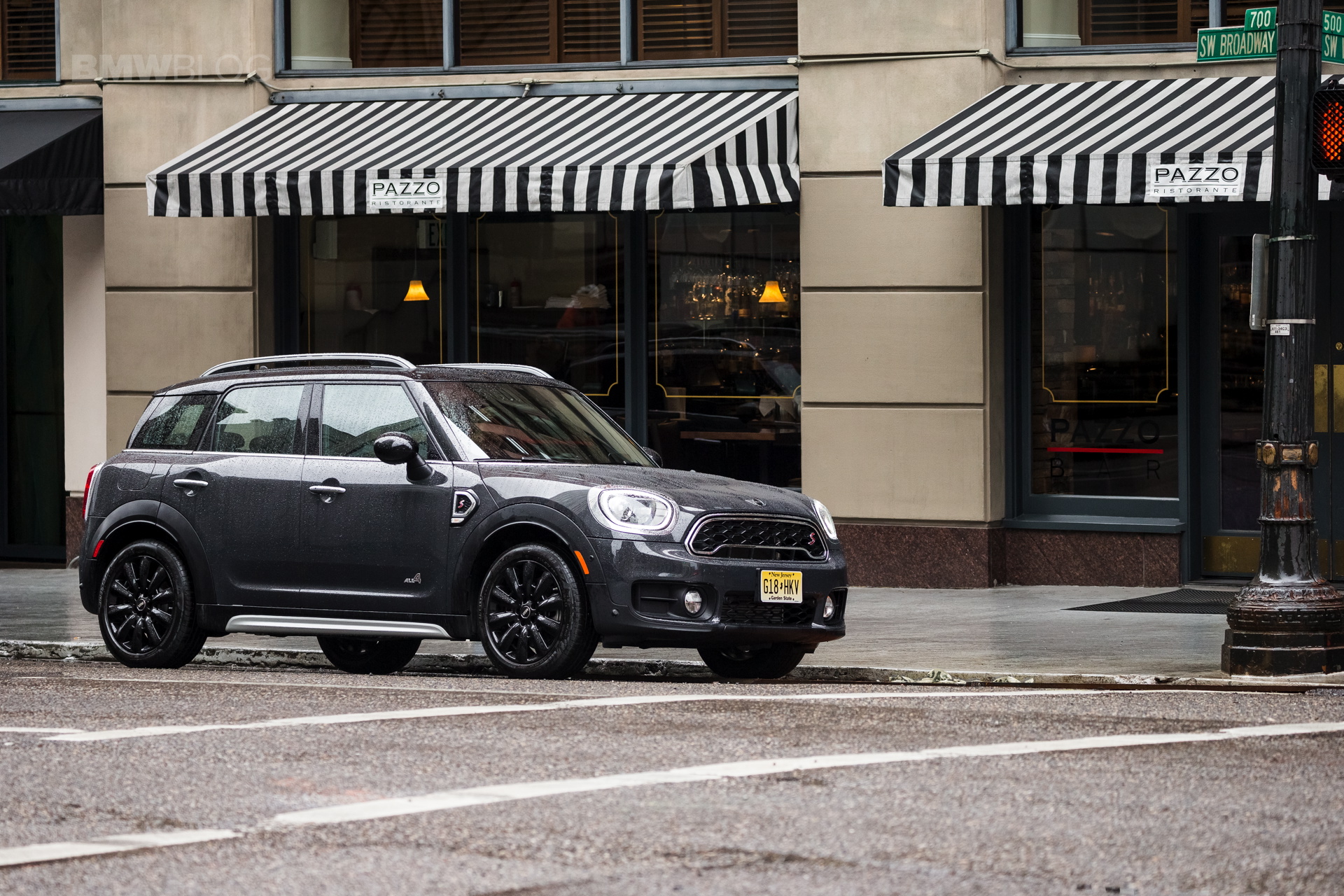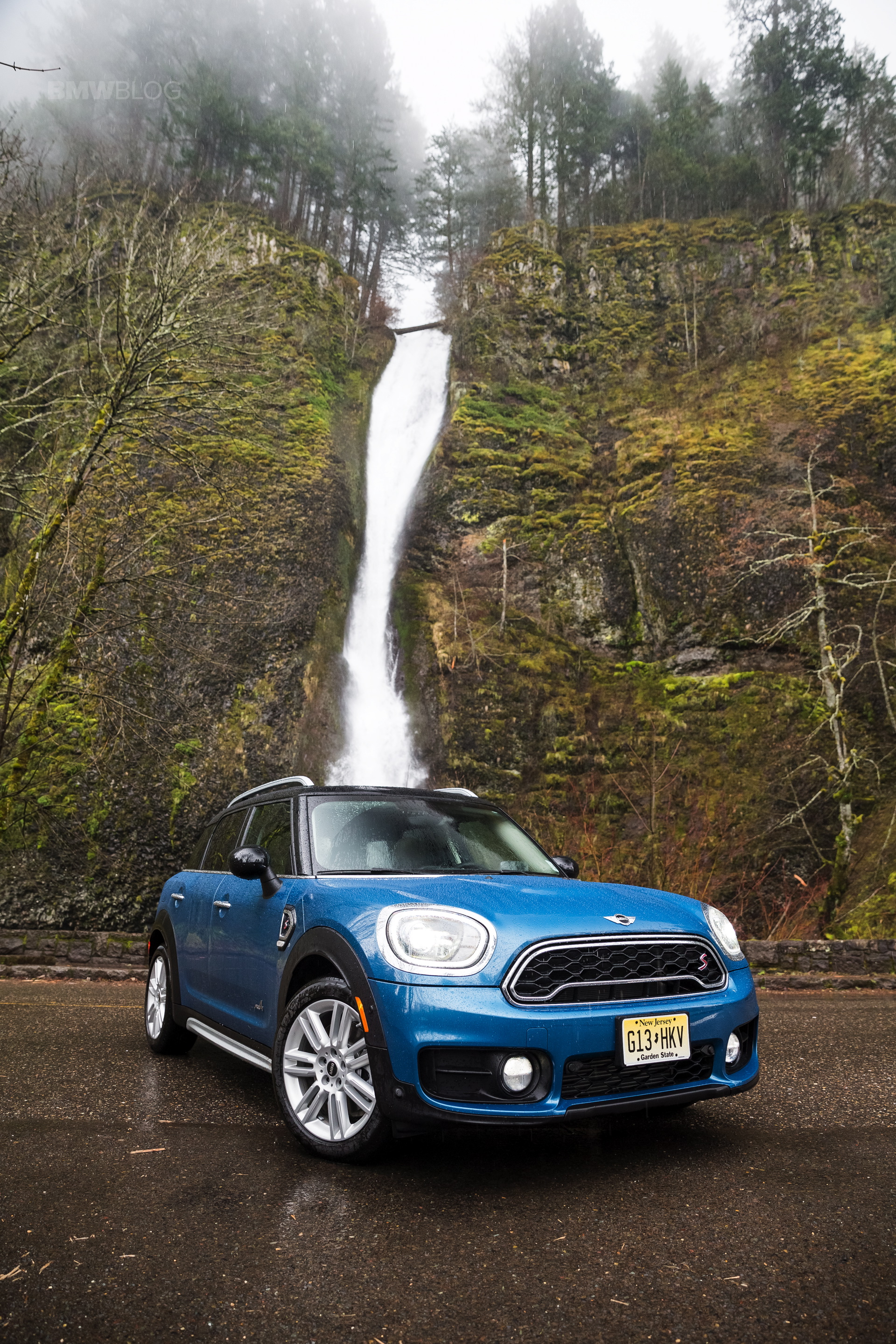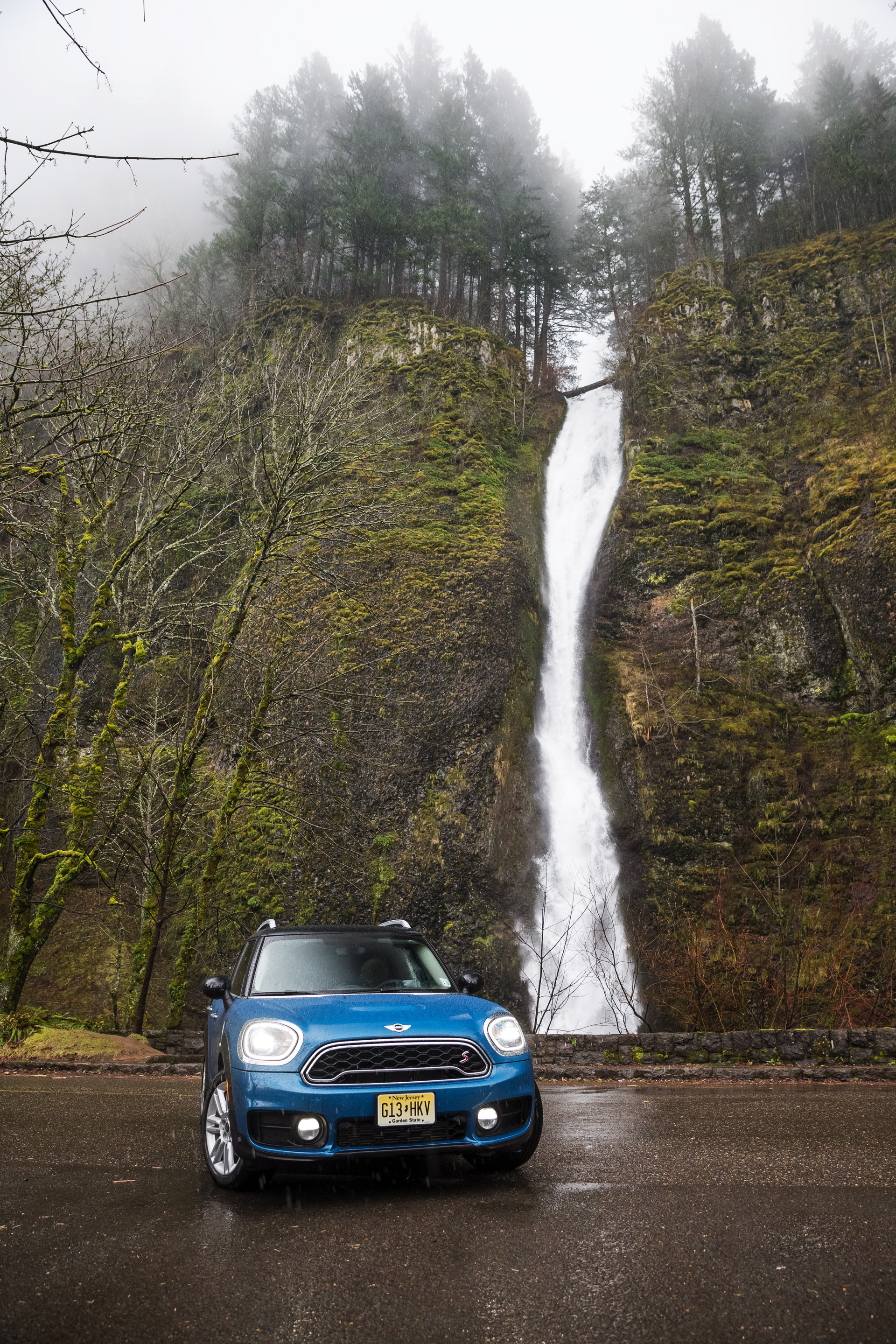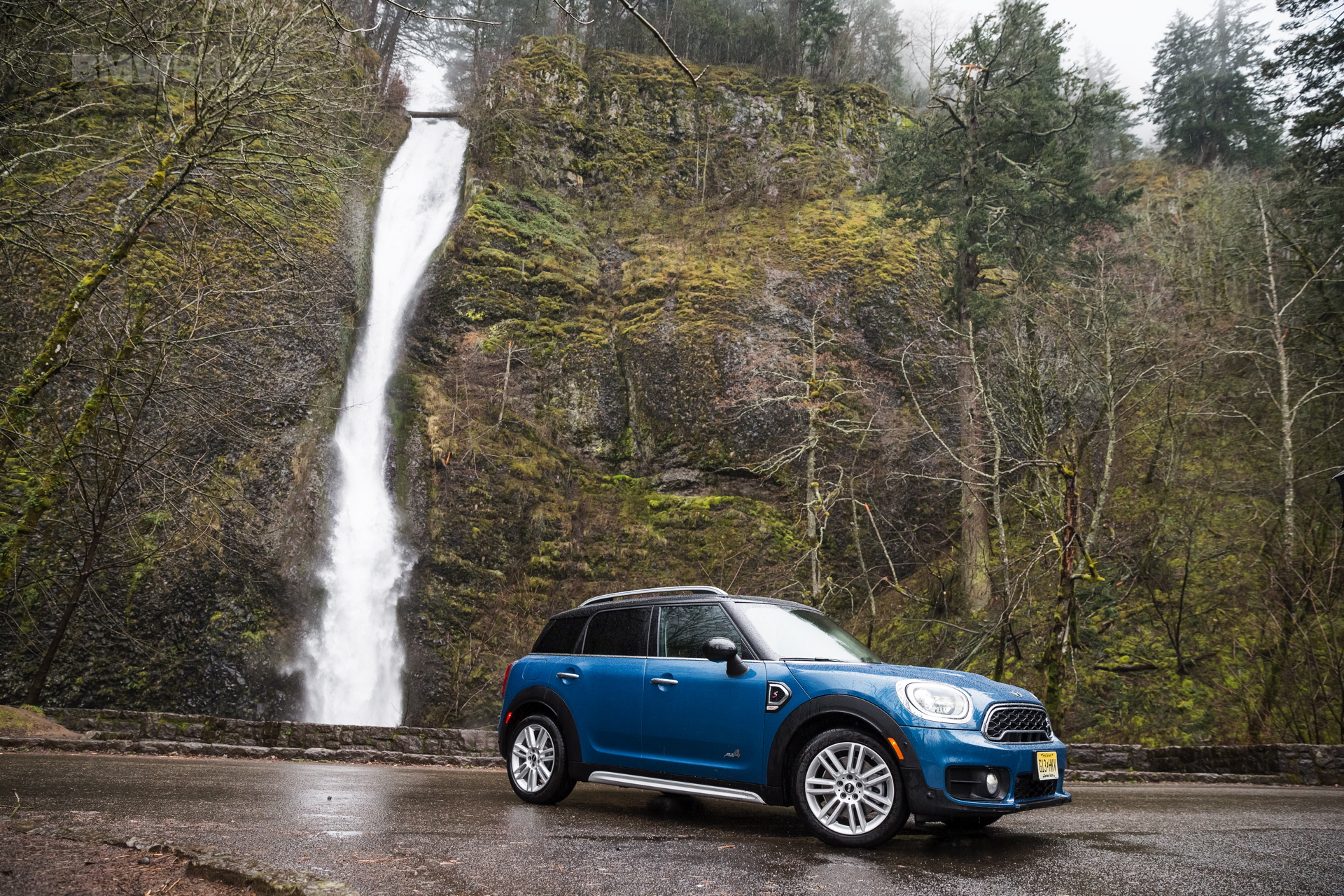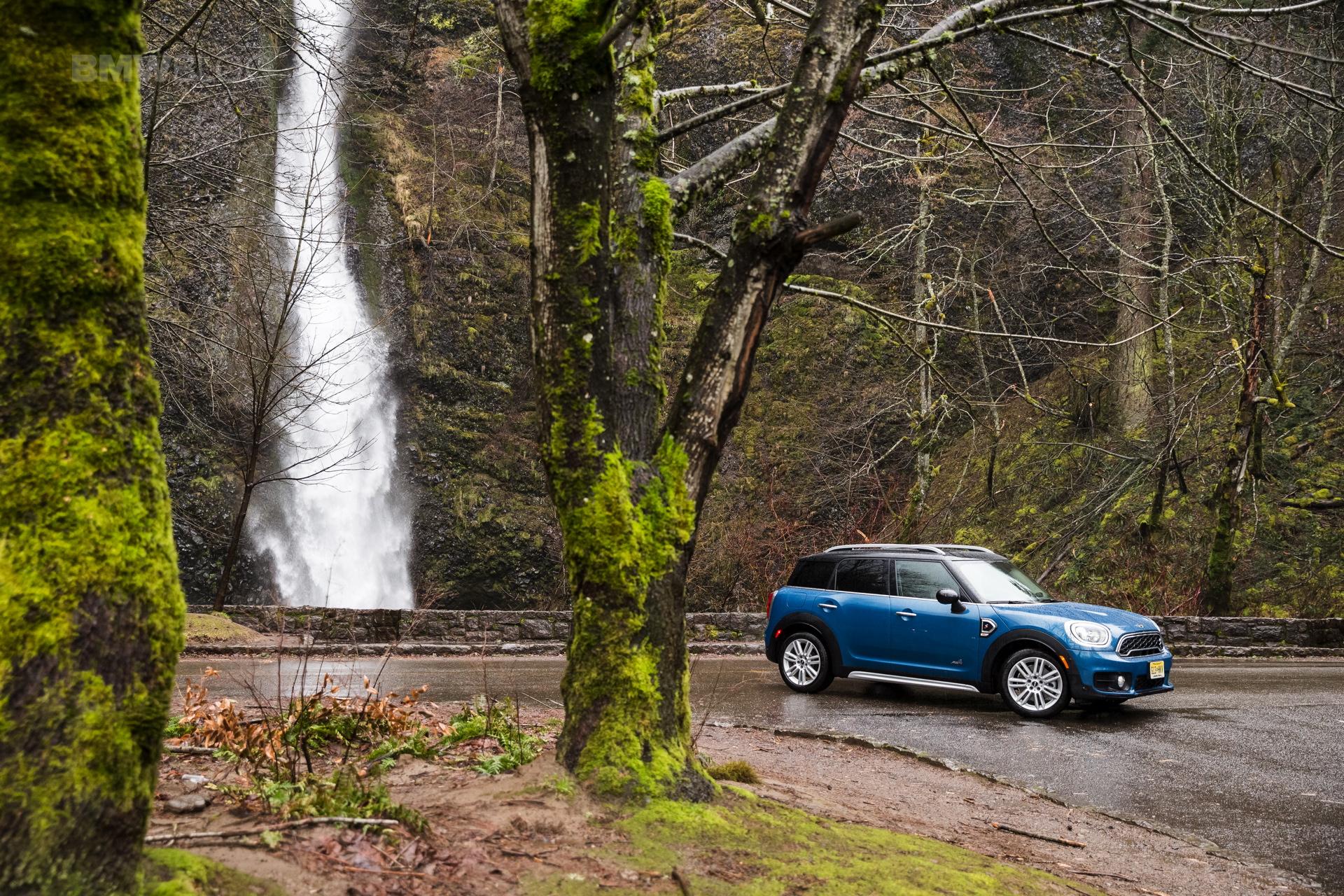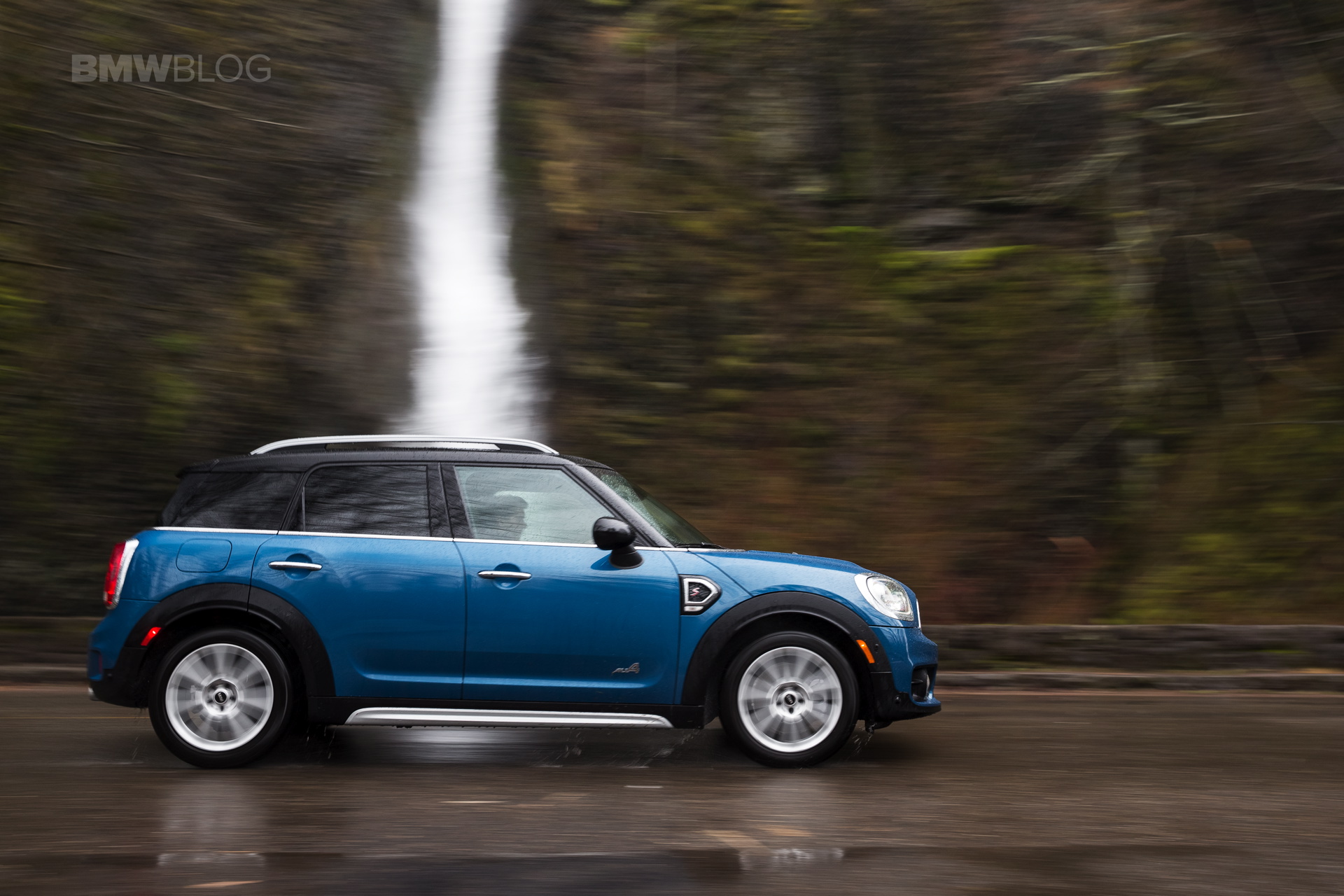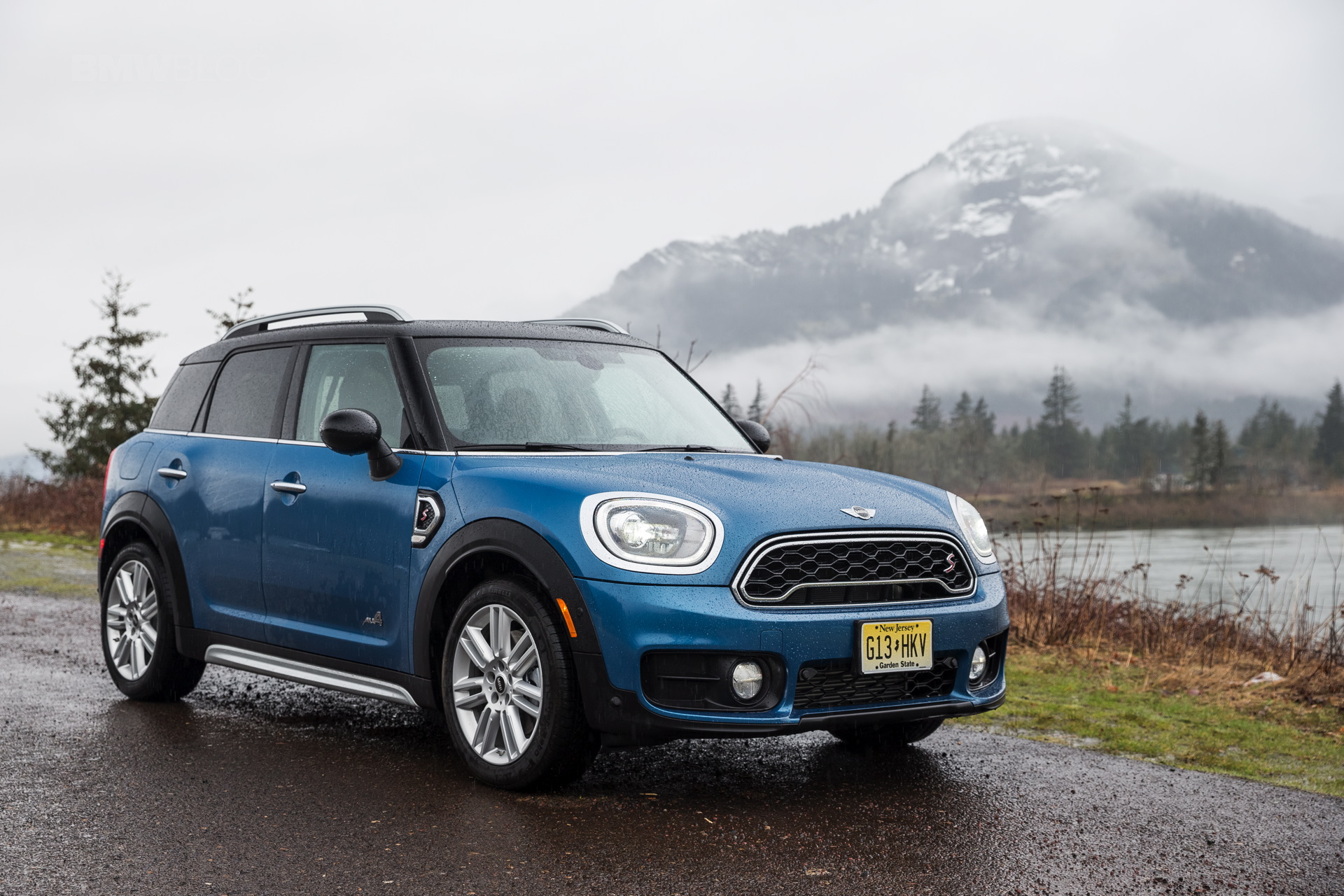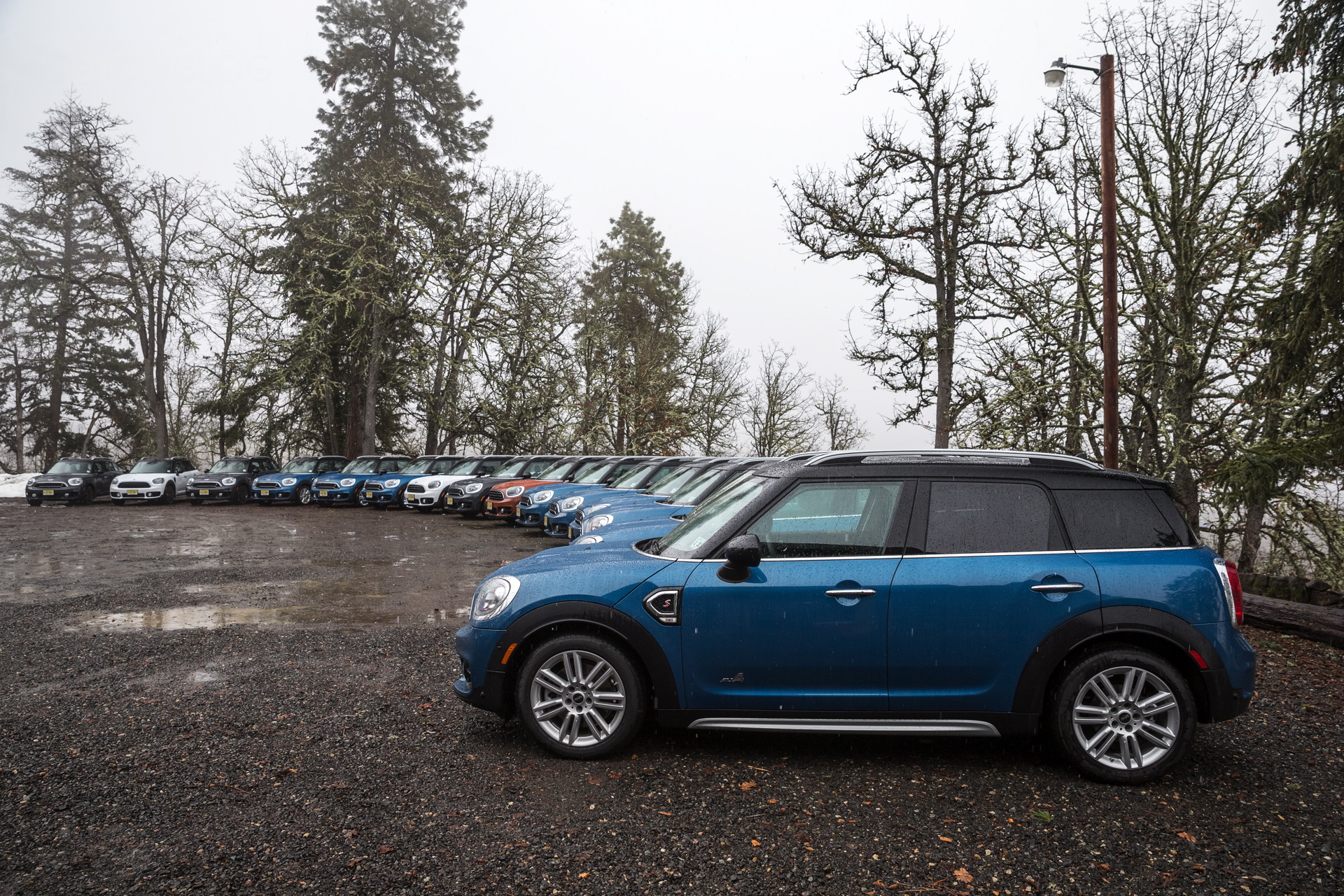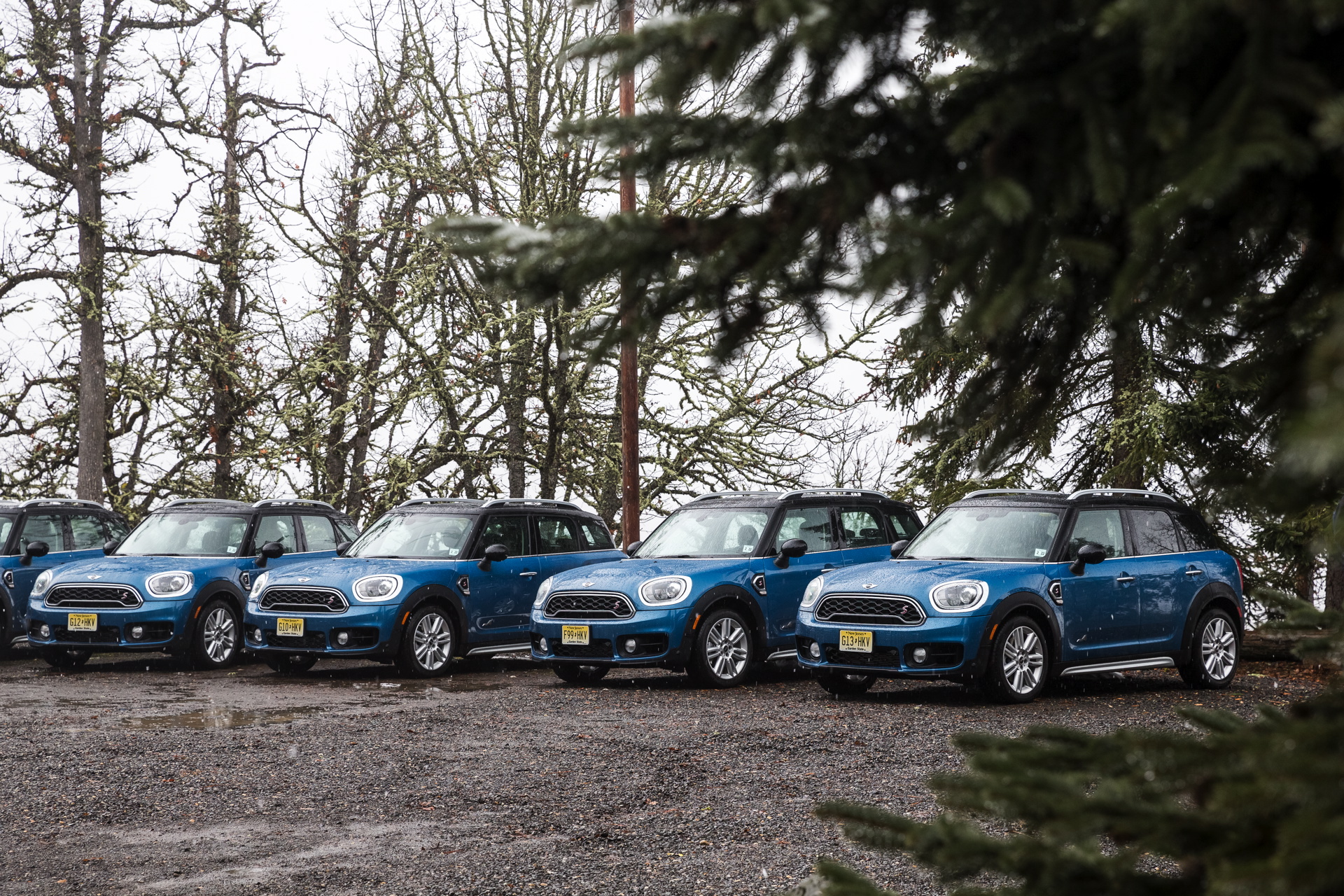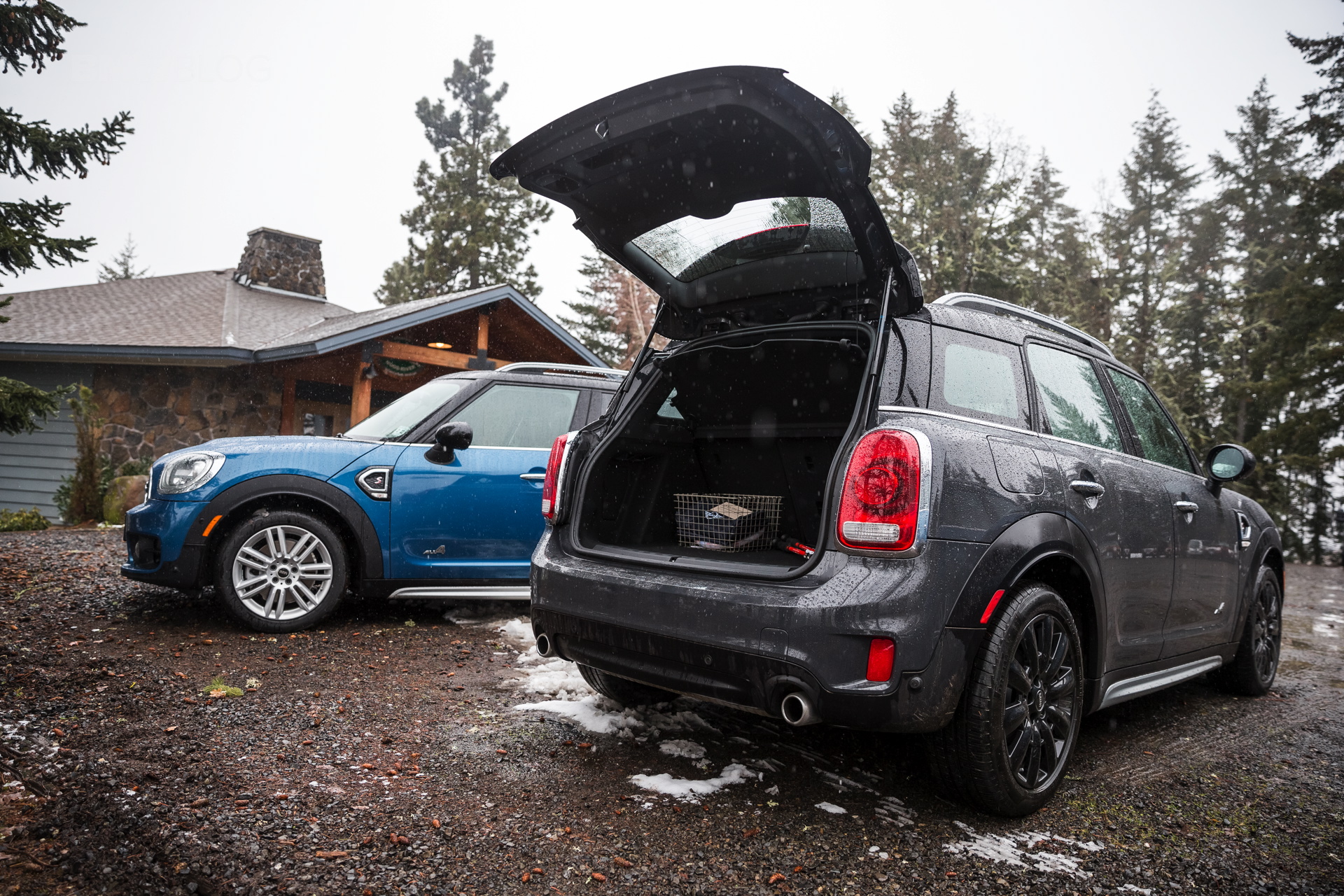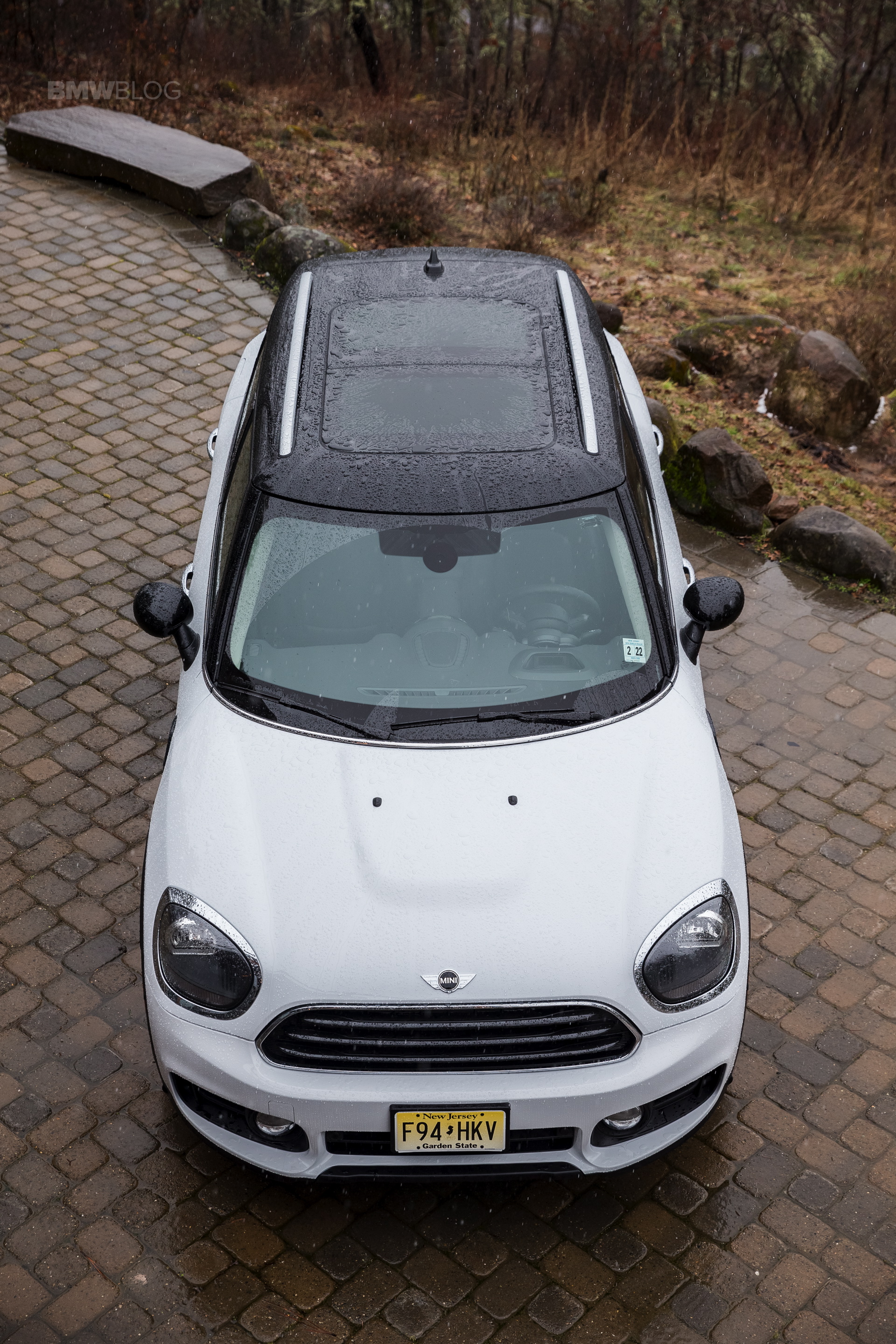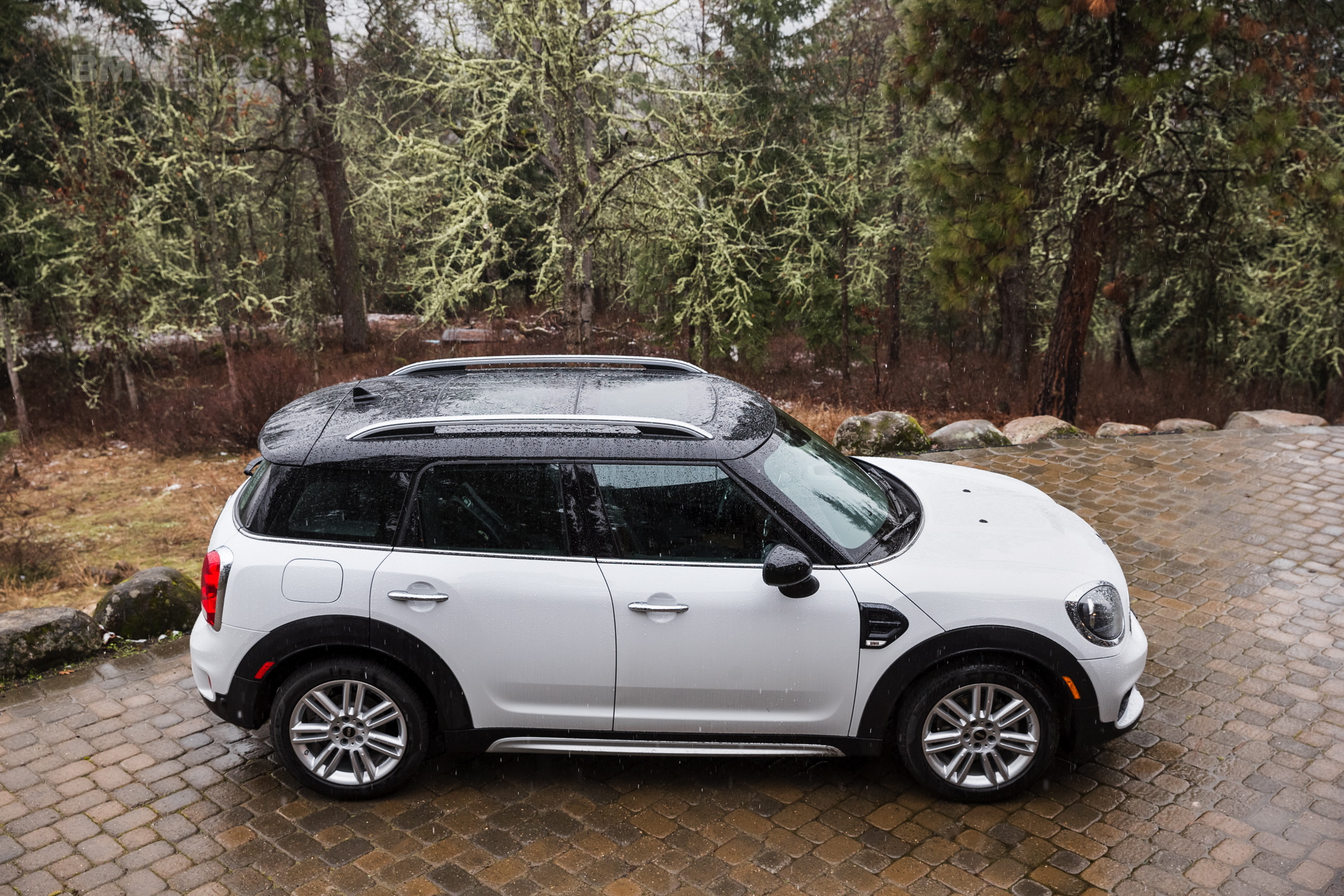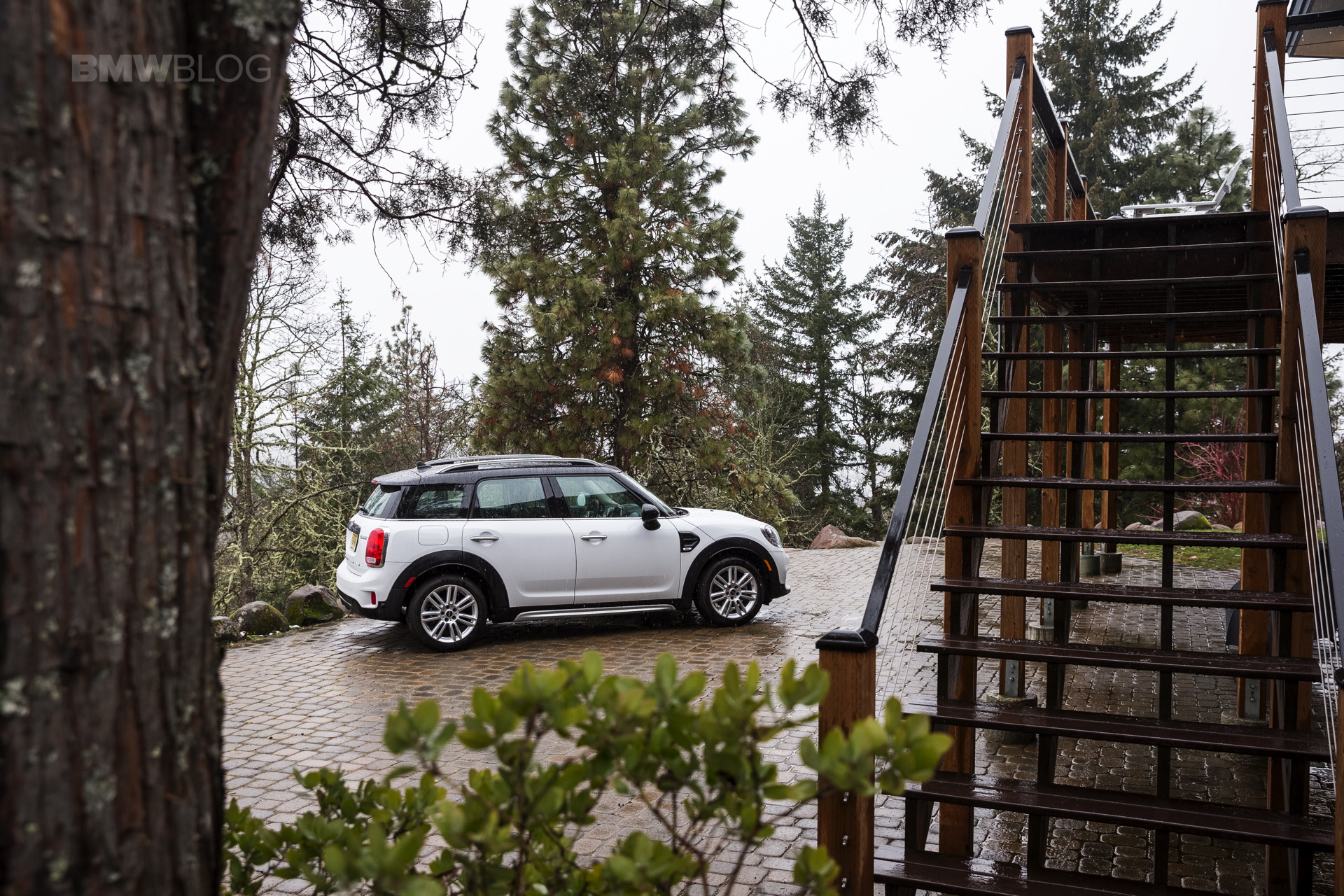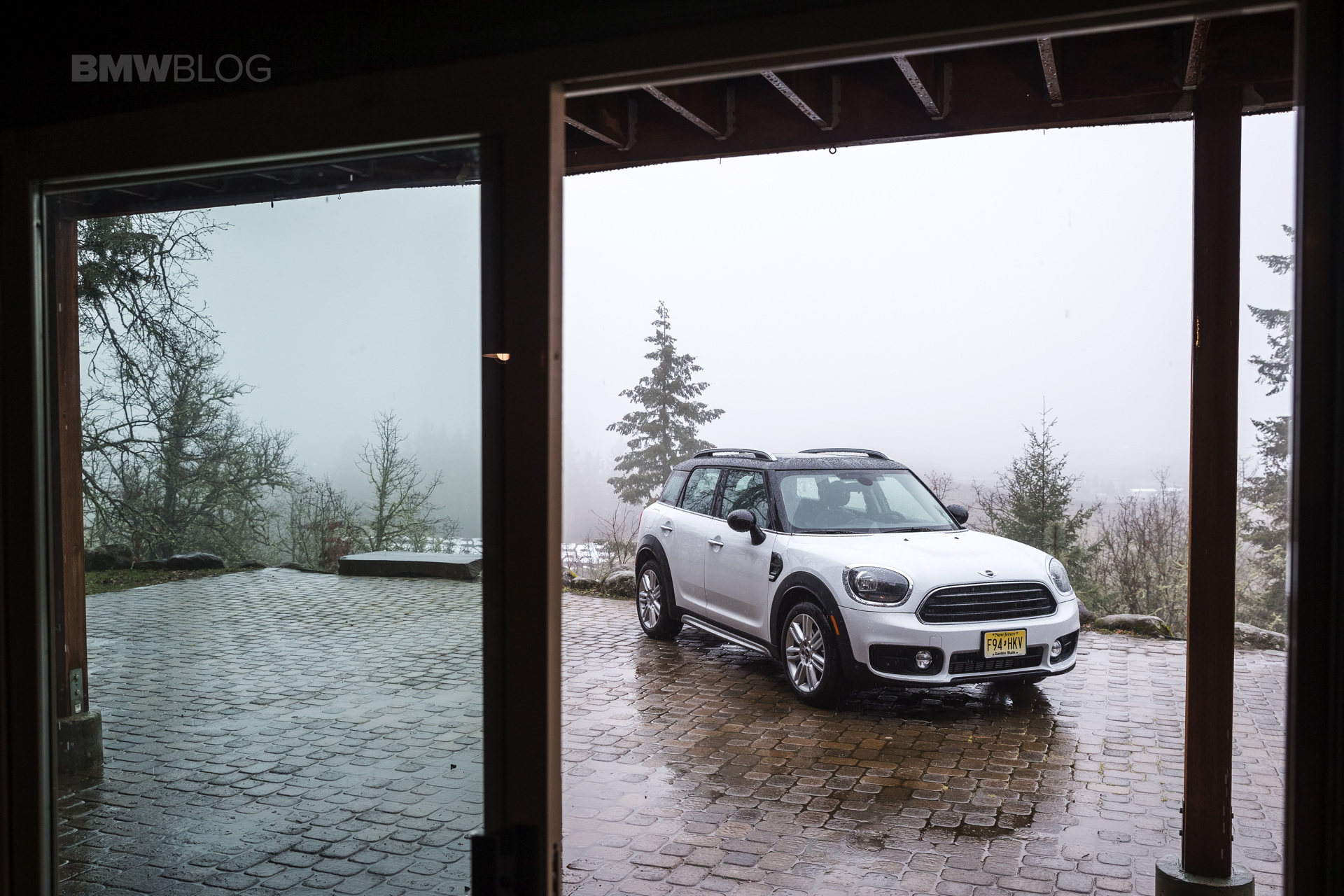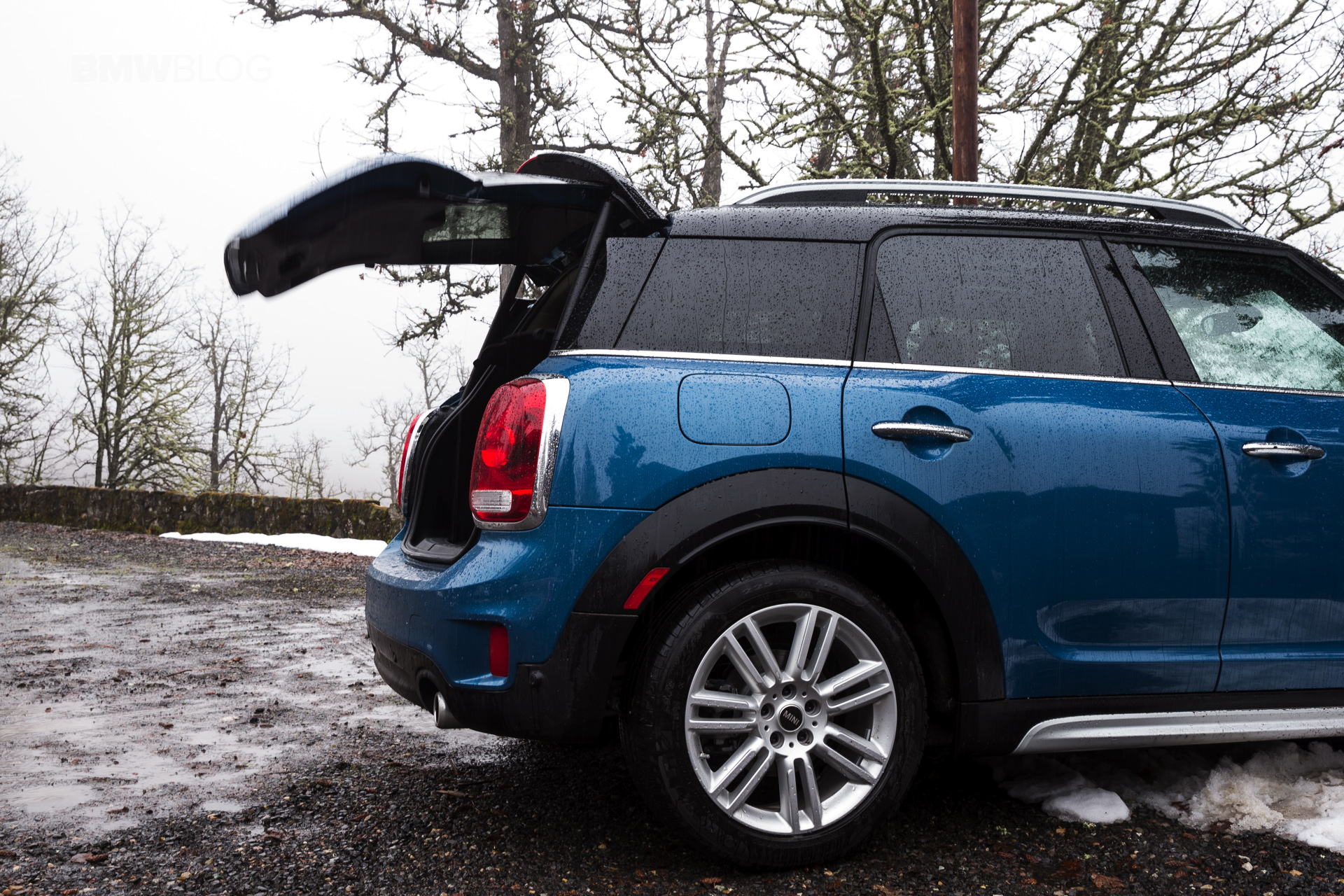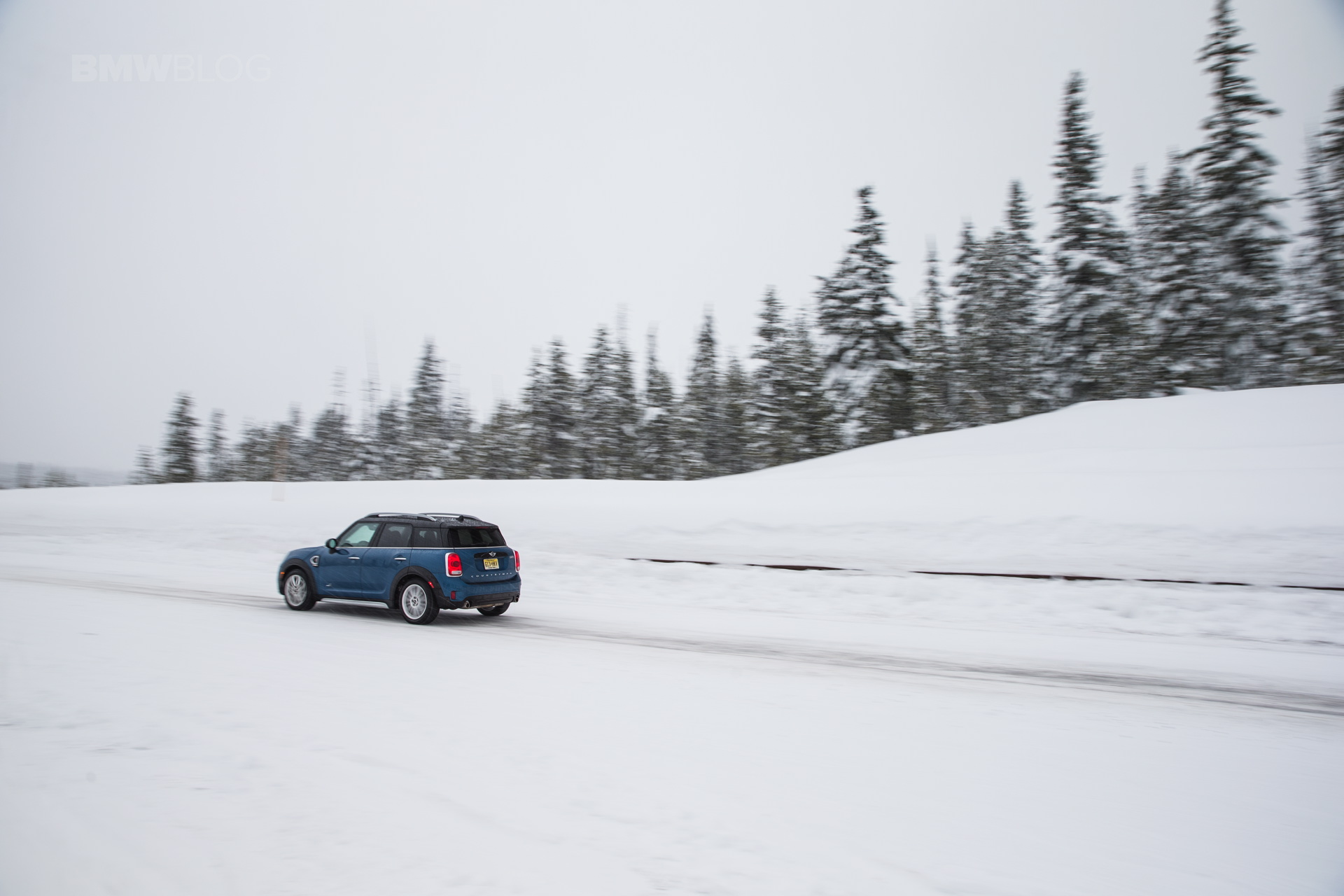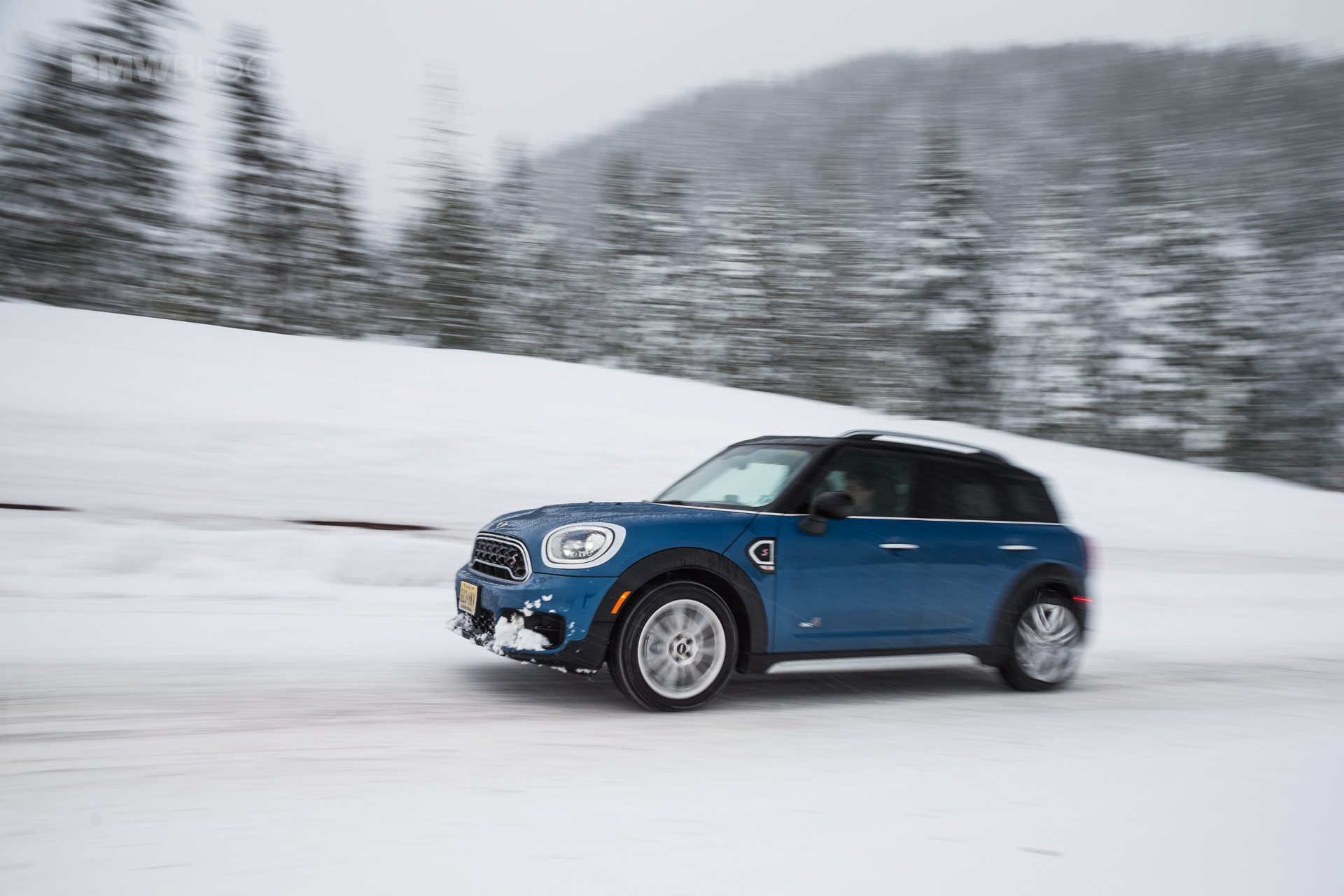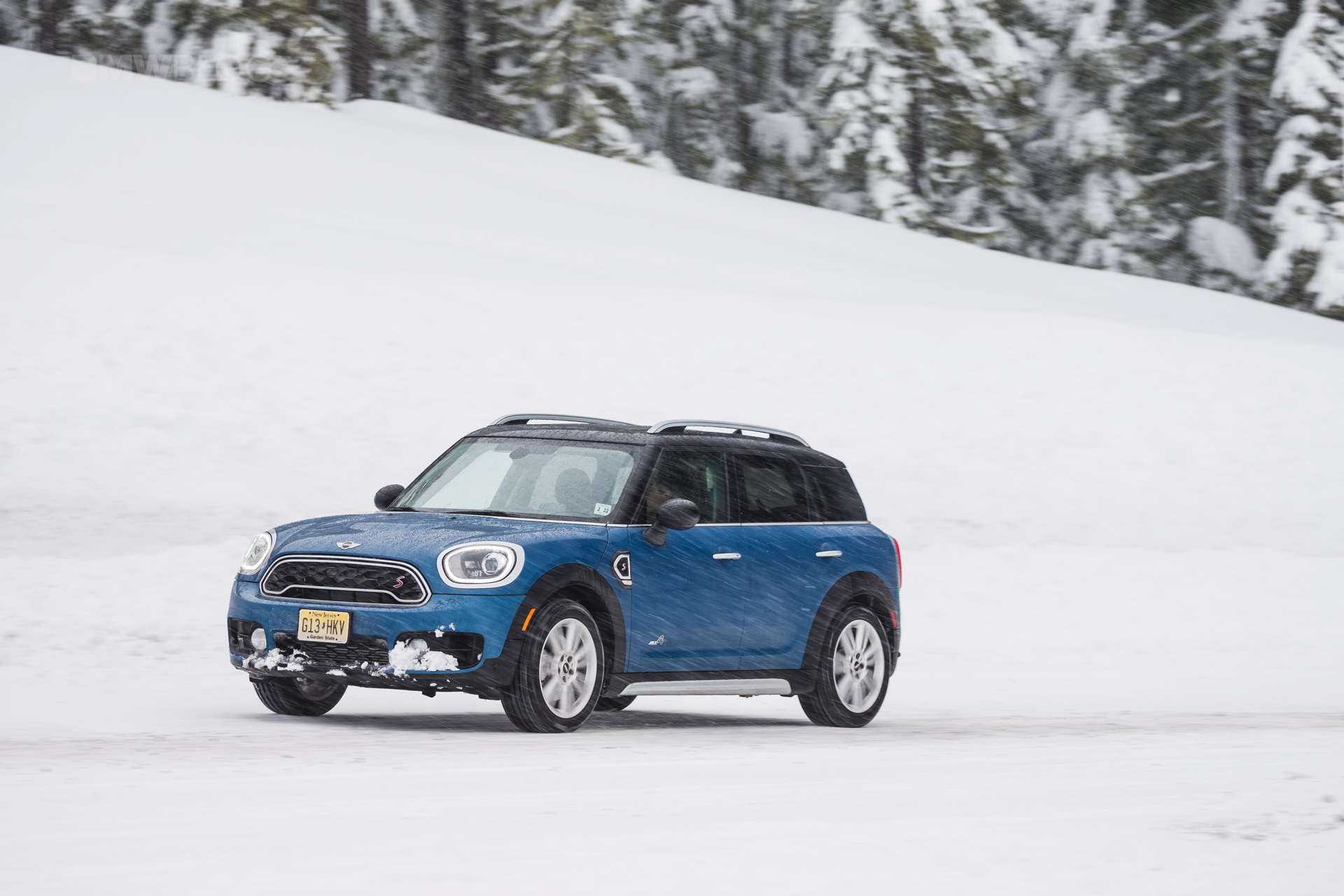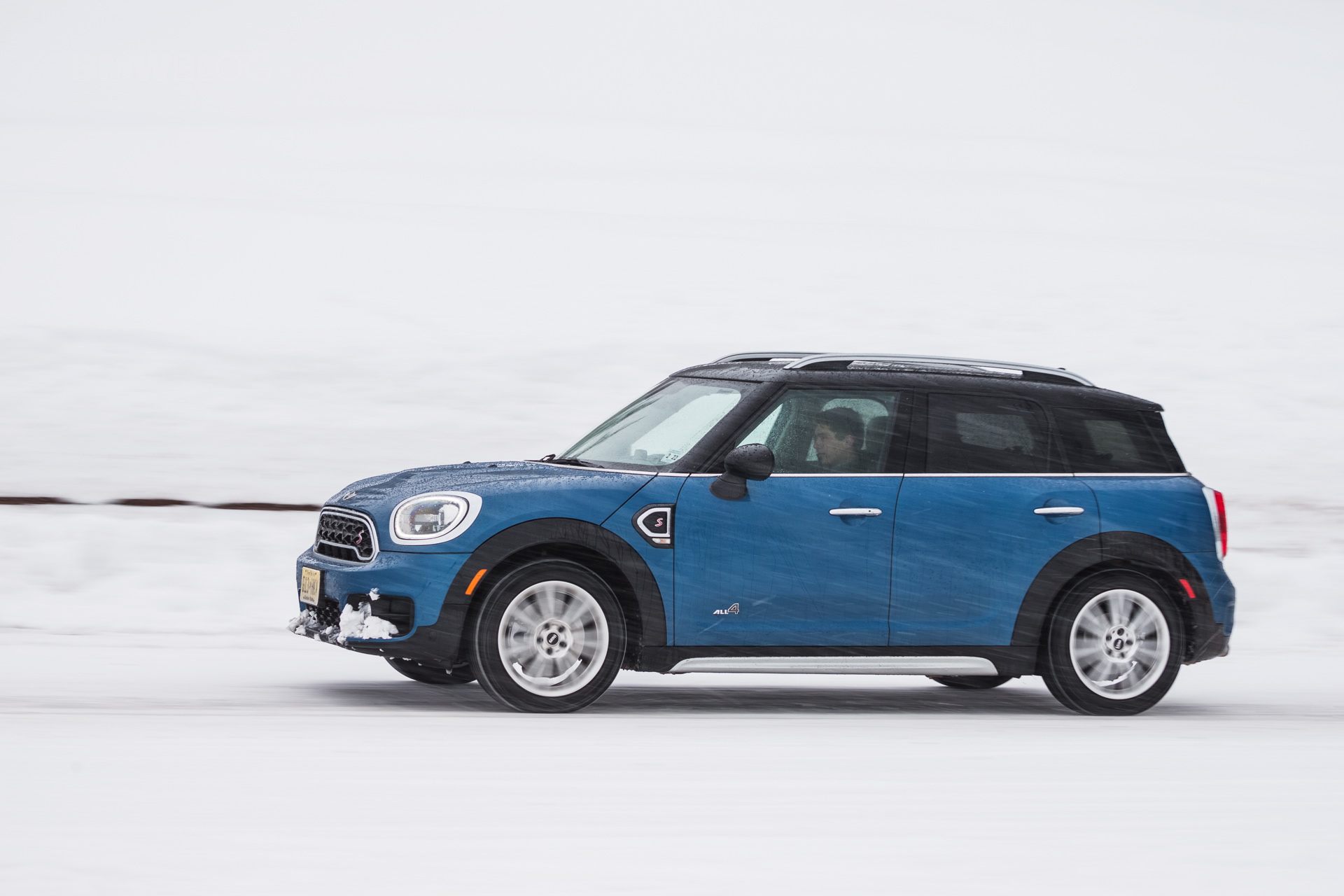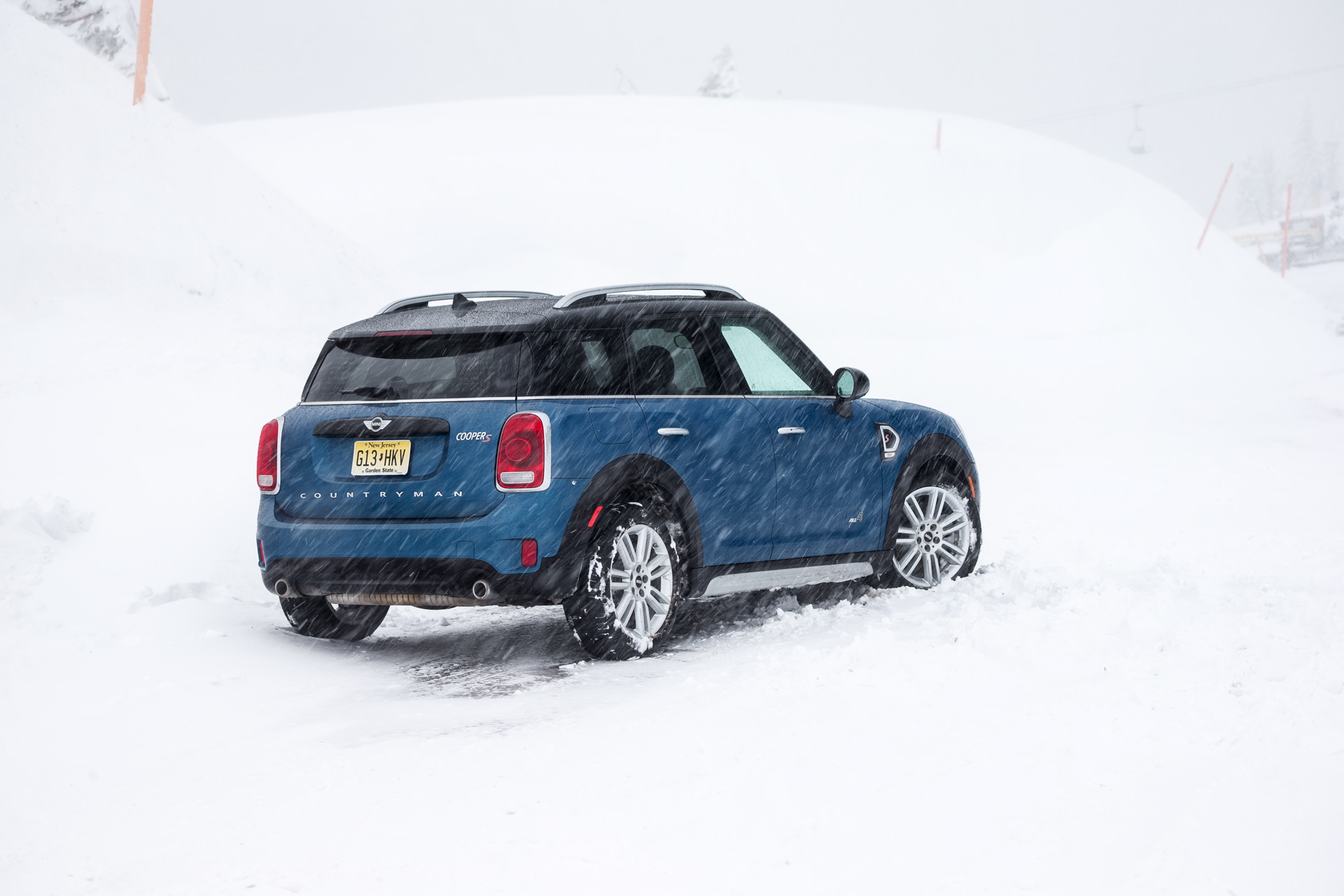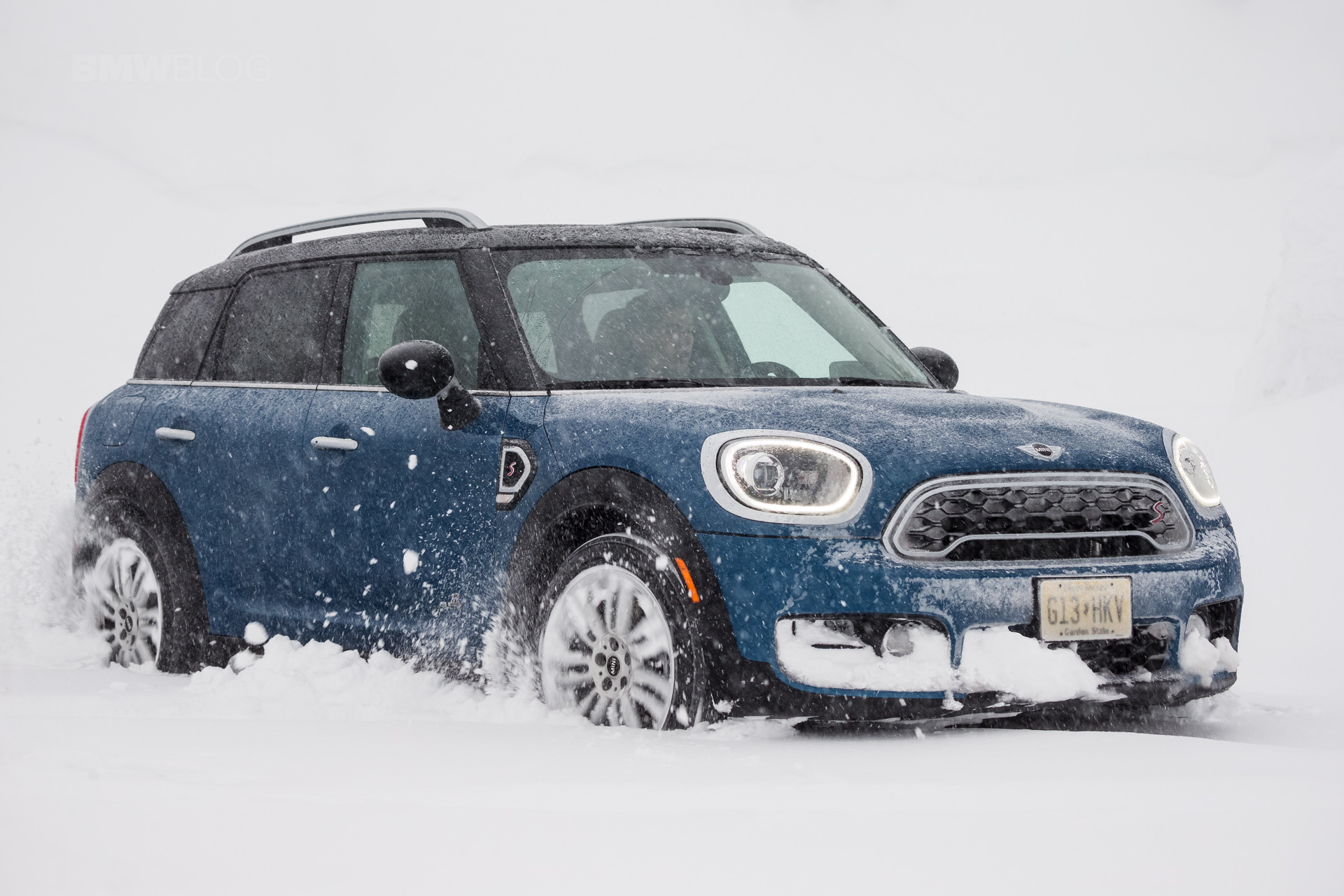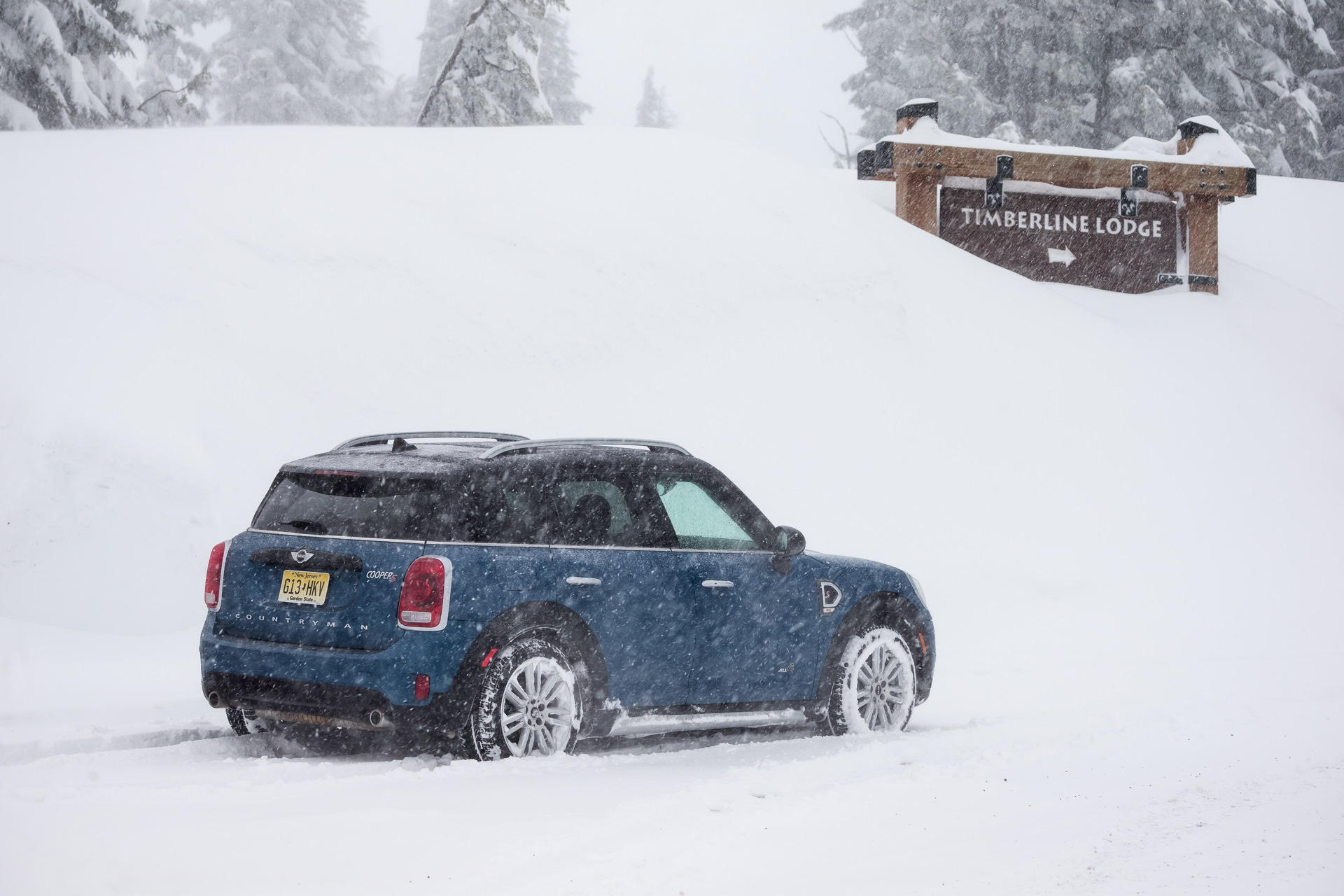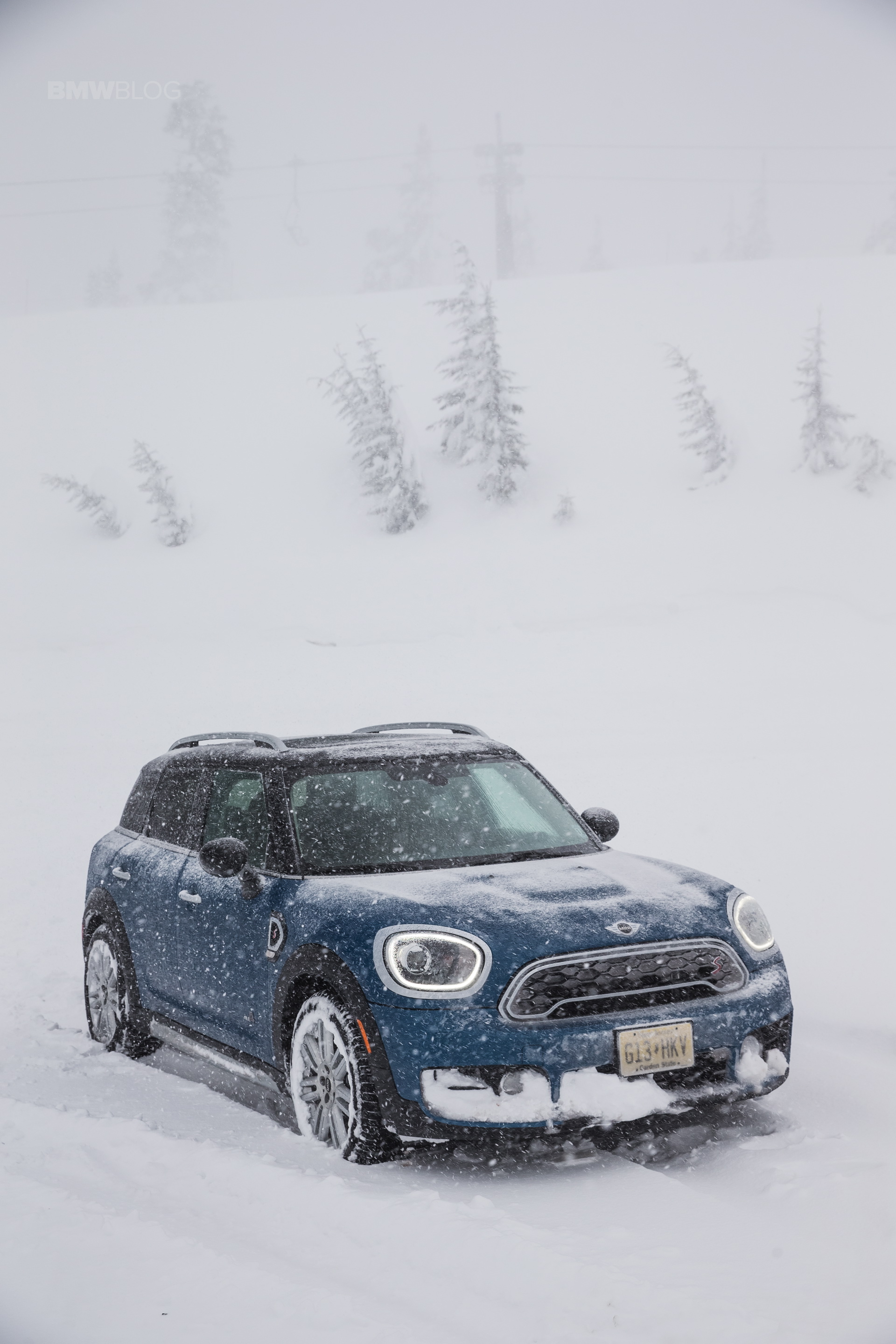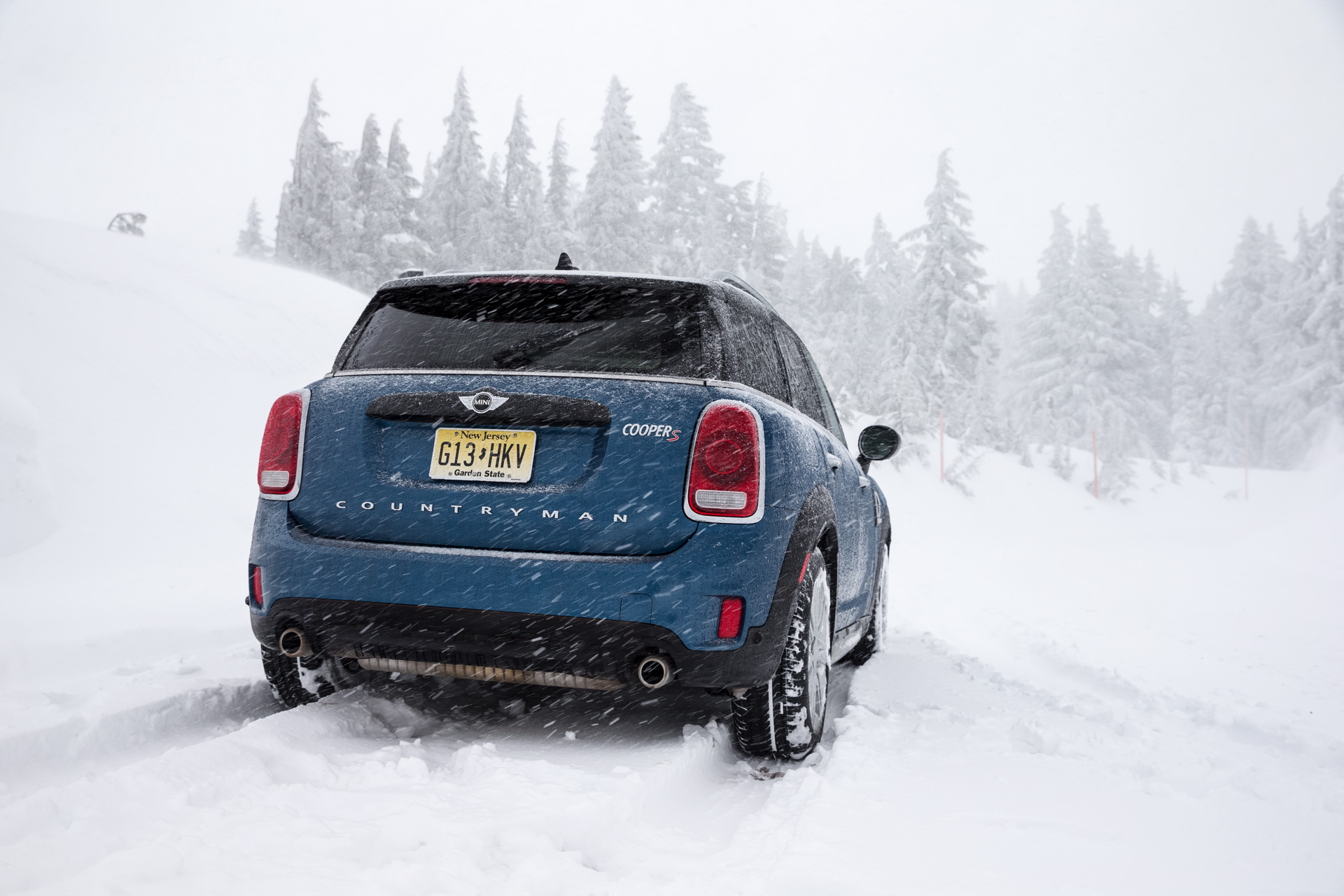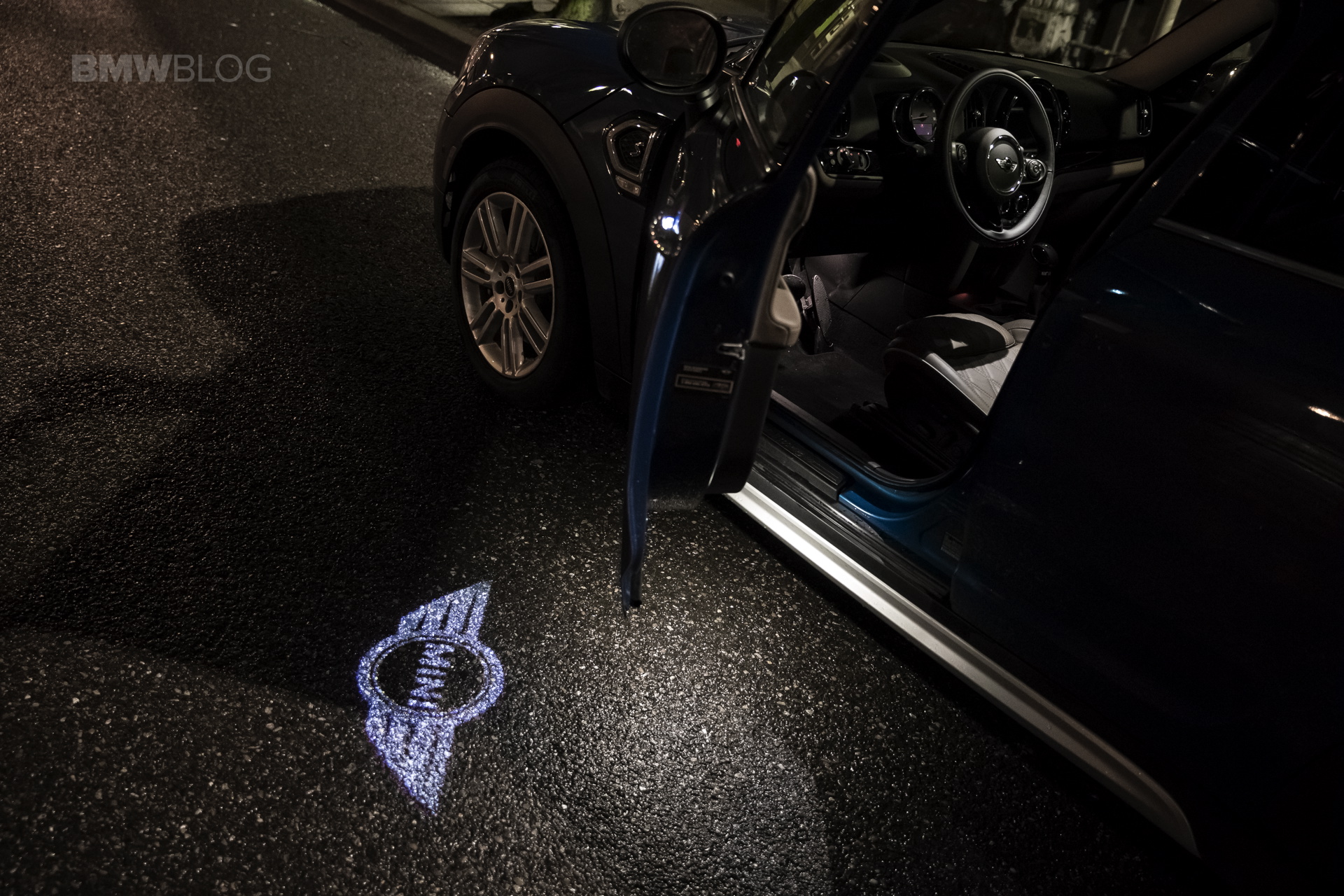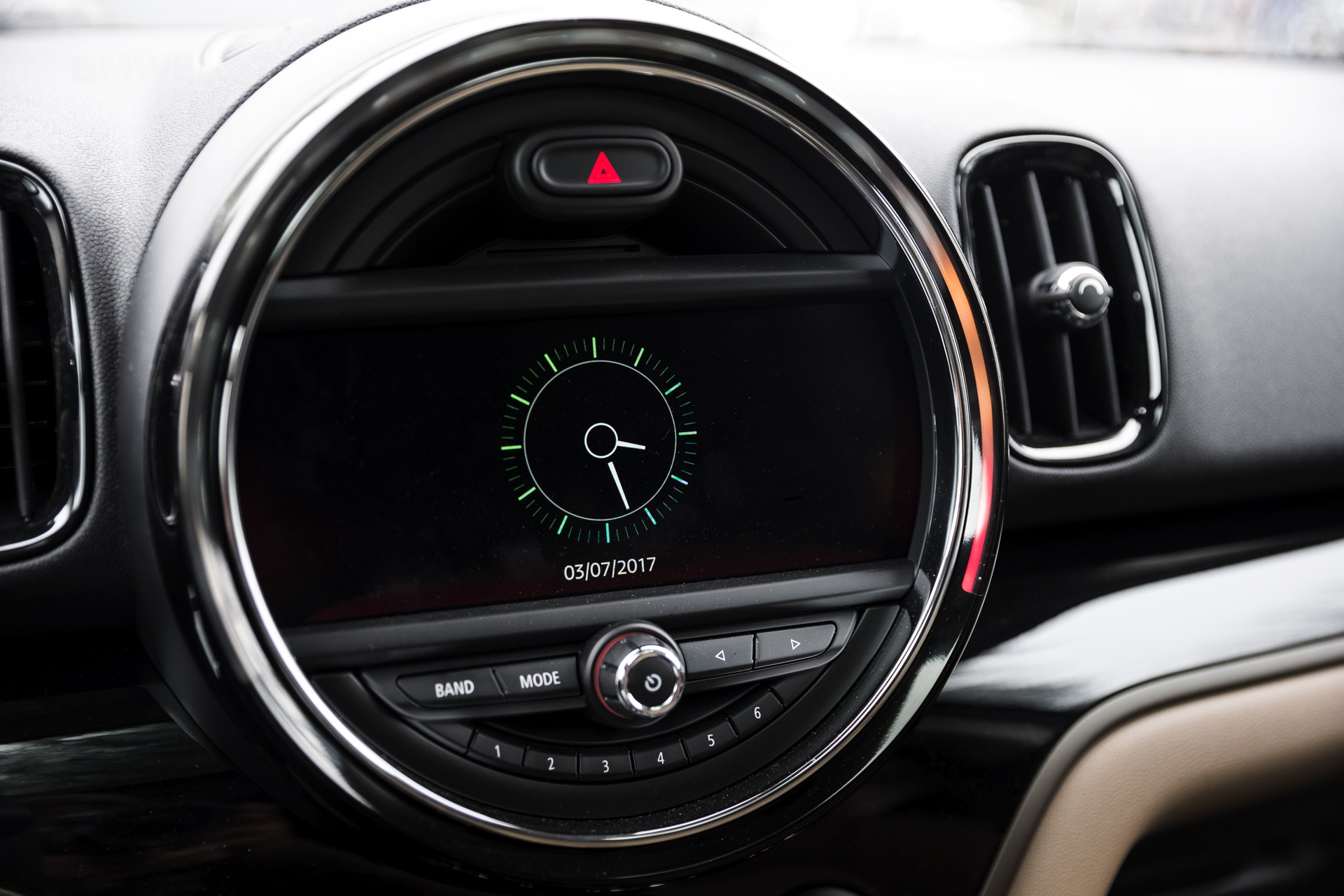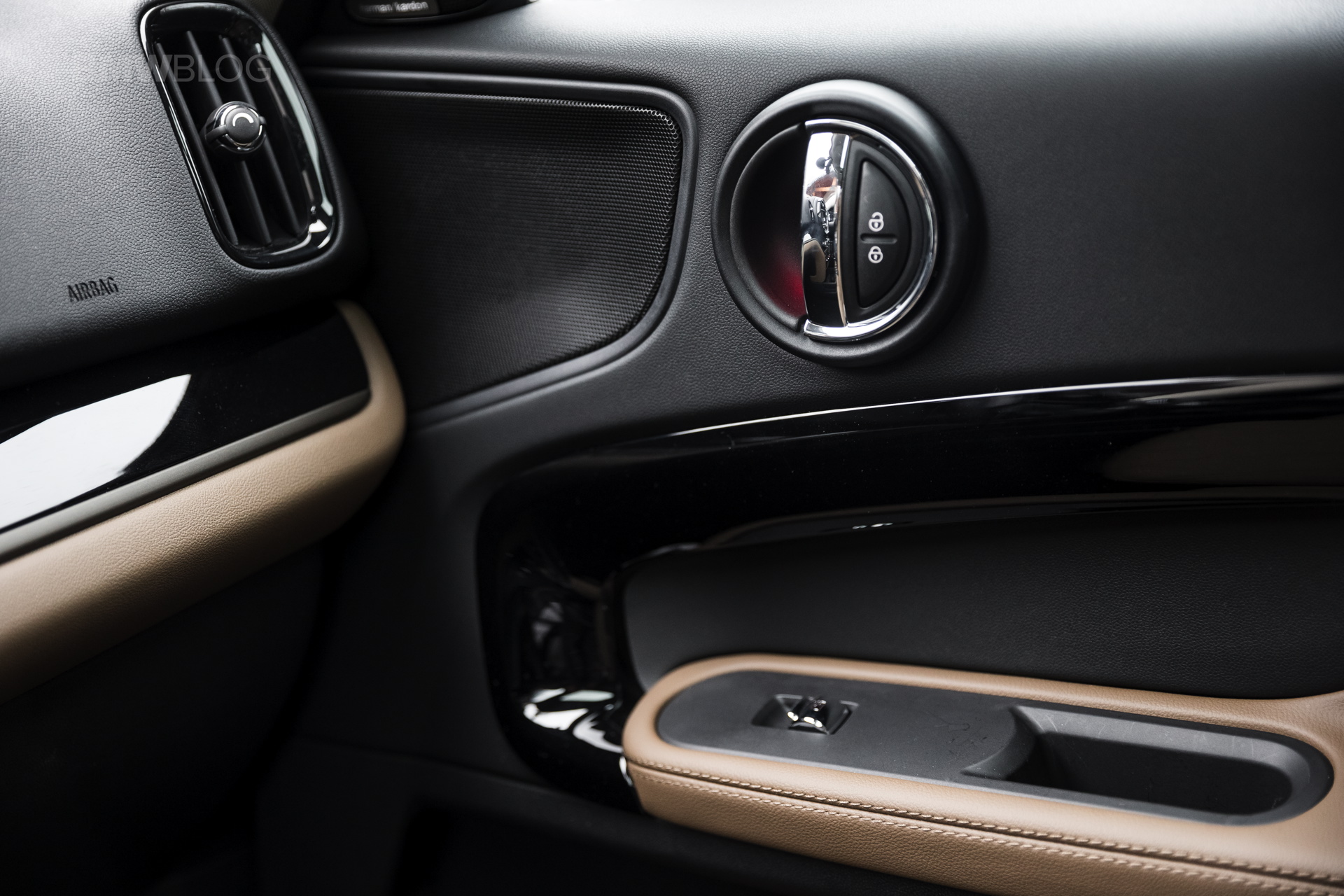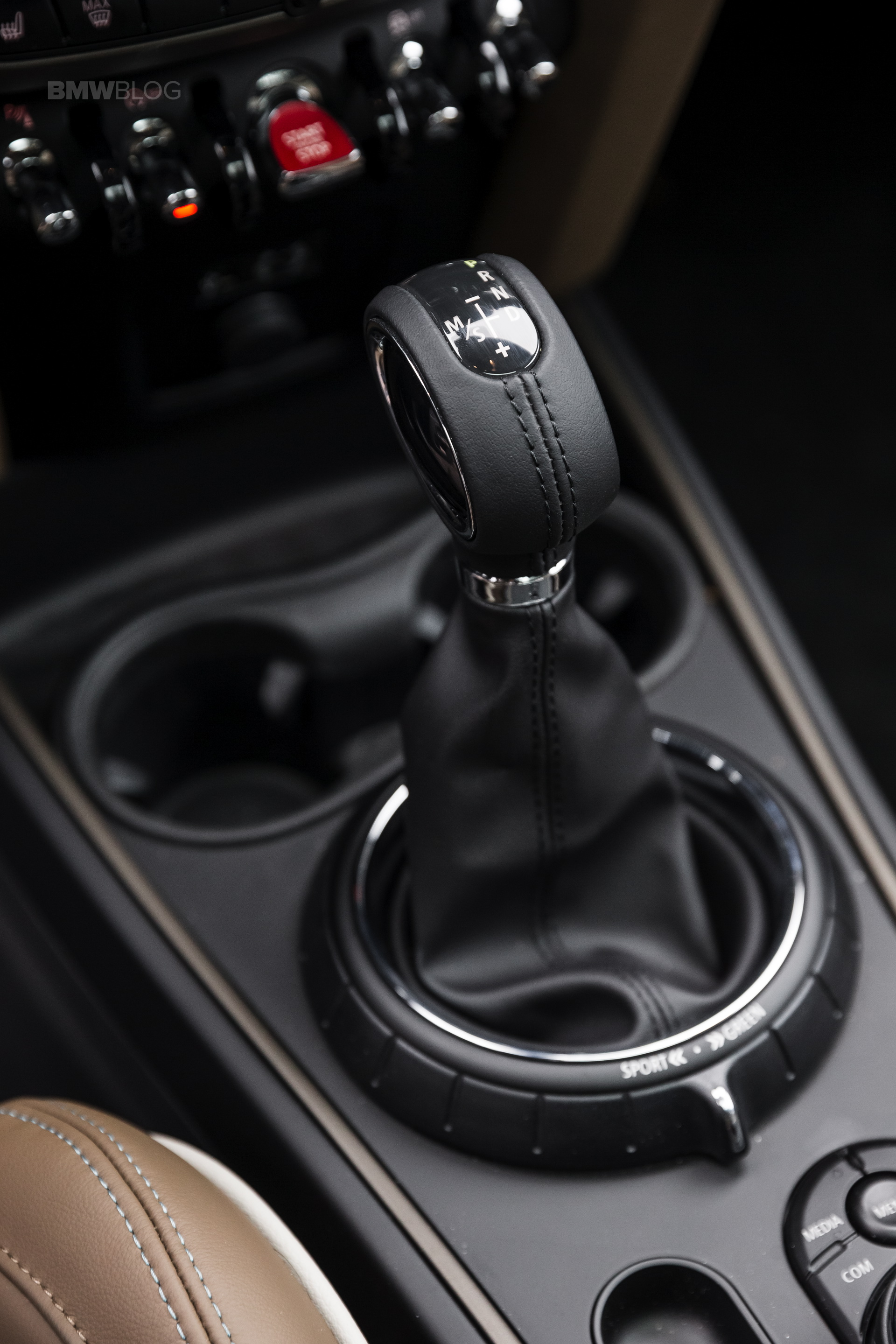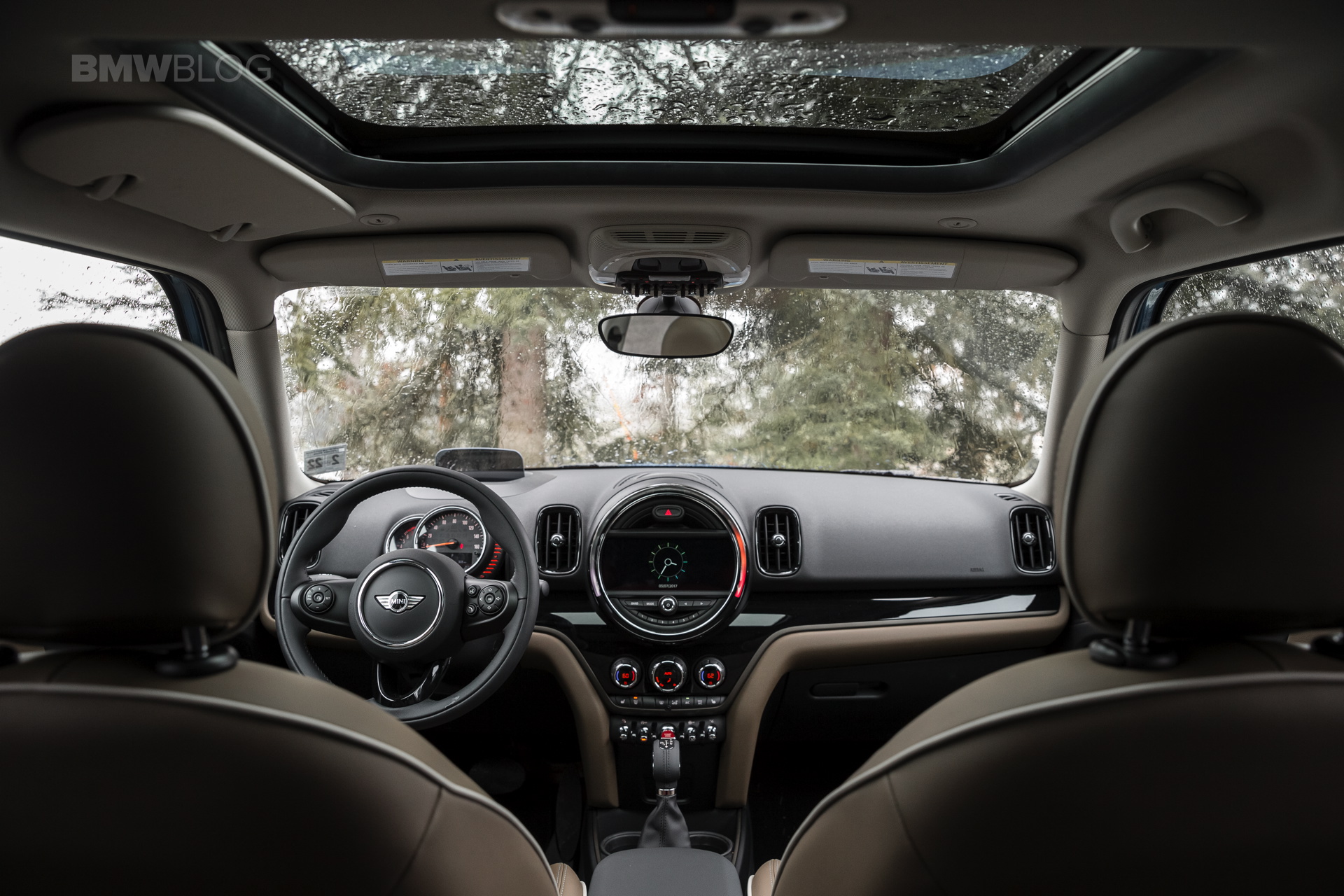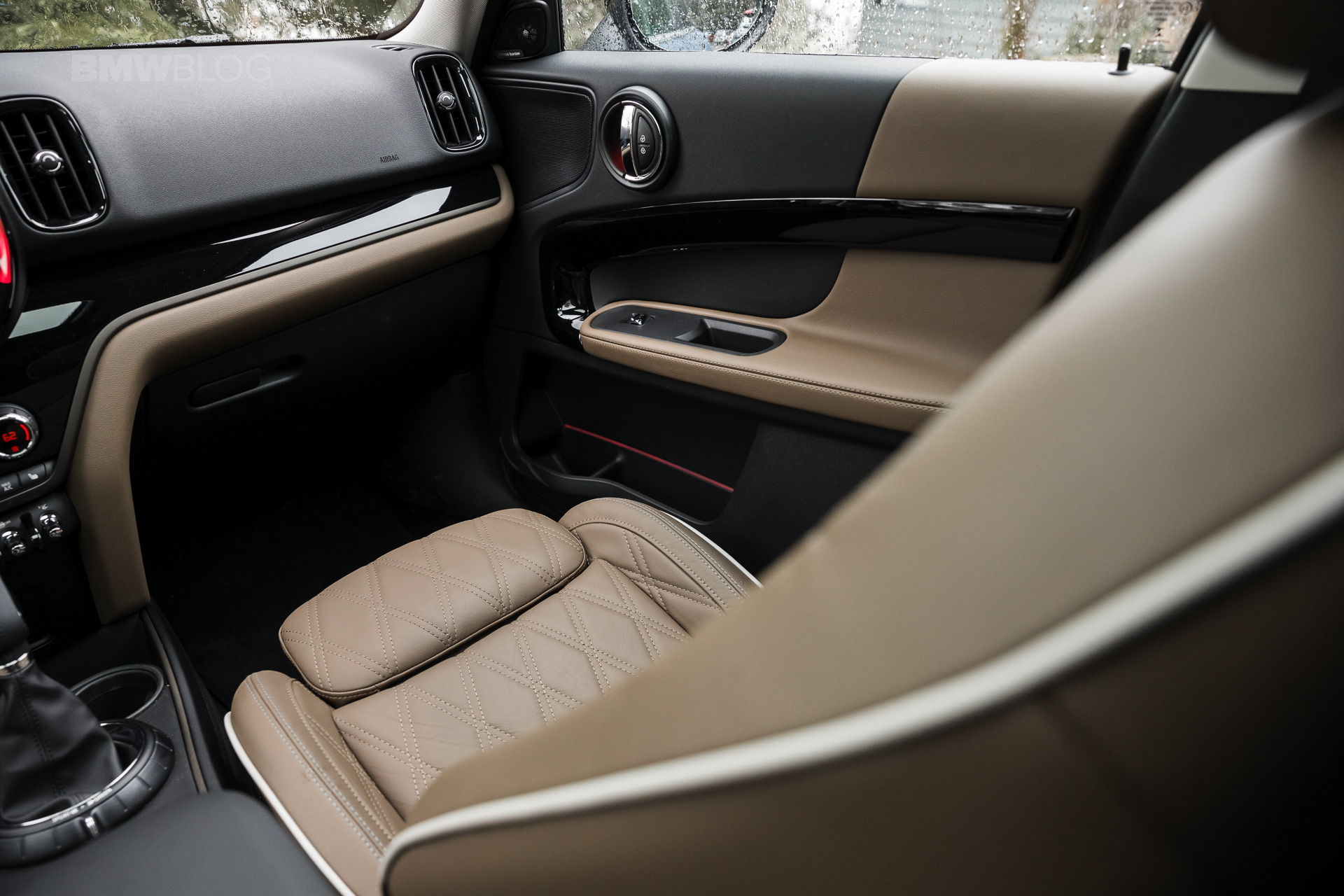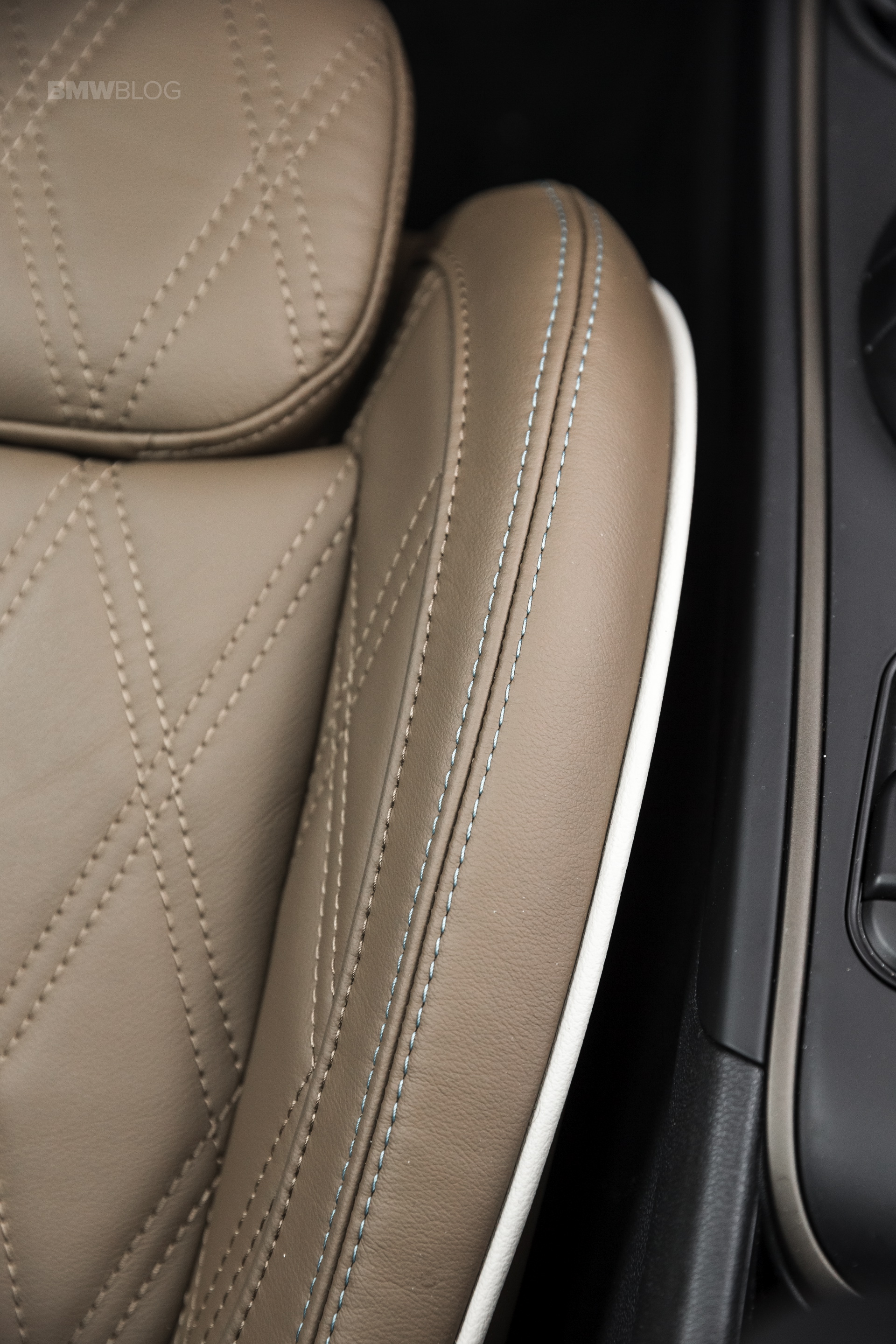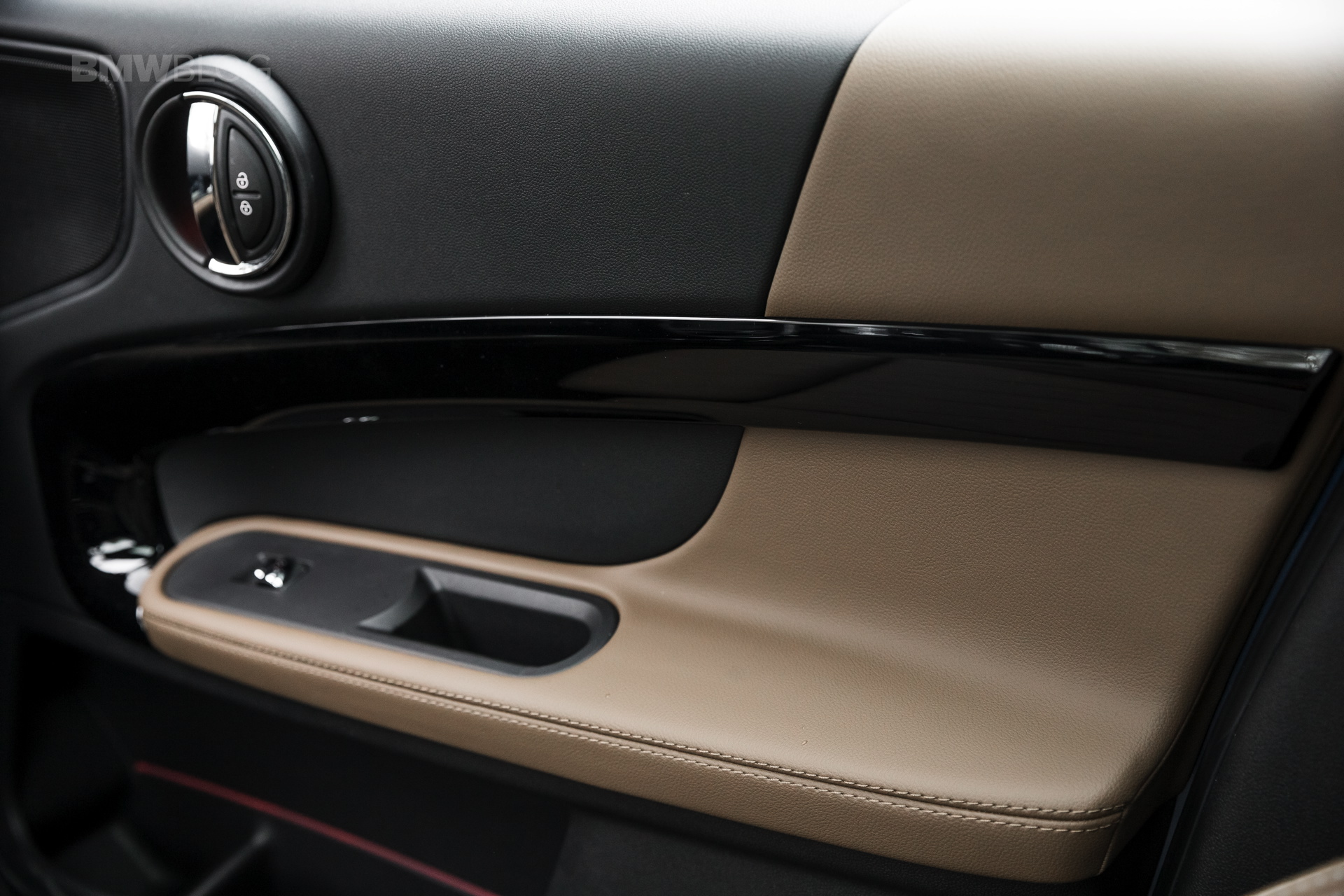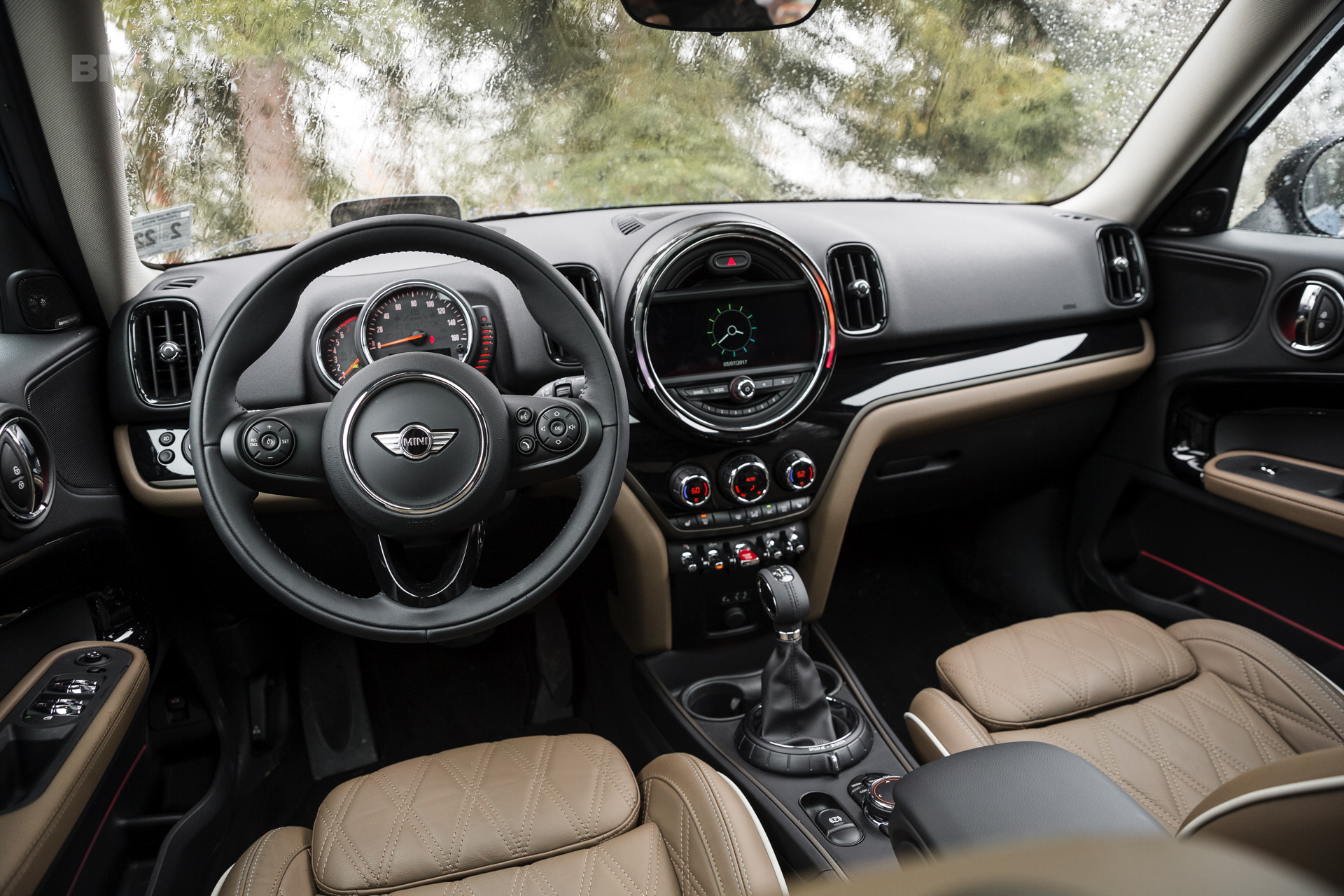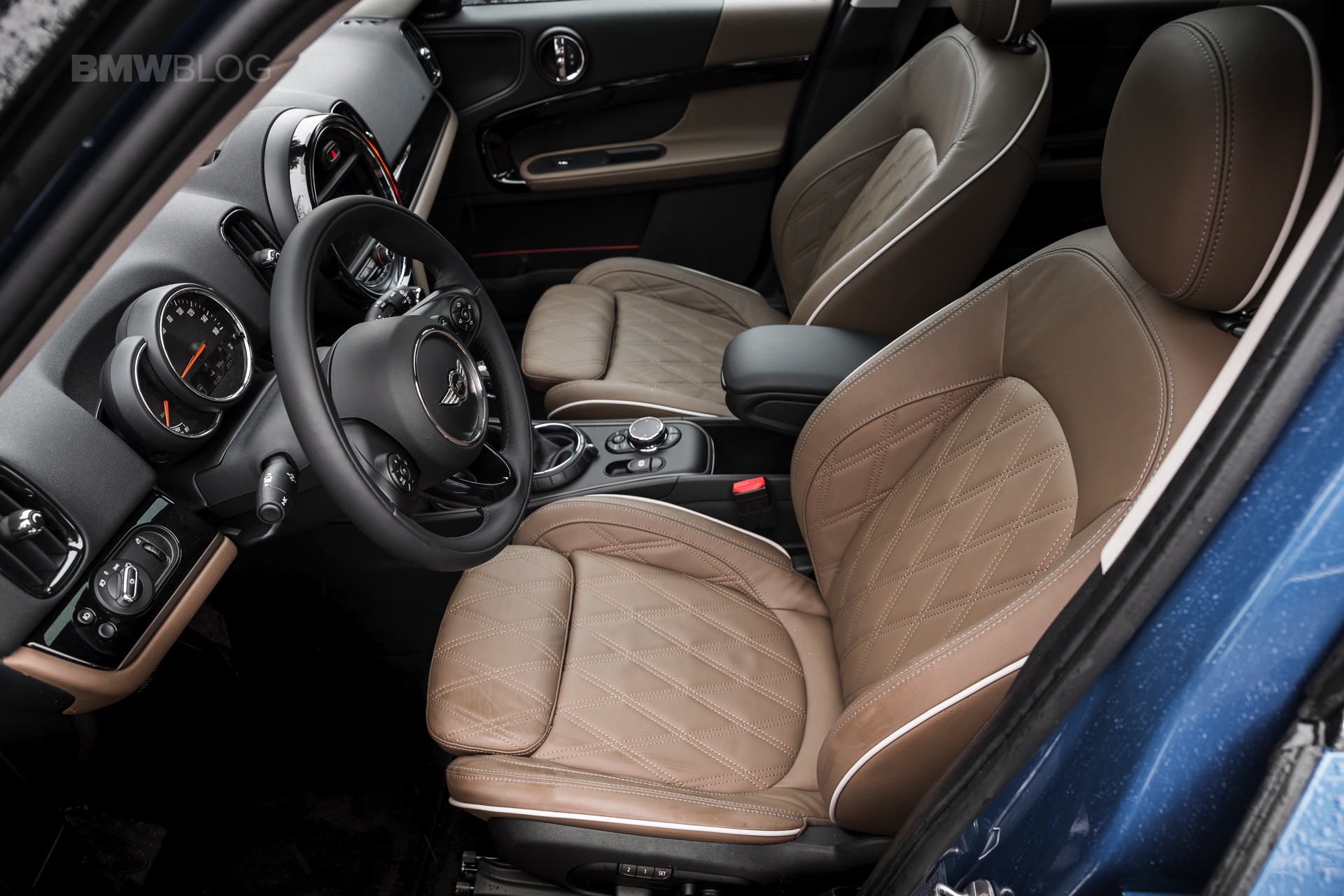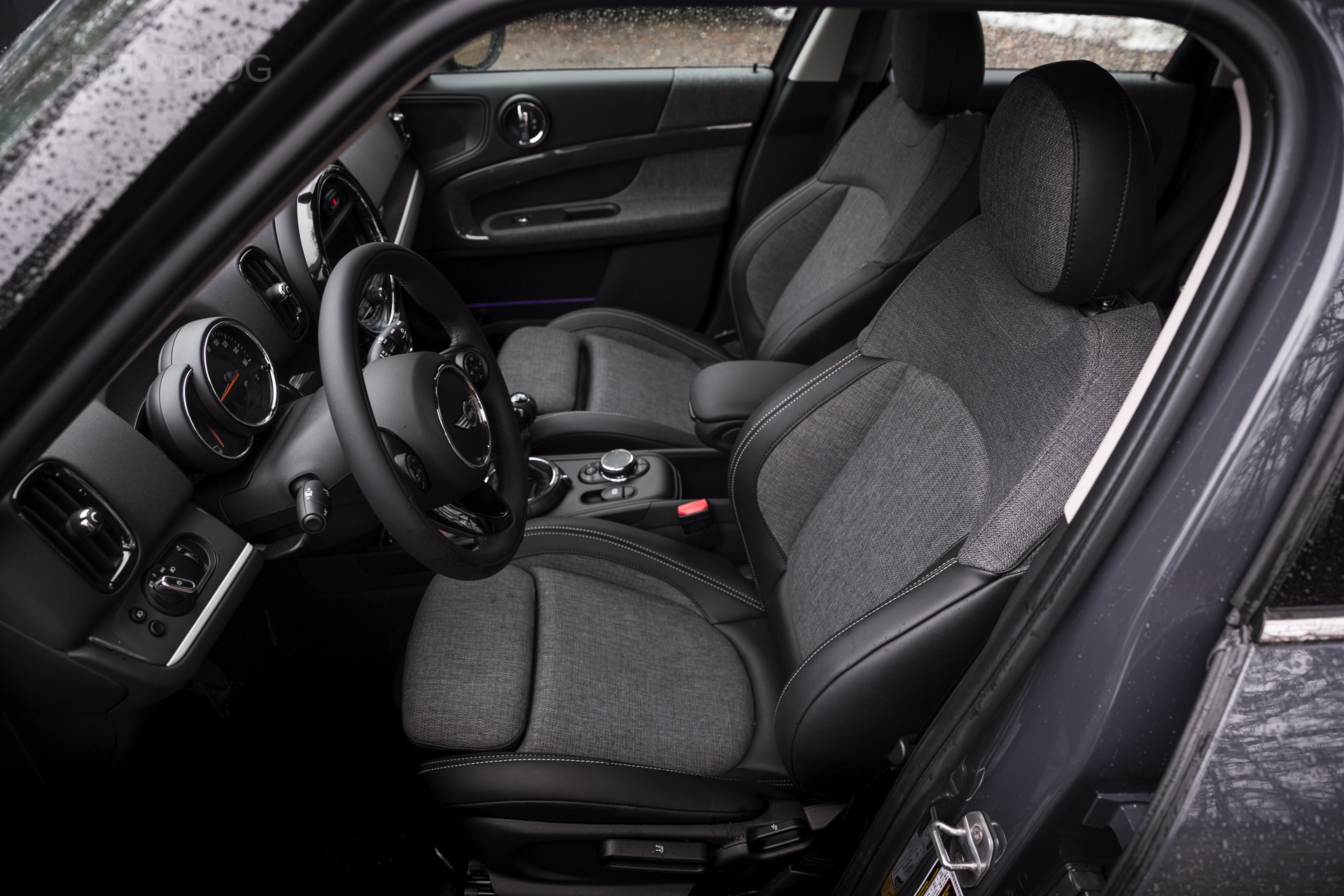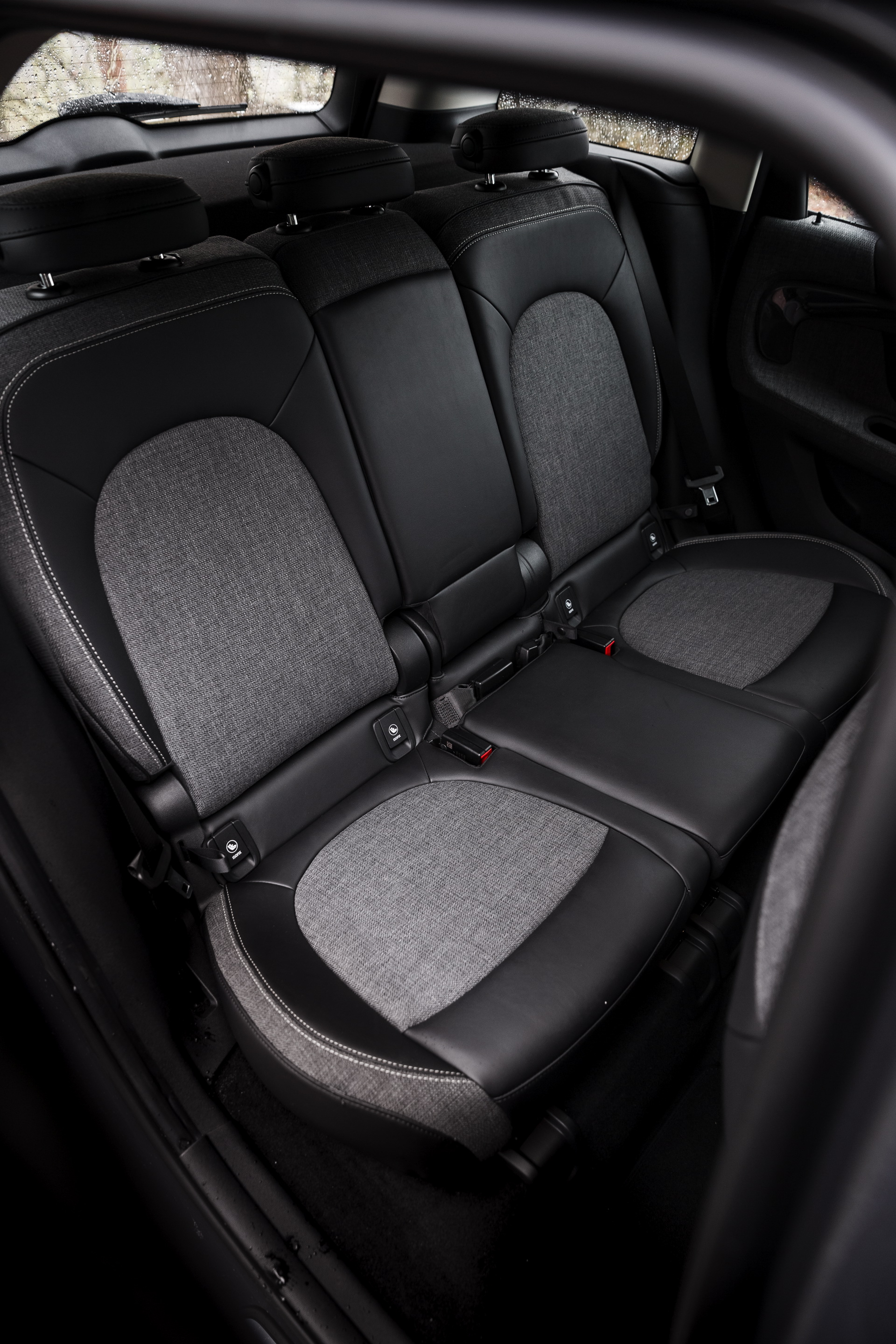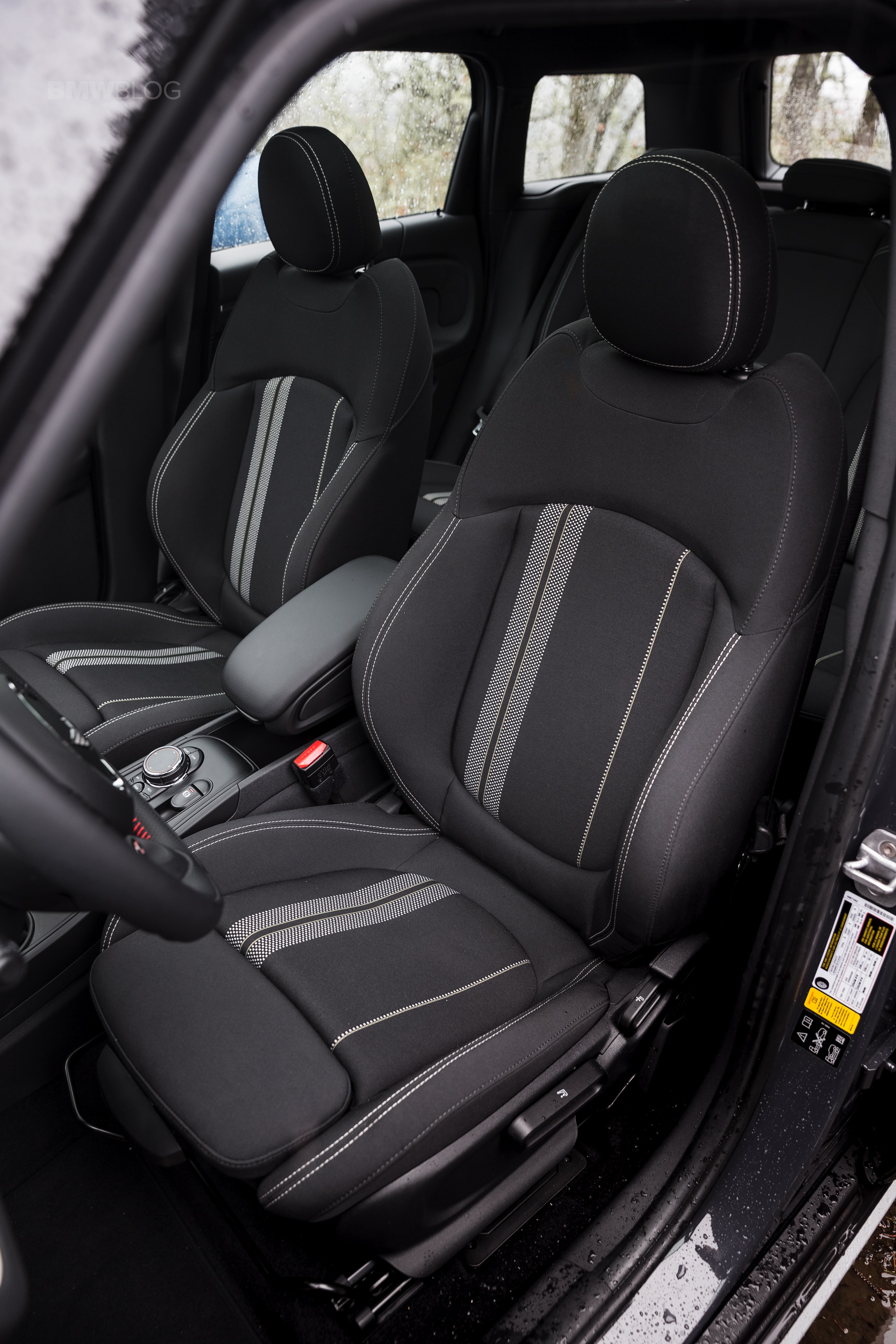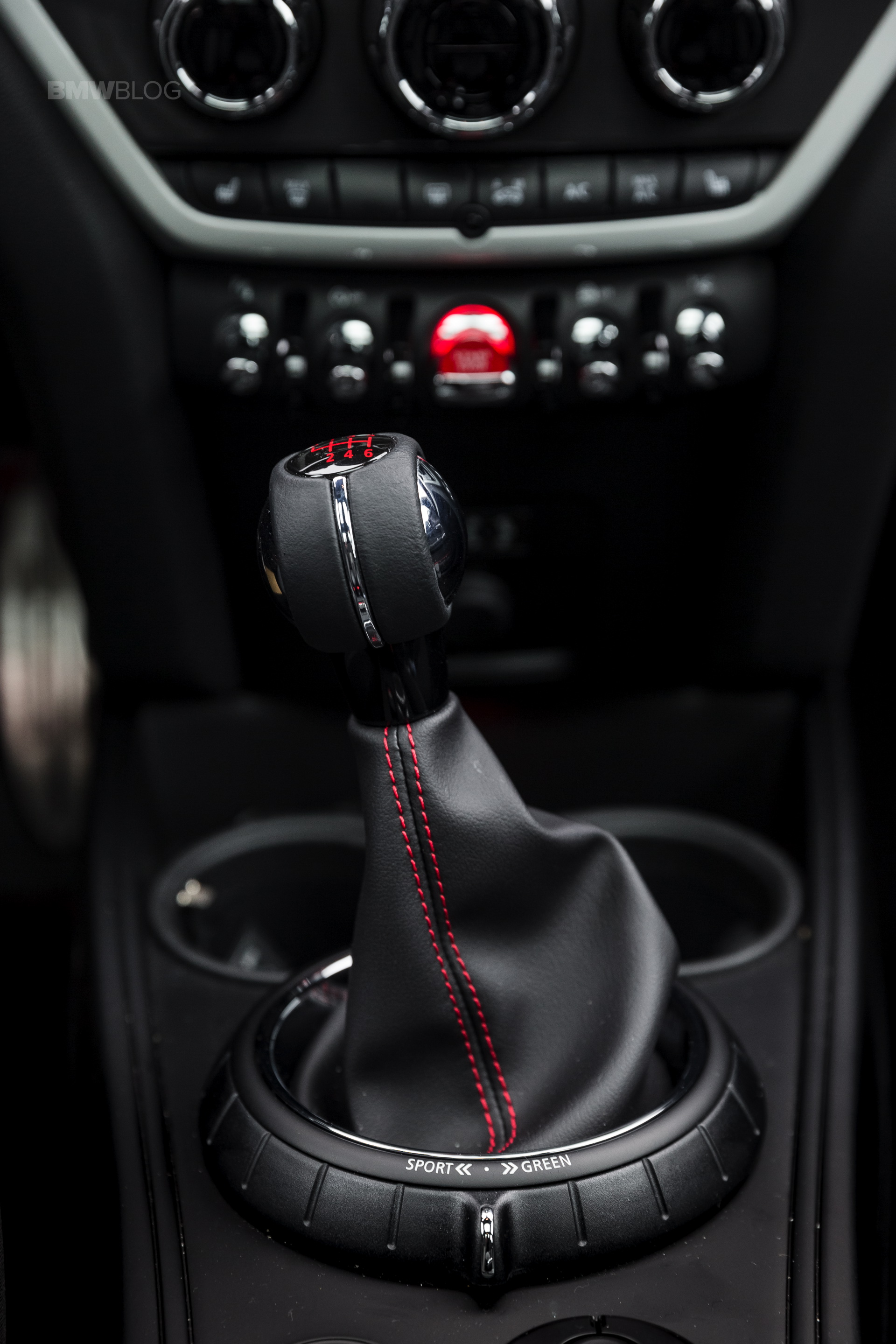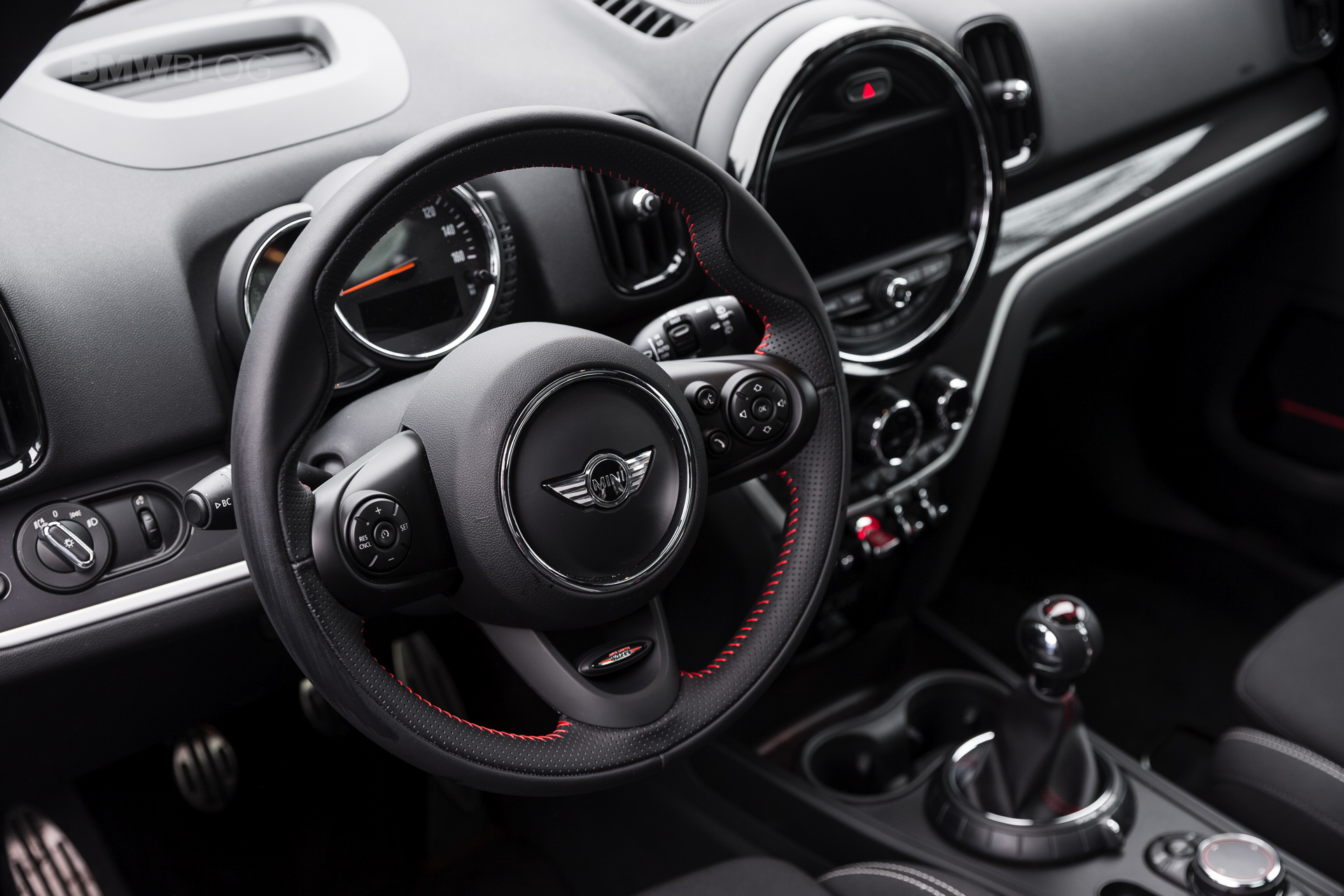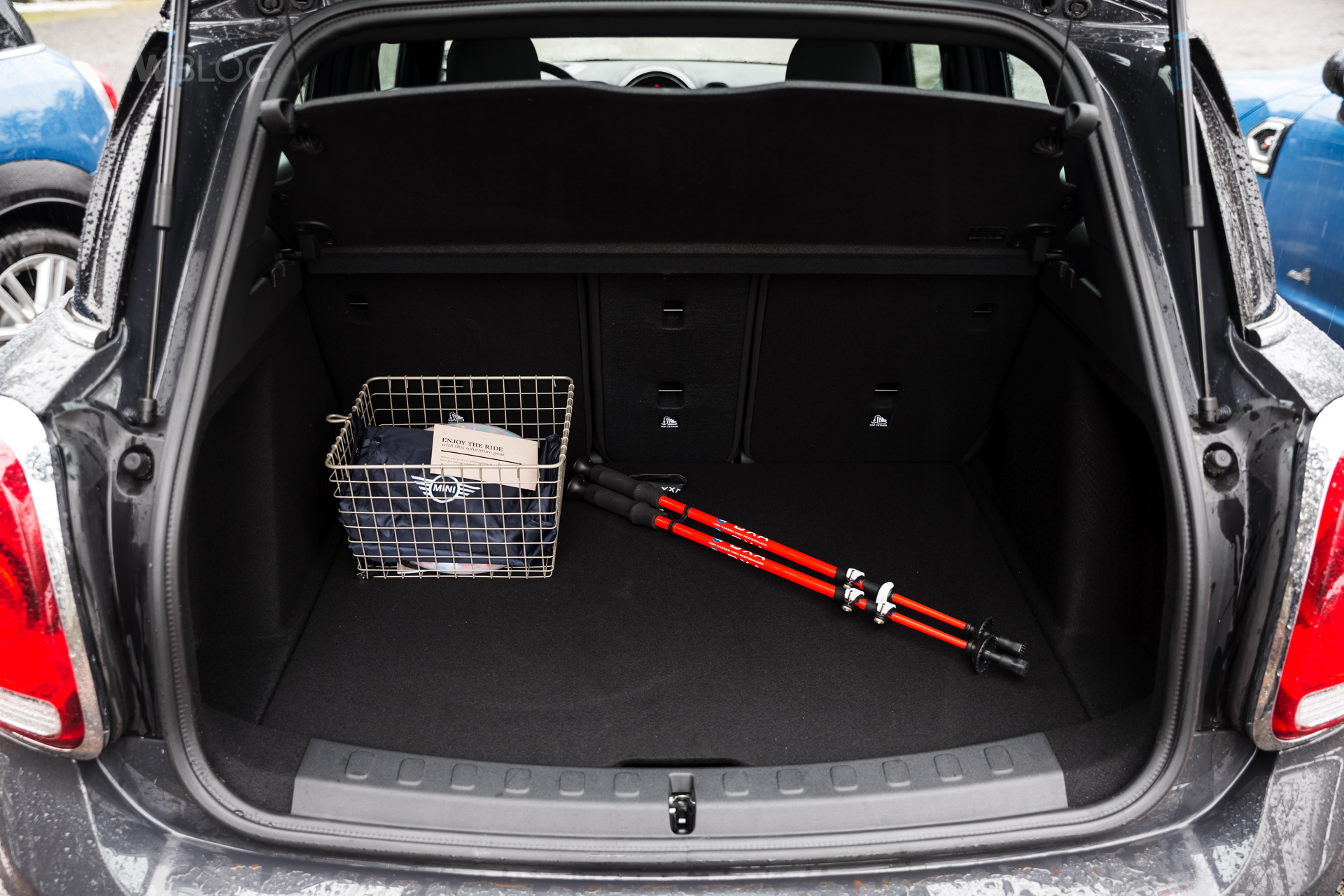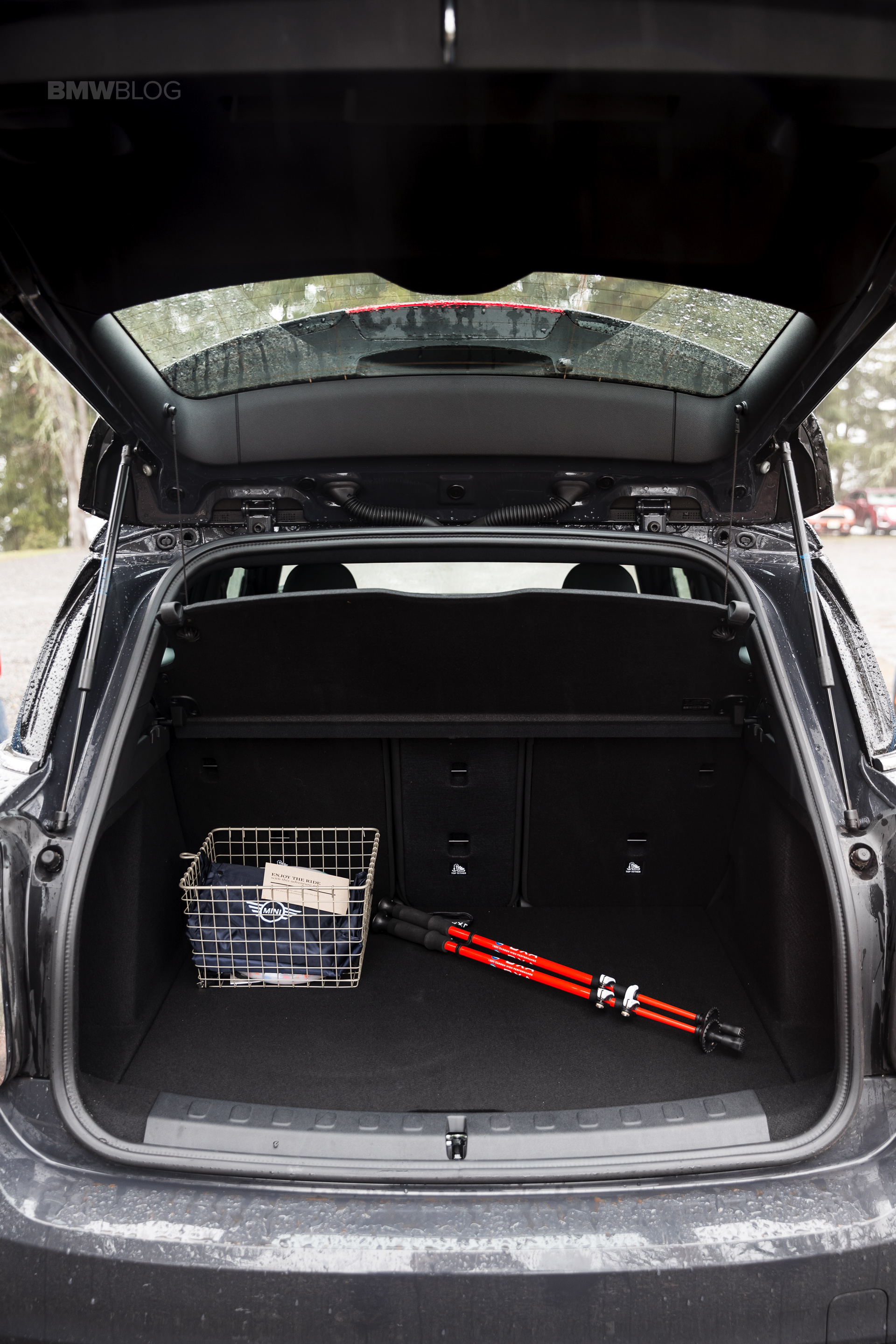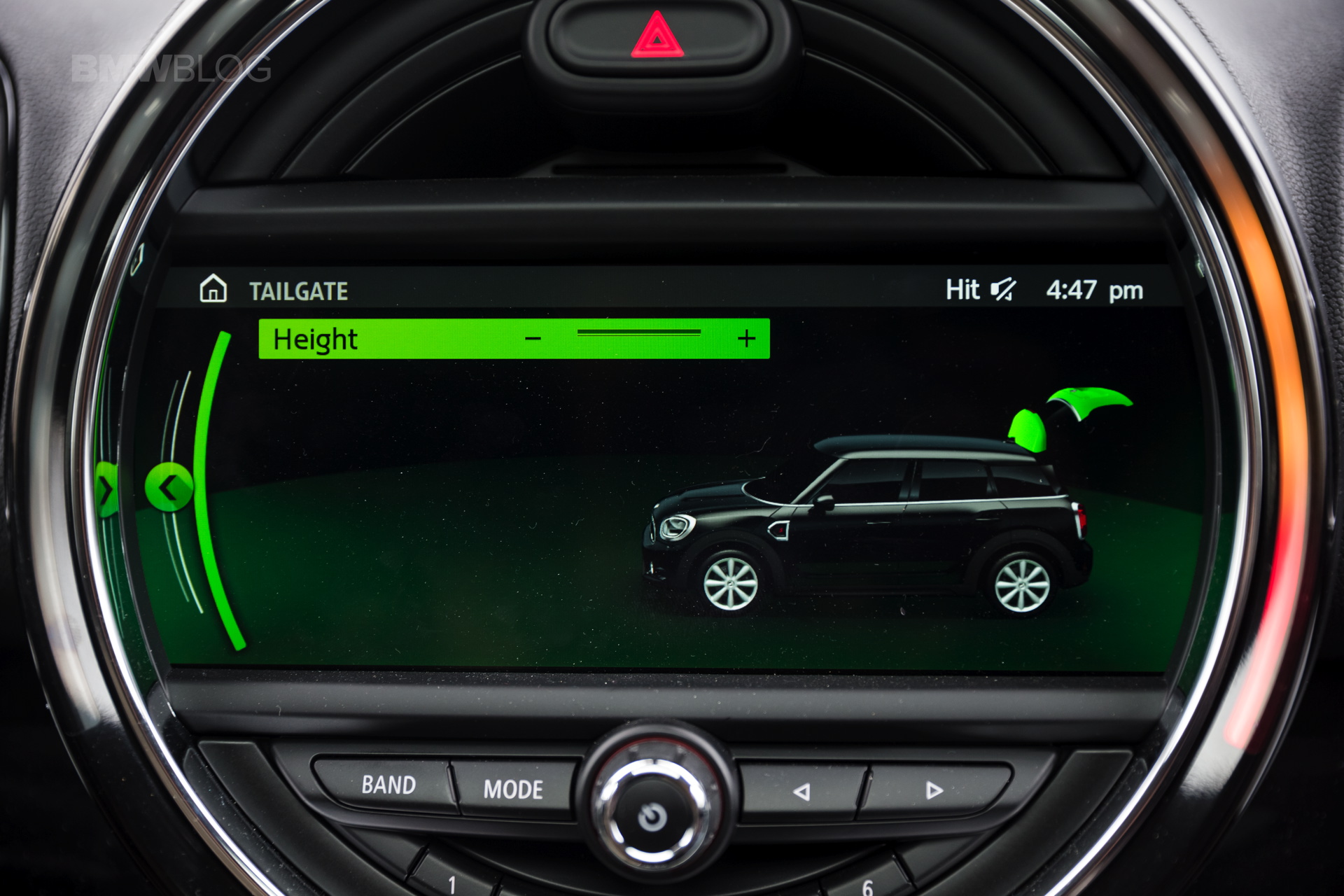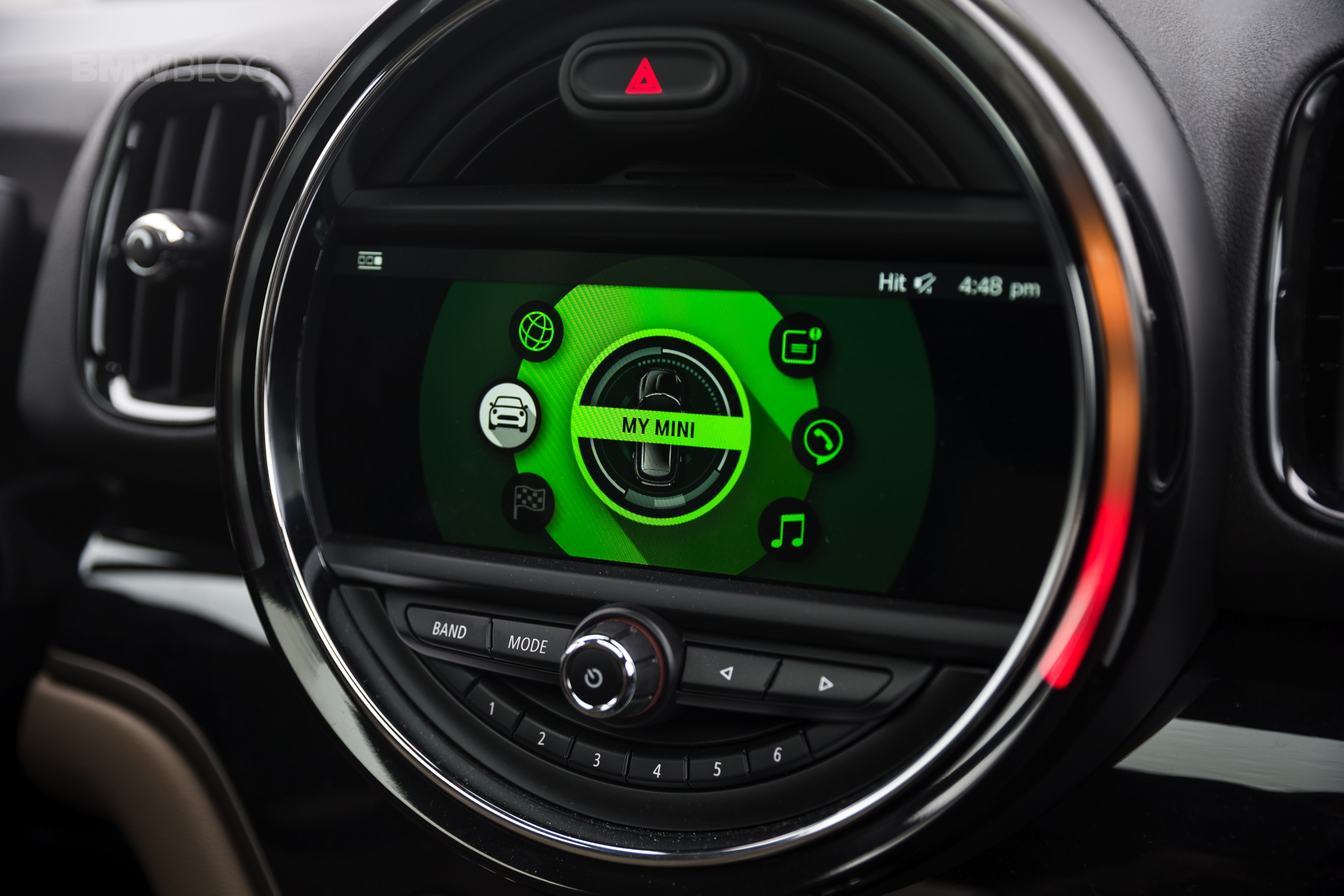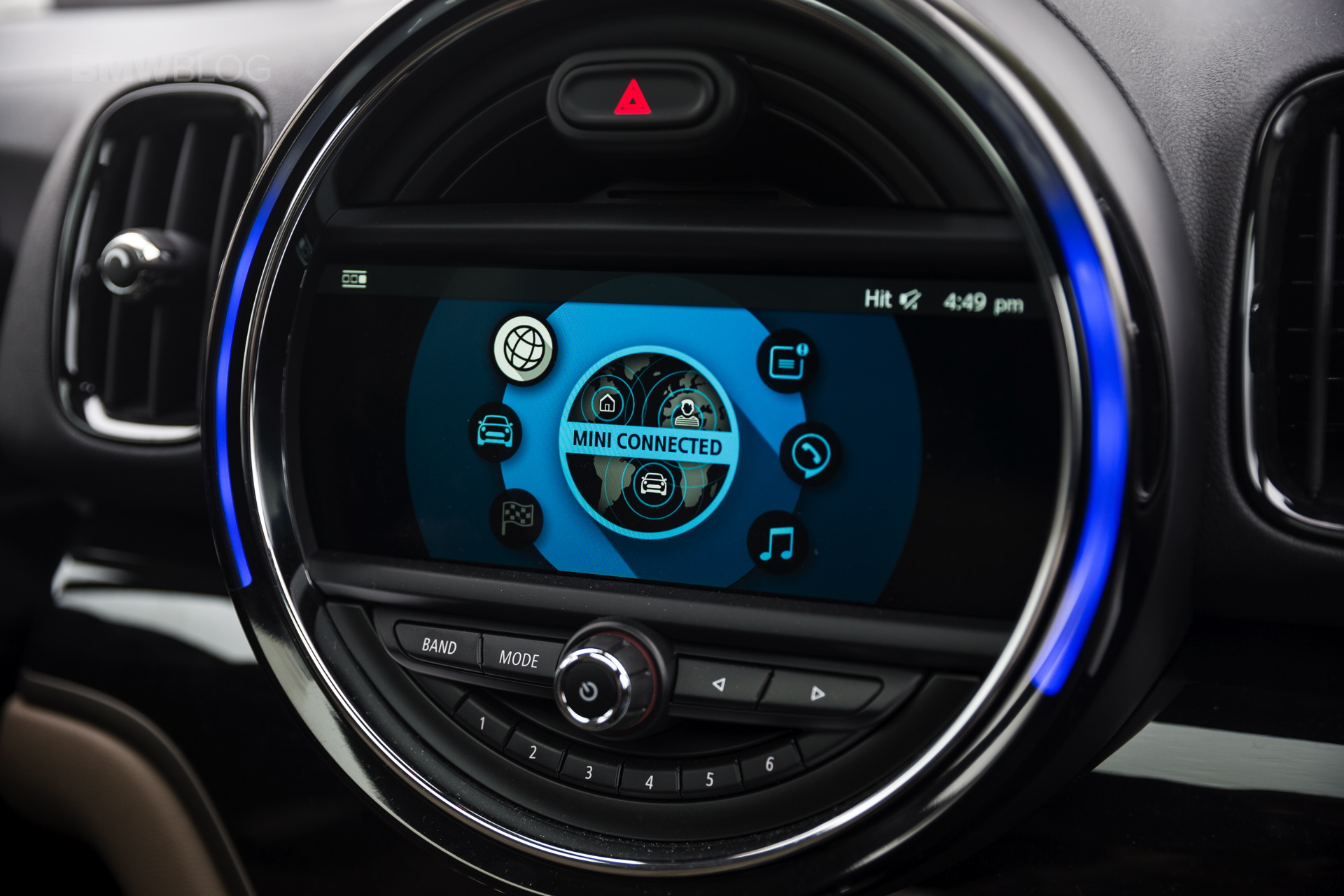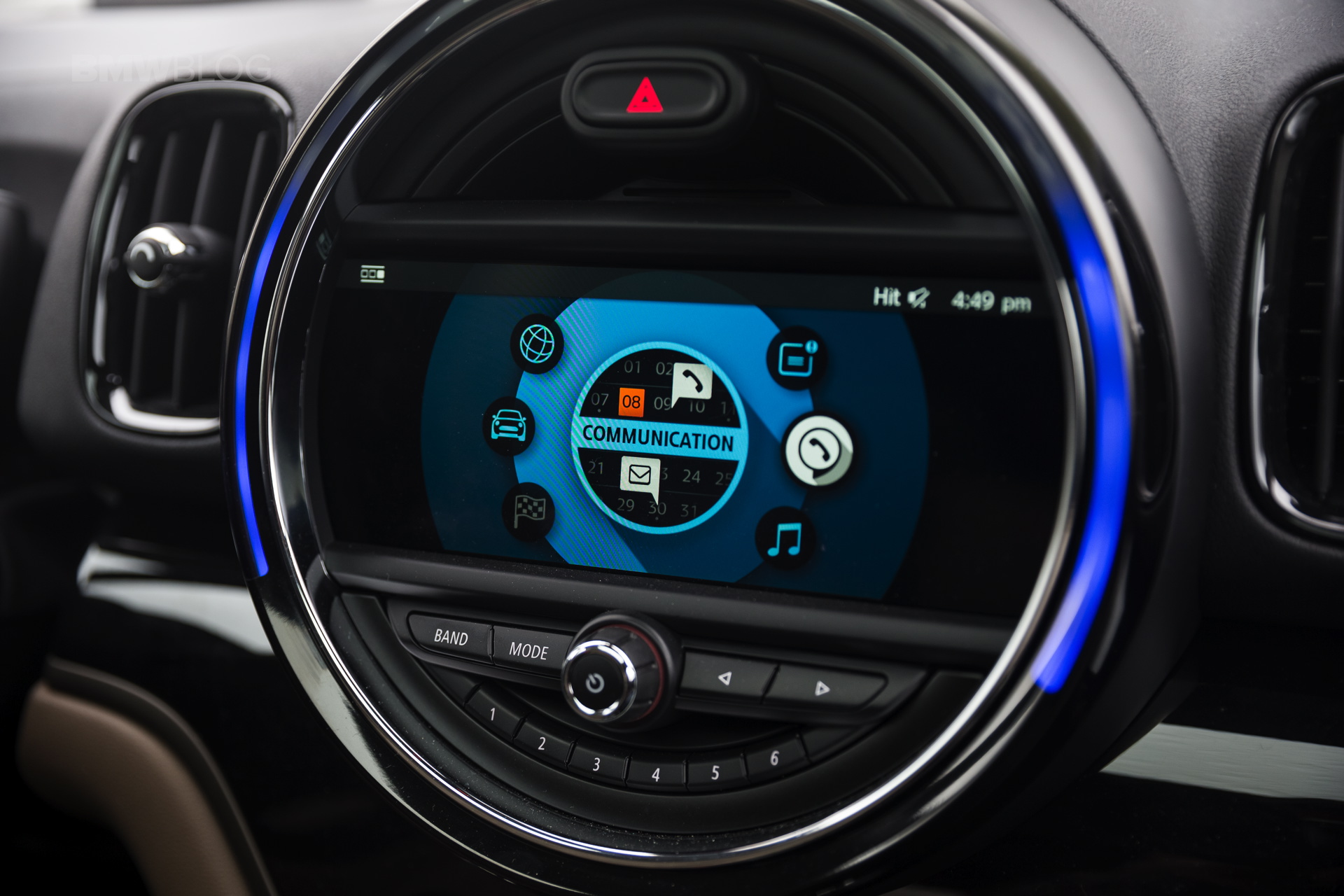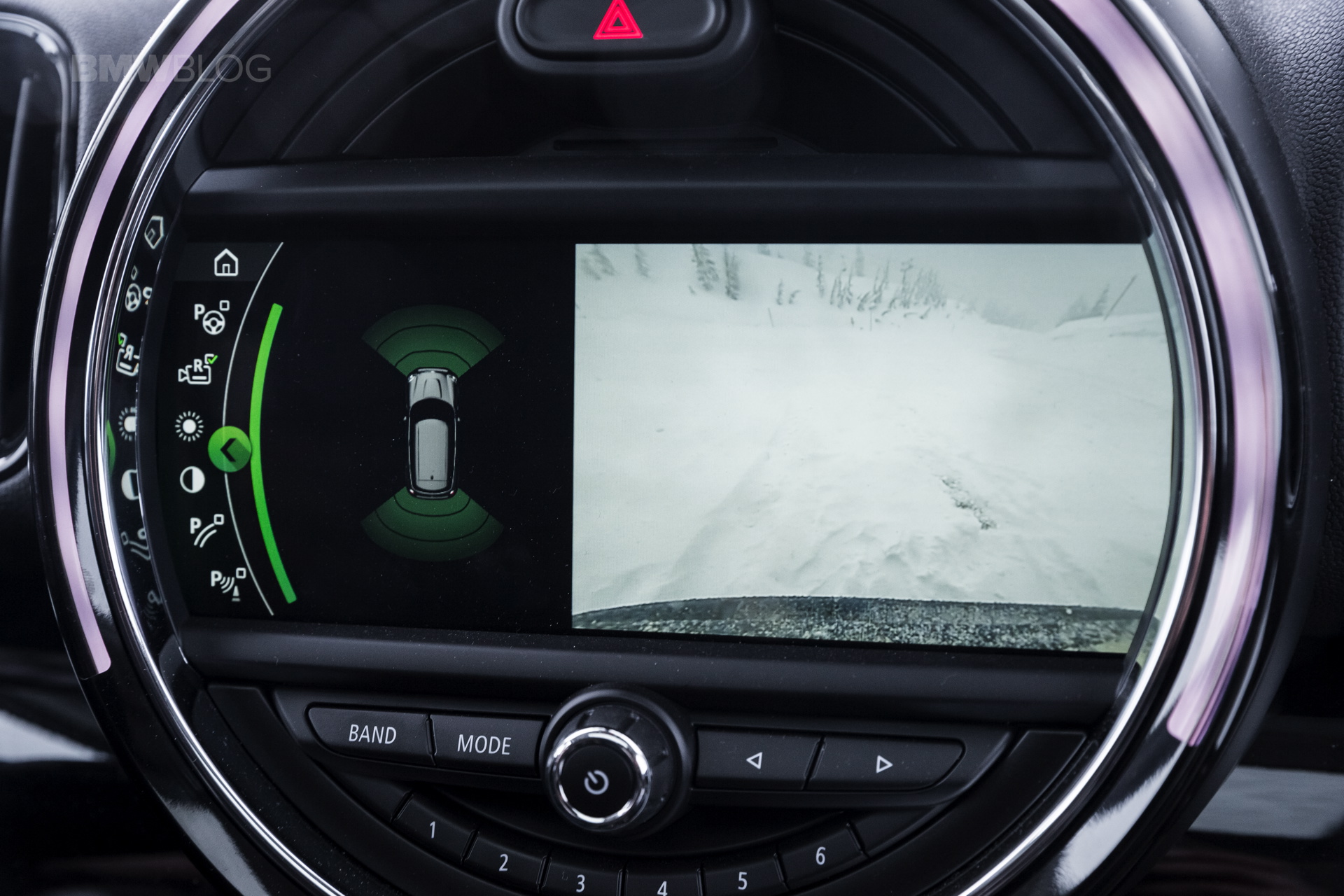Now officially the largest MINI yet, the Countryman is the brand’s second attempt at an SUV. With the new F60 Countryman, MINI aims to position the premium compact SUV as the main method of transport for couples and young, small, families.
Compared to its predecessor, the new Countryman is larger, has more standard equipment and a new series of highly efficient powertrains. MINI has learned quite a lot from the demands of its customers, and addressed them in the second generation of their first-ever SUV. The previous model lacked a reversing camera, front parking sensors, rear air bags and back seat air vents – all standard now – along with the navigation system, a powered tailgate and climate control.
THE DESIGN
The first-generation Countryman was, somewhat, awkward. It was frumpy, ungainly and seemed a bit sloppy. It was too tall and had almost no body lines to speak of or interesting dynamic lines. The new one, however, is much more attractive and has a far more rugged character that’s both more masculine and muscular. It’s a far more interesting looking car than the previous model. The headlights, now somewhat squarish, look far better, as does the new grill and lower front fascia. The dome in the hood looks cool, too.
The biggest change comes in back wit the taillights taking a similar approach to design as those found on the MINI hatchbacks.
In profile, the new F60-gen Countryman has the appearance of being lower, without actually being lower, and has more interesting body lines. The more pronounced dip in the roofline over the rear-quarter window looks cool and the new fender vent is much better looking.
The interior is far better done this time around, with a ton of extra space, for both front and rear passengers, while also improving on ergonomics and luxuries. There’s been some genuine thought put into the design of this cabin, with pragmatism trumping design (for the most part). There are still some strange MINI design quirks, but they’re kept more at a minimum than in any other MINI.
While in the past pundits cringed at the combination of MINI and premium in the same sentence, now things have changed. For the best. The interior materials are certainly of higher quality than before, the finishes could be classified as premium and the plethora of tech inside justifies the price increase.
The typical MINI elements are all here – multifunction gauge cluster in front of the driver, a large multimedia system in the center console and the beautifully crafted toggle-style switches. Oh, and the screen is actually now touch-sensitive, if the option is chosen. A nice touch by MINI – no pun intended.
Based on BMW’s UKL architecture, the new MINI Countryman measures 7.8 inches longer than the outgoing model, a full inch wider and its wheelbase has grown 2.9 inches. This increase in size has dramatically increased interior passenger and cargo space as well as now offering five fully-fledged seats. The seating position is also higher, now, offering a more SUV-like seating height to aid in outward visibility. In the rear, the seats can slide longitudinally, fore and aft, by up to five inches. The rear seatbacks can recline and also fold flat, with a 40:20:40 split.
Even for someone that’s quite tall – 6″3 – the headroom was never an issue, even with the standard panoramic moonroof. Knee space is also sufficient, as well as the width of the seats. In the back, the larger dimensions are immediately obvious. Compared to the first Countryman, the updated version is knee-friendly to those riding in the back, while the seat configuration and setup allows for reclining and split-folding.
DRIVETRAIN ARCHITECTURE
The Countryman rides on the UKL front-wheel drive architecture shared with the MINI Clubman and BMW X1. All three versatile models offer the same choice of 3- and 4-cylinder turbocharged engines, with the caveat that the only the European model of the X1 gets the three-cylinder unit.
Power is rated at 134 and 189 horsepower here in base and Countryman S configurations, and there’s a choice of front- or all-wheel drive. The power is sent to the two or four-wheels via a six-speed manual (standard), a six-speed automatic and an eight-speed automatic gearbox.
A high-performance John Cooper Works model arrives in April, and a plug-in hybrid will arrive in June.
In the higher-spec MINI Cooper S Countryman will be the B48 2.0 liter turbocharged four-cylinder engine, making 189 hp and 207 lb-ft of torque.
The fastest model available is the MINI Cooper S Countryman ALL4 with the eight-speed auto, doing 0-60 mph in 7 seconds flat. That makes the other models quite slow, but MINIs have never been about pure speed, anyway.
DRIVING EXPERIENCE
If you’ve been in the new BMW X1 recently, then you’d know that despite the abomination of front-wheel drive – as some BMW fans call it – the driving experience is quite spectacular. While BMW and MINI will claim that every single MINI is a go-kart (it even depicts a go-kart on the iDrive screen when Dynamic Mode is enabled), this is not your typical MINI.
And luckily, we’ve not only had the chance to test the new Countryman on some curvy and fun roads, but also through a major snowstorm in Mount Hood. On our way from Portland, Oregon to Mount Hood, the Countryman had the chance to prove itself and to do so, we opted for the Countryman S configuration with the eight-speed automatic.
The Countryman S with its extra 45 pound-feet of torque and additional 55 horses is much stronger across the rev ragne than the three-cylinder unit we sampled on the return portion of our trip. The Aisin 8-speed transmission is not only smooth, but also quick to shift, either when operated through the shift-paddles on the steering wheel or on its own.
The Cooper S ALL4 Countryman automatic zipped along the wet and curvy roads of Oregon and Washington state, and it delivered exactly that MINI experience we’ve all become accustomed to. Thanks to its different driving modes, the ride experience behind the wheel can be changed at a touch of a button, or in this case, a flick of a rotatory selector. The Sport Mode rewards you – as always – with a sharper throttle response, a heavier steering and stiffer suspensions. The acceleration is more immediate, the Countryman becomes more fun and agile, and the road ahead of you becomes easier to conquer. Despite its size – in the end, this is still an SUV – the Countryman is just as tossable into corners as the smaller Clubman and hatchback.
One thing that’s noticeable though is the front-drive bias with a bit more understeer that we’d like, but then again, this is something that’s expected from the new drive architecture.
But the real fun part has yet to be experienced. On top of Mt. Hood, winter conditions were in full action; the perfect situation to test the ALL4 all-wheel drive system on icy and snowy roads. Five to six feet snow banks surrounding us, curvy roads ahead and a new Countryman with all-season tires – what more can we ask for during a test drive? Cruising at speeds of around 30-45mph, the Countryman took the snow and difficult winter conditions like a champ. Despite running on all-seasons – we always recommend winter tires for those situations – the crossover inspired confidence and the ALL4 easily corrected any drifts and wheel spin. Some of the most adventurous journalists found an empty parking lot where traction control was immediately removed and fun instantly begun.
The base Countryman Cooper starts at $26,950, including the $850 destination fee, the ALL4 adds about $2,000 to the sticker. The Cooper S model sells for $29,950 and $31,950 for the ALL4. With a long options list, the price can easily jump in the $40,000 range.
CONCLUSION
The 2017 MINI Countryman is now a proper SUV, rathe than an oversized hatchback. It’s without a doubt the most practical MINI today, fun to drive, refined and premium. And in our opinion, it continues to play in a segment of its own.
And best of all, it still feels, looks and handles like a MINI.


